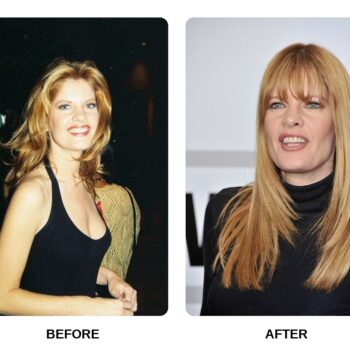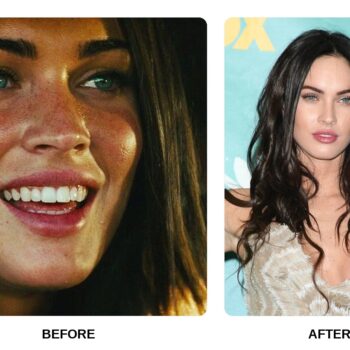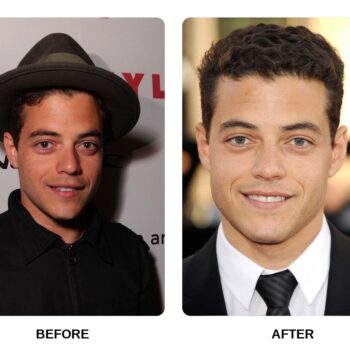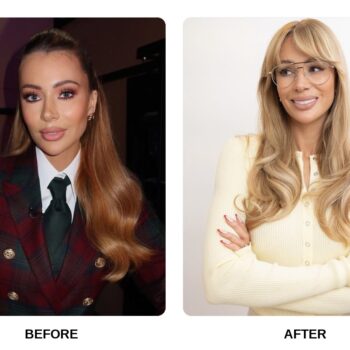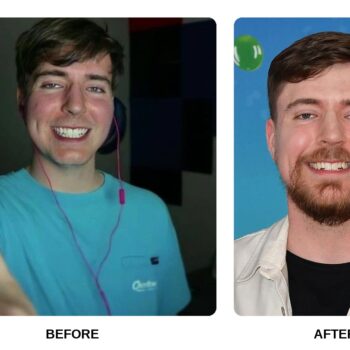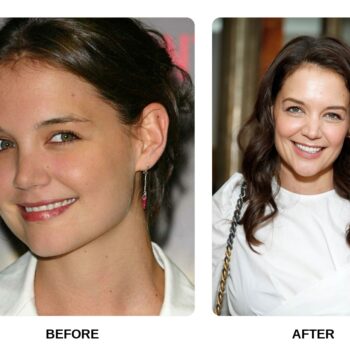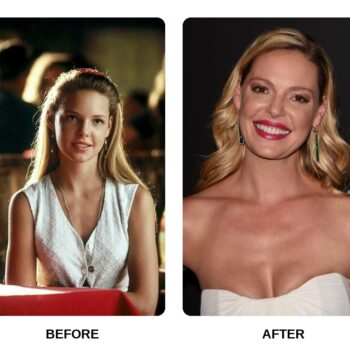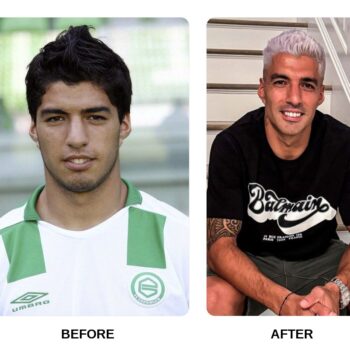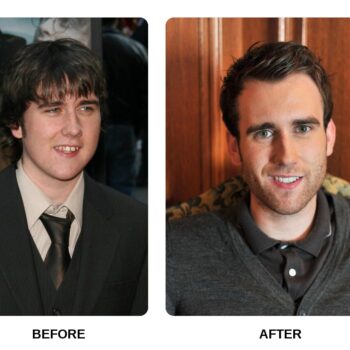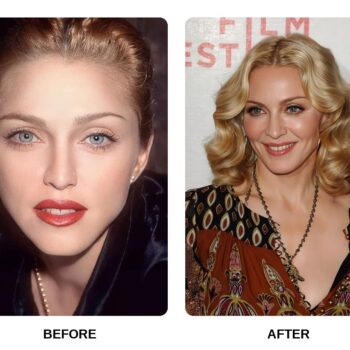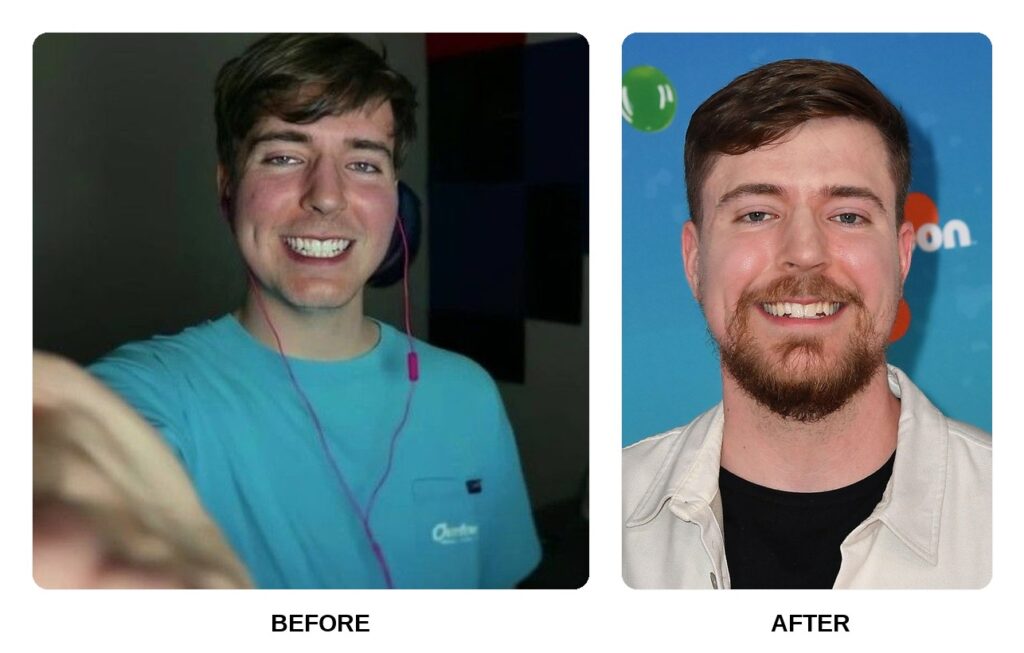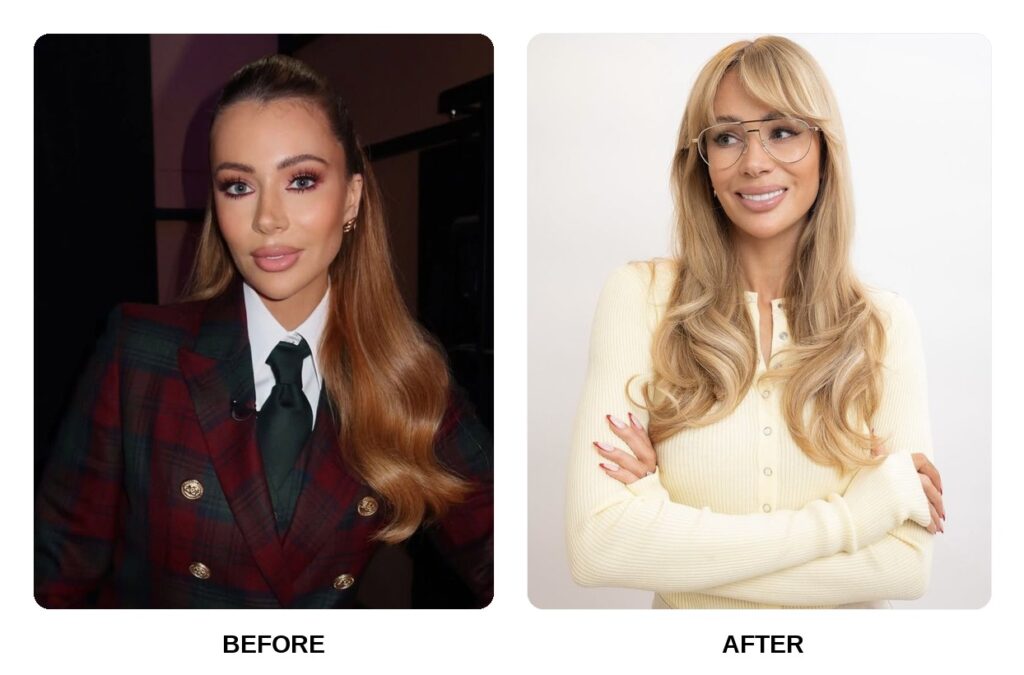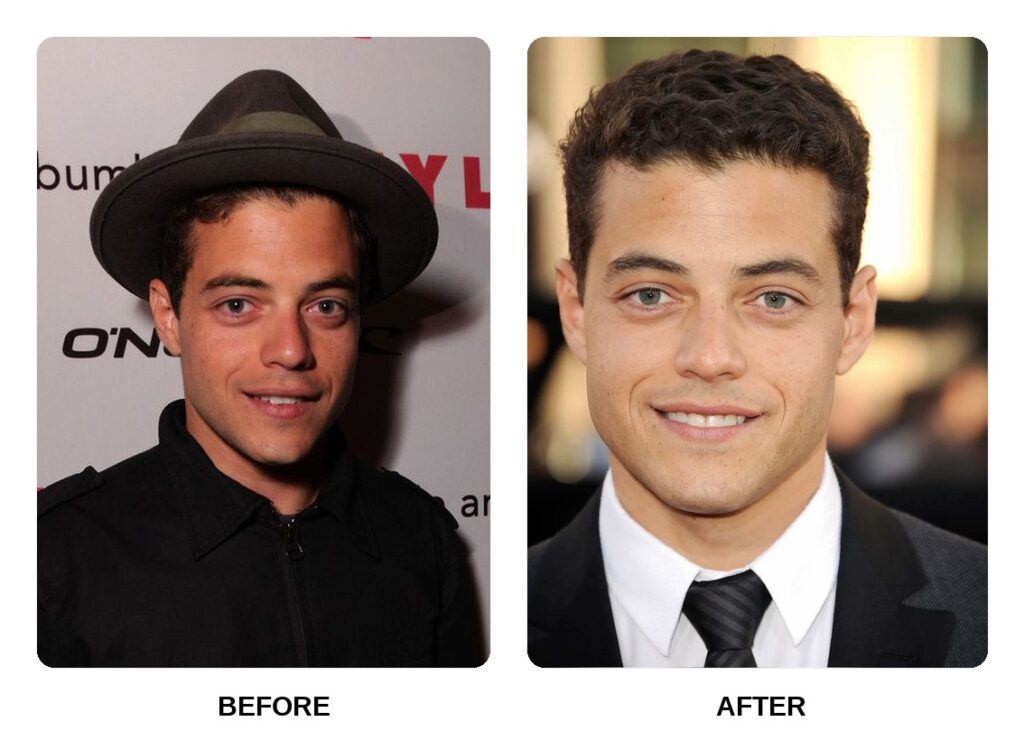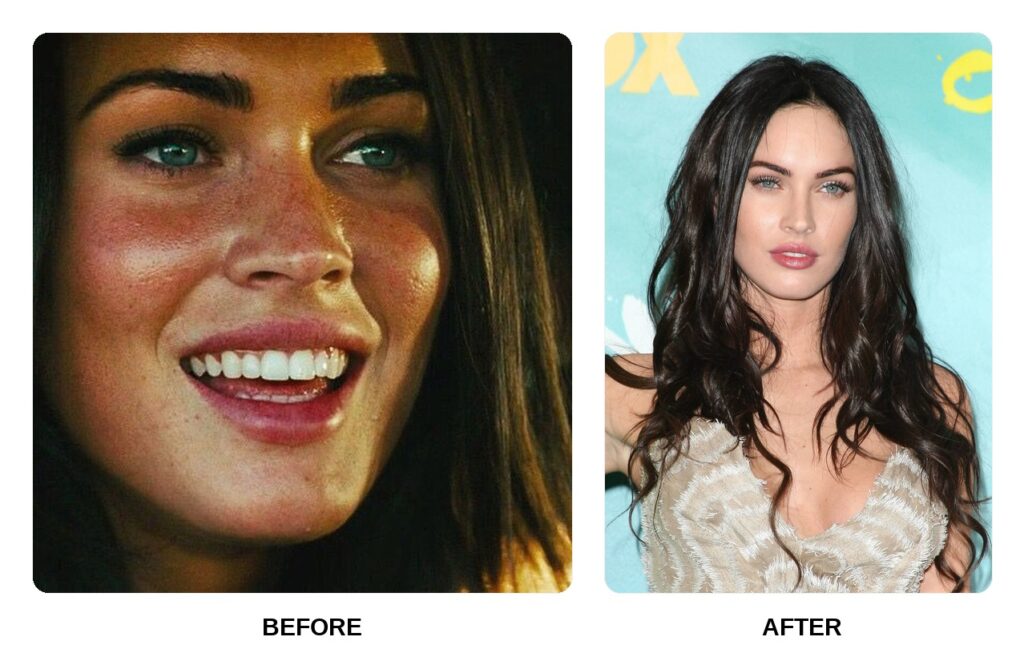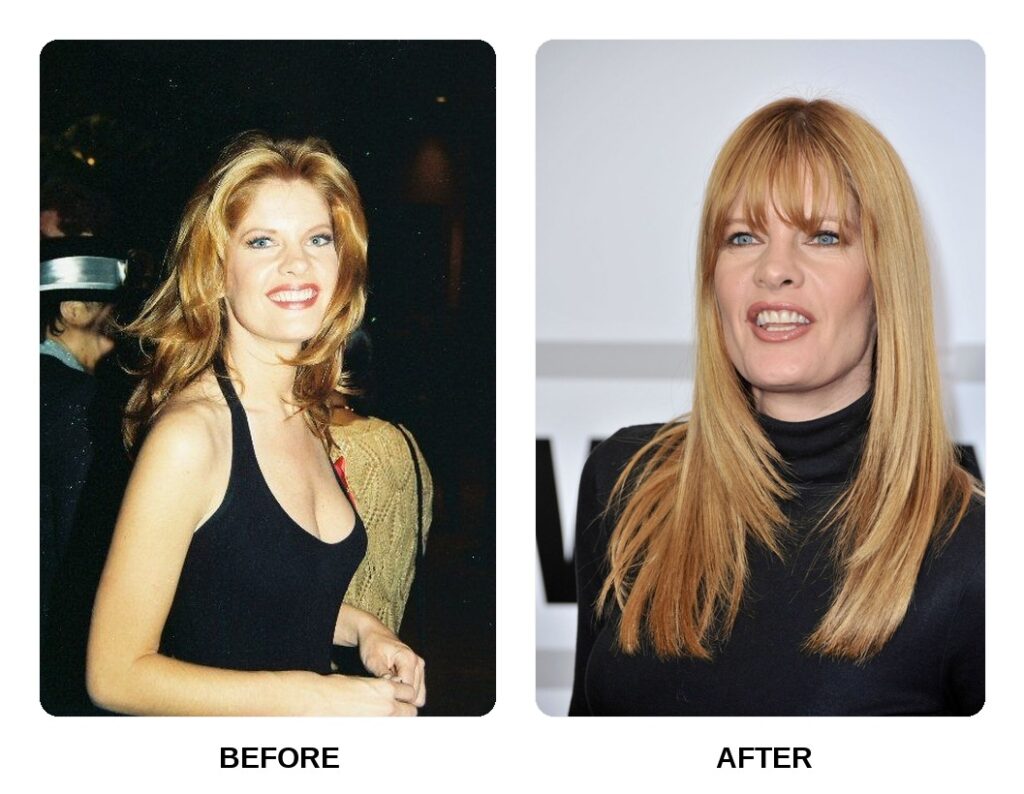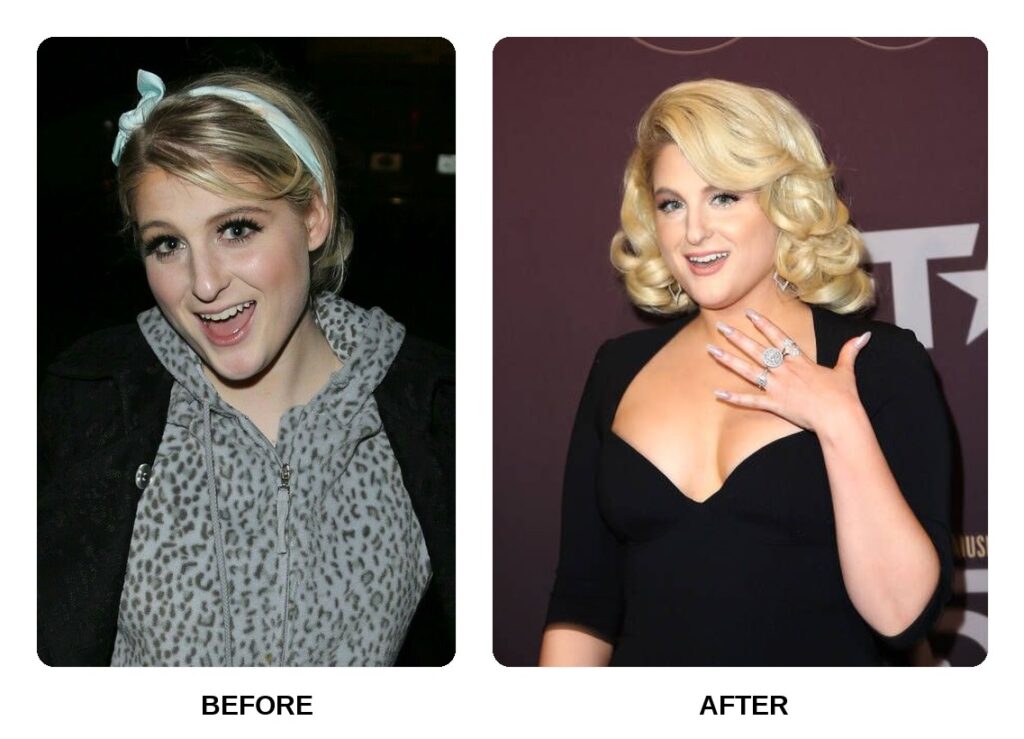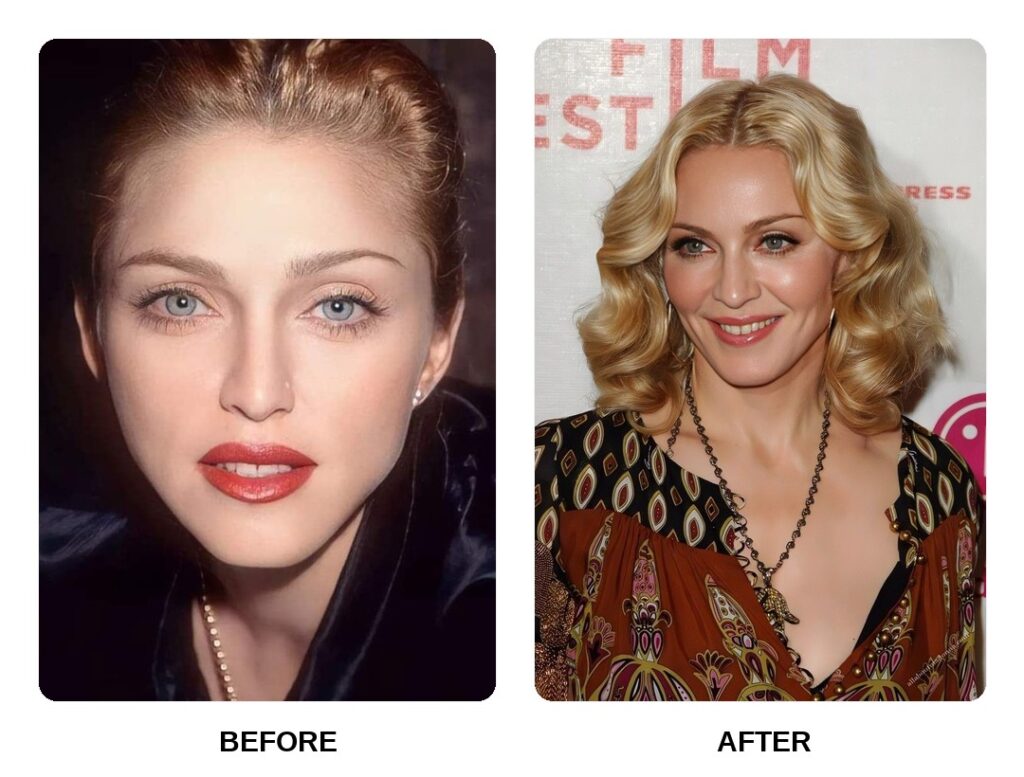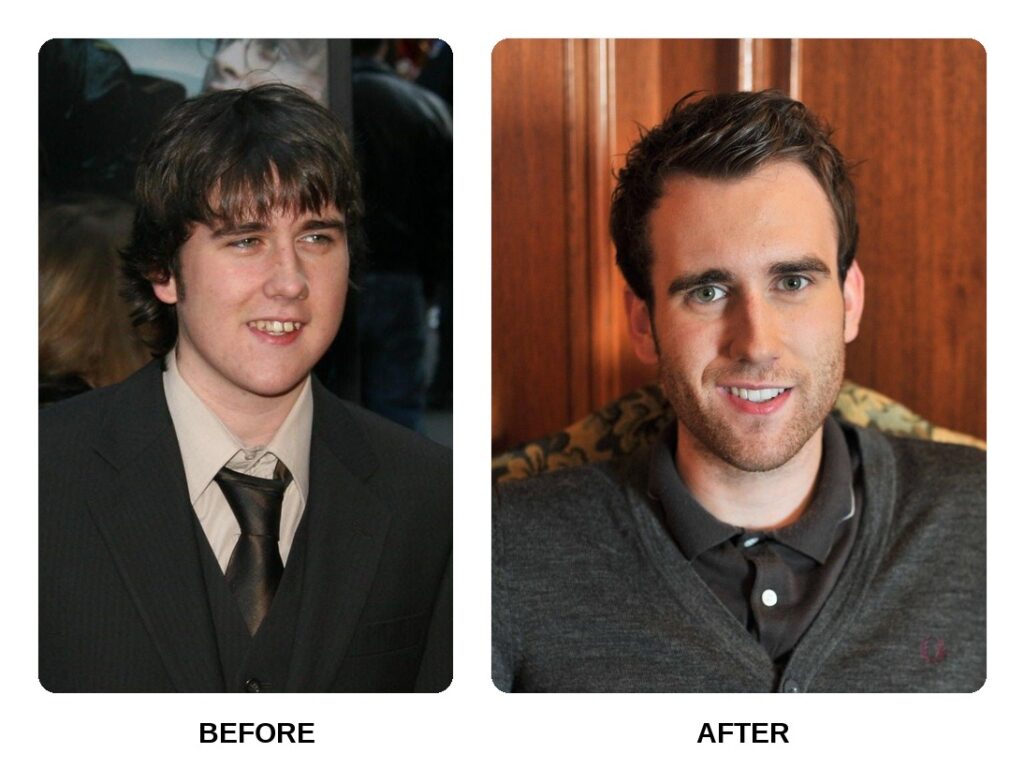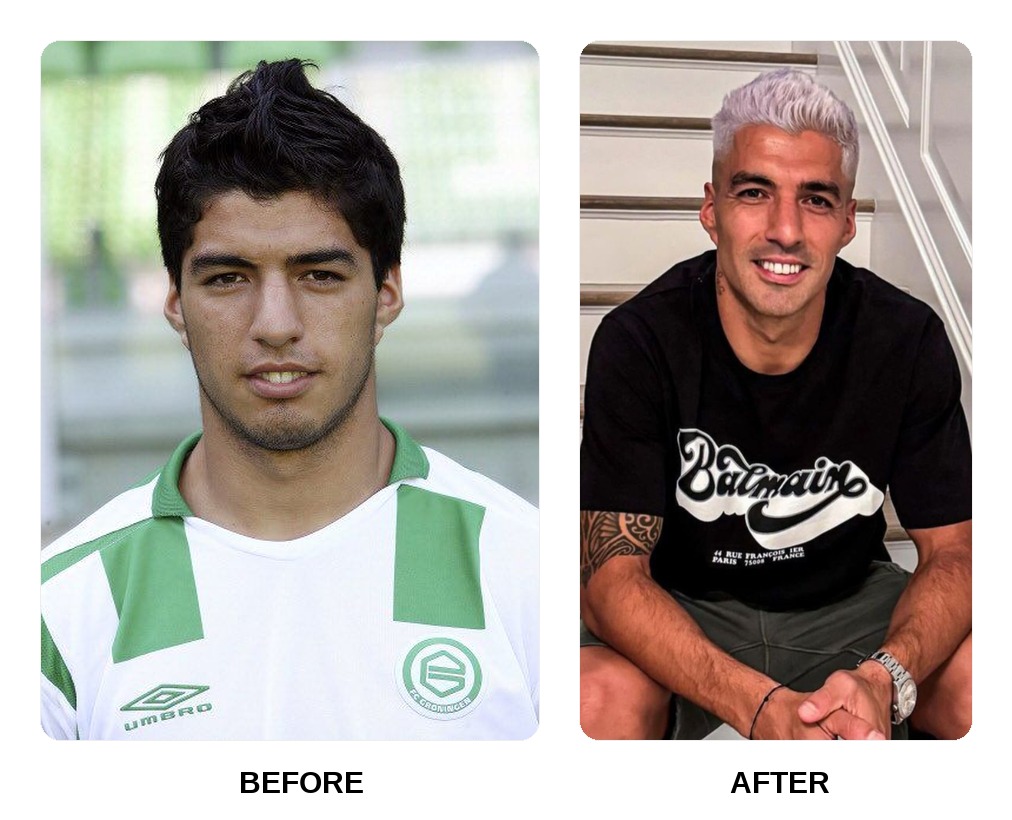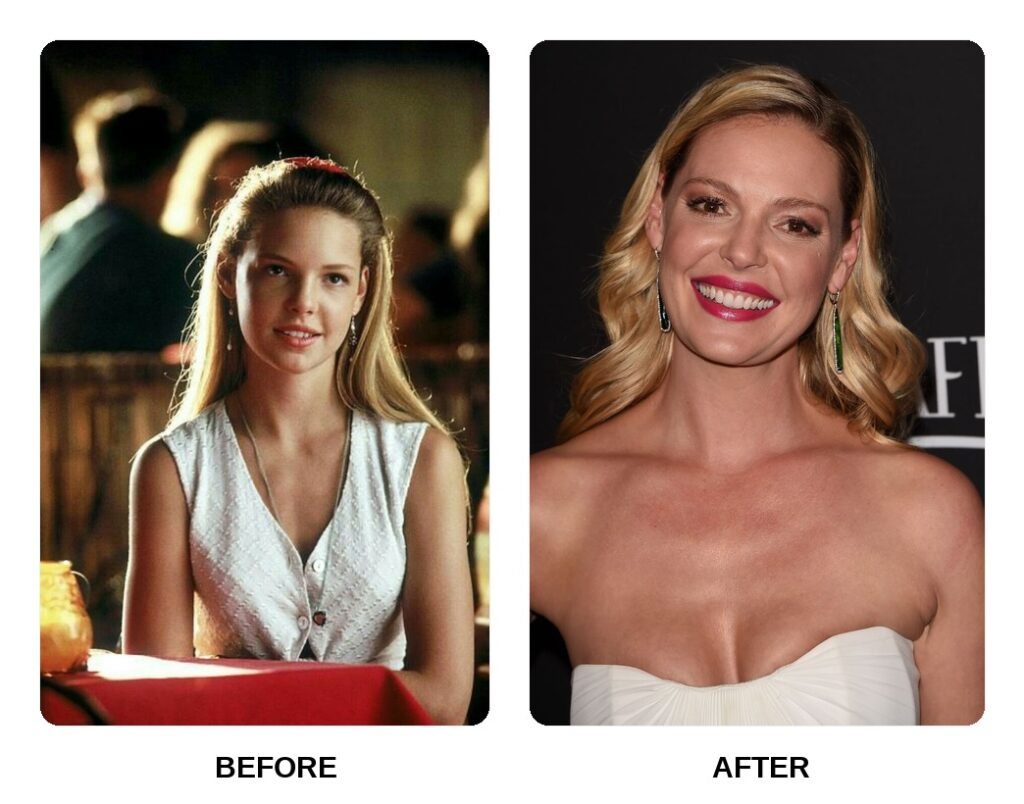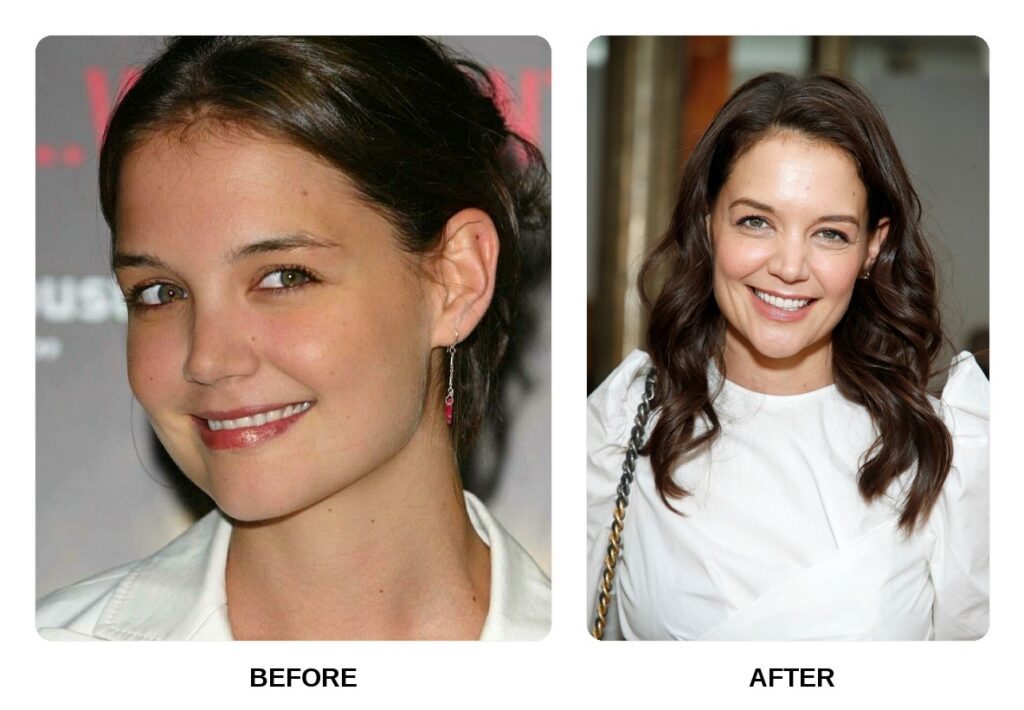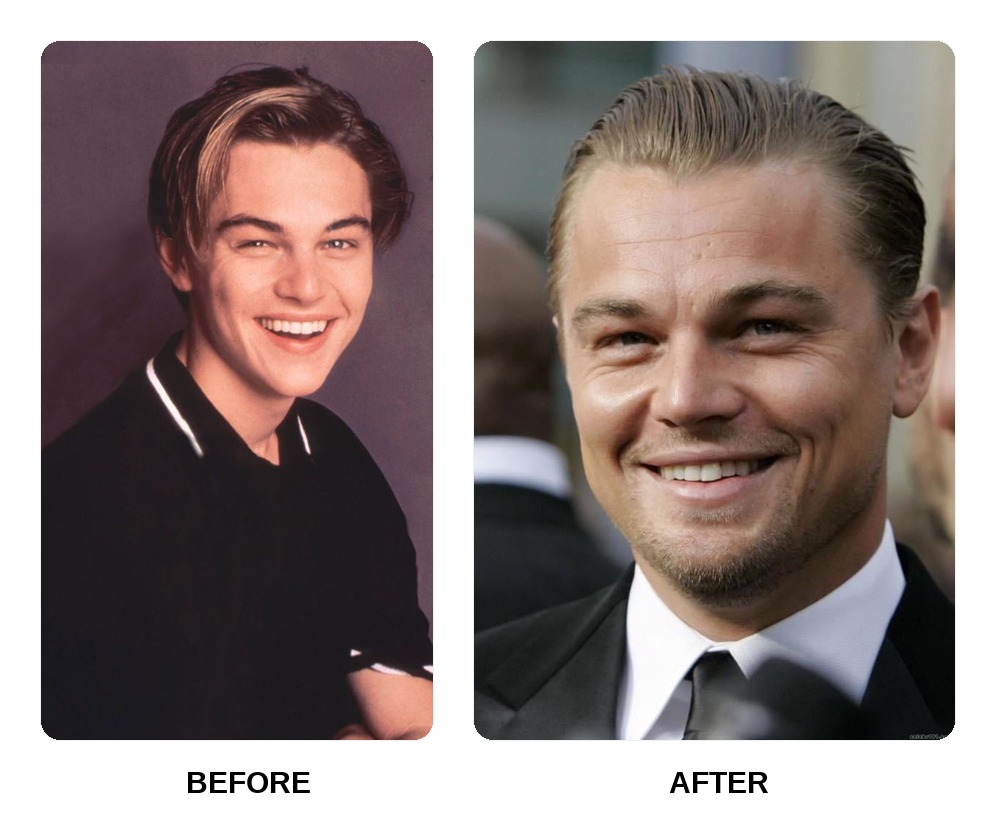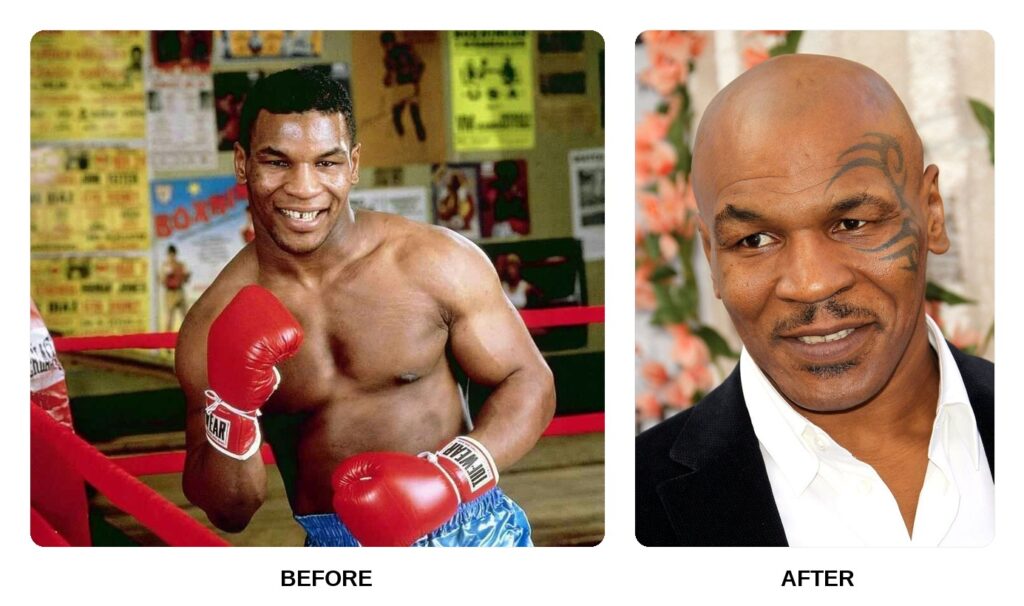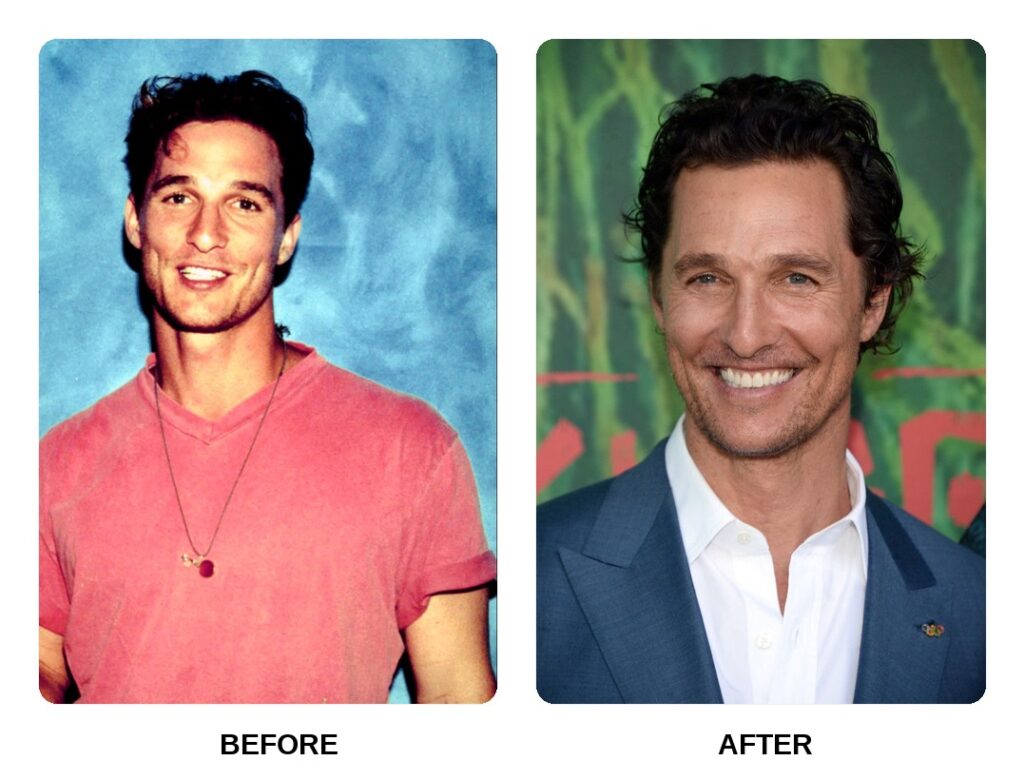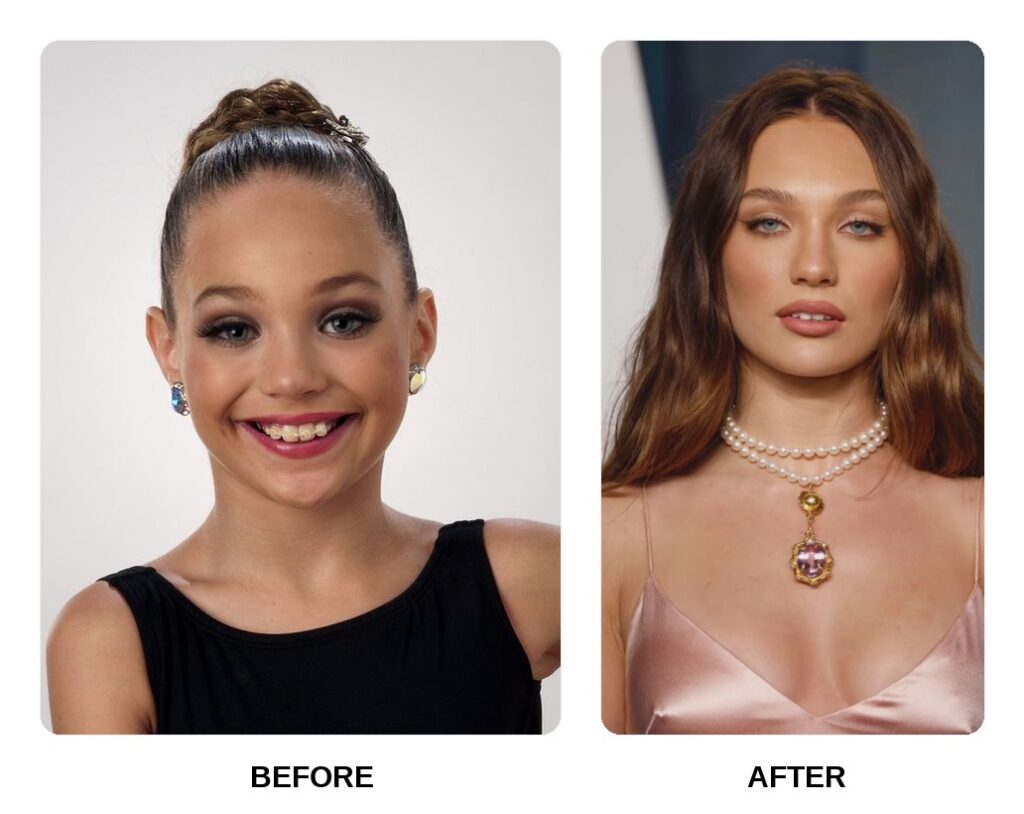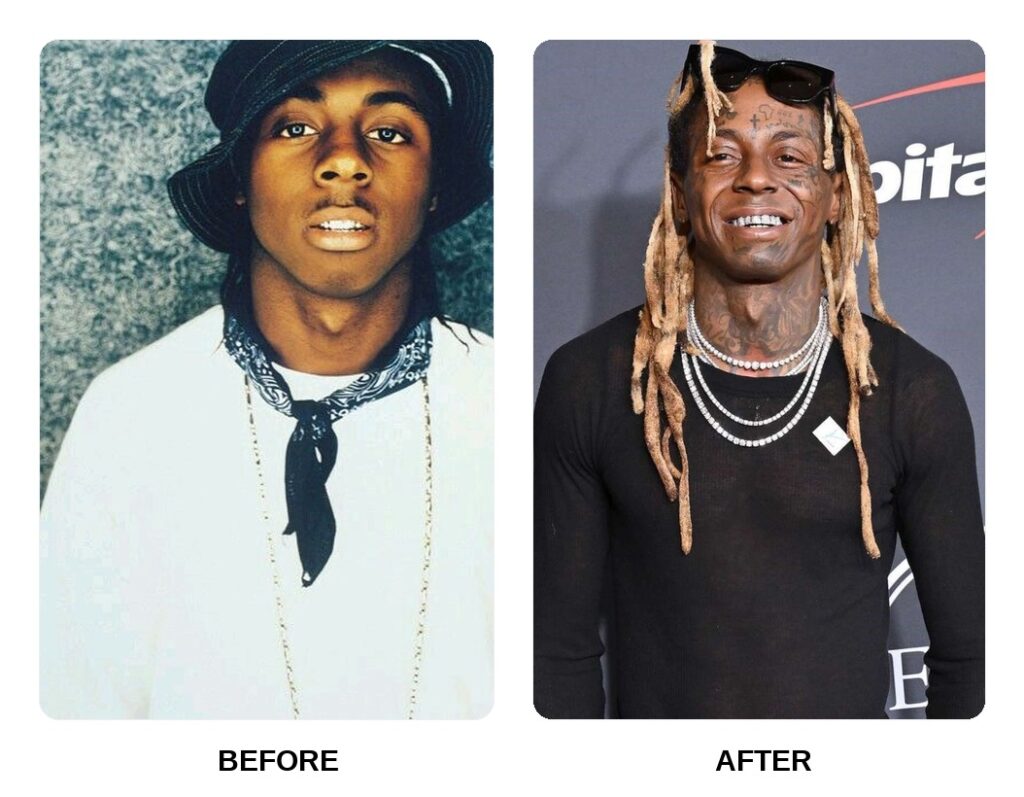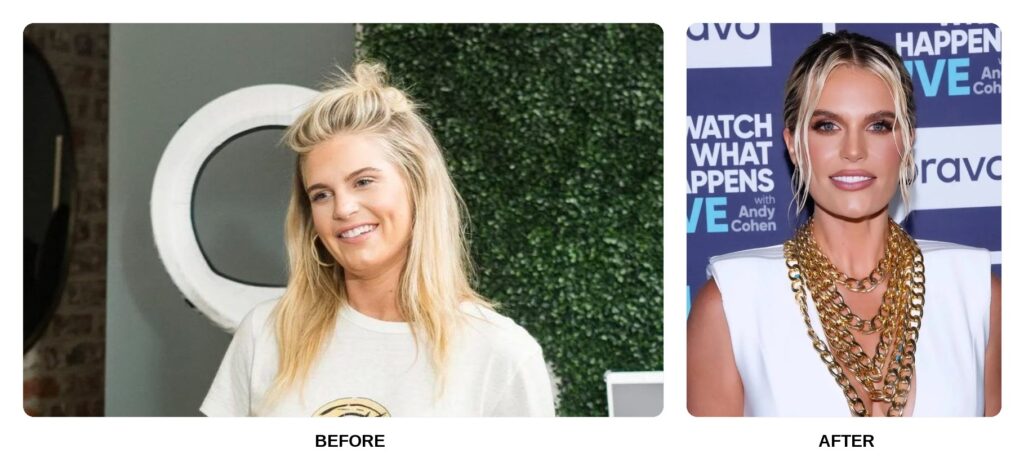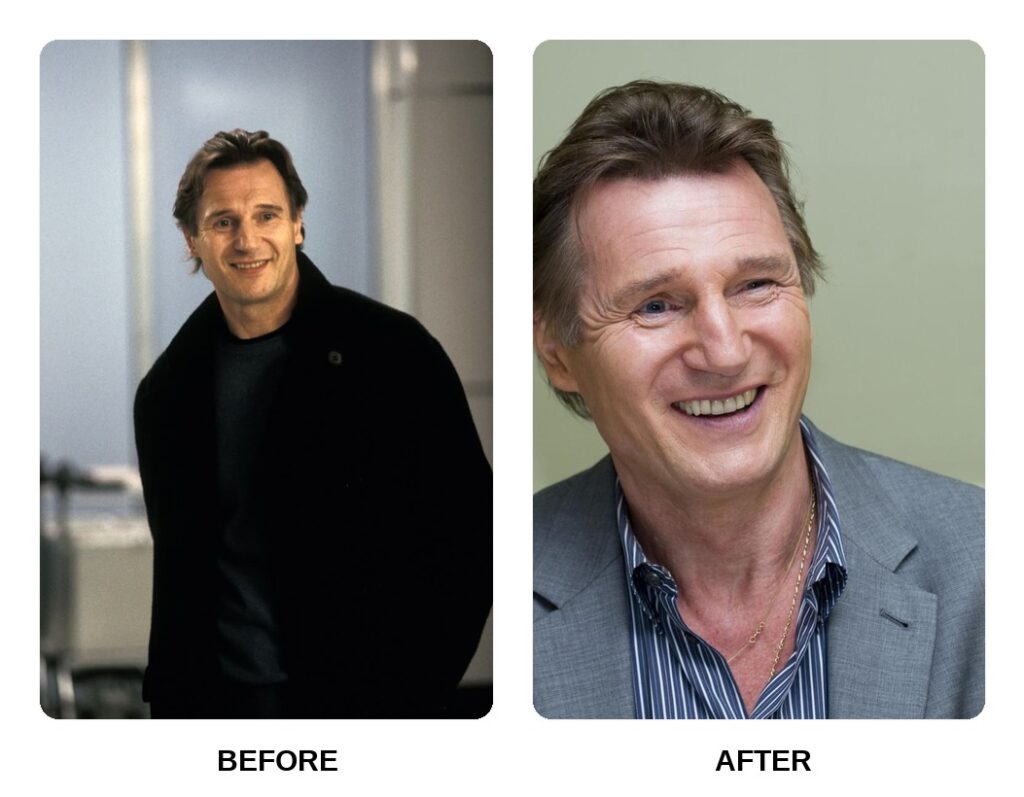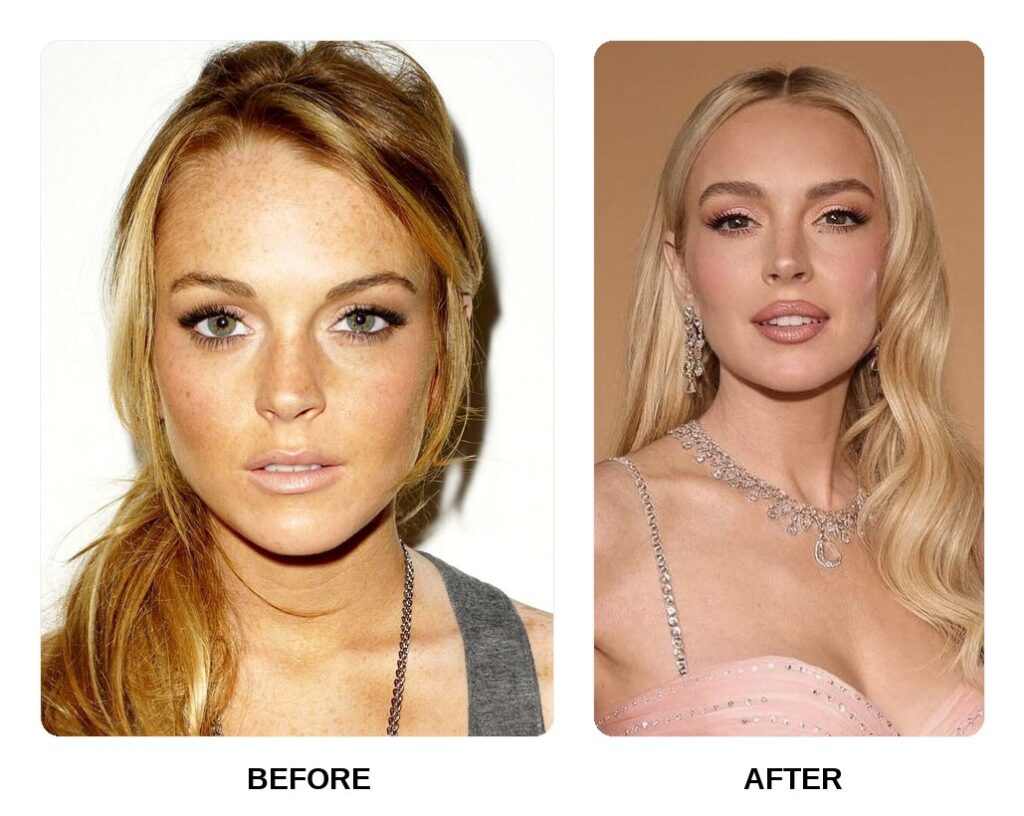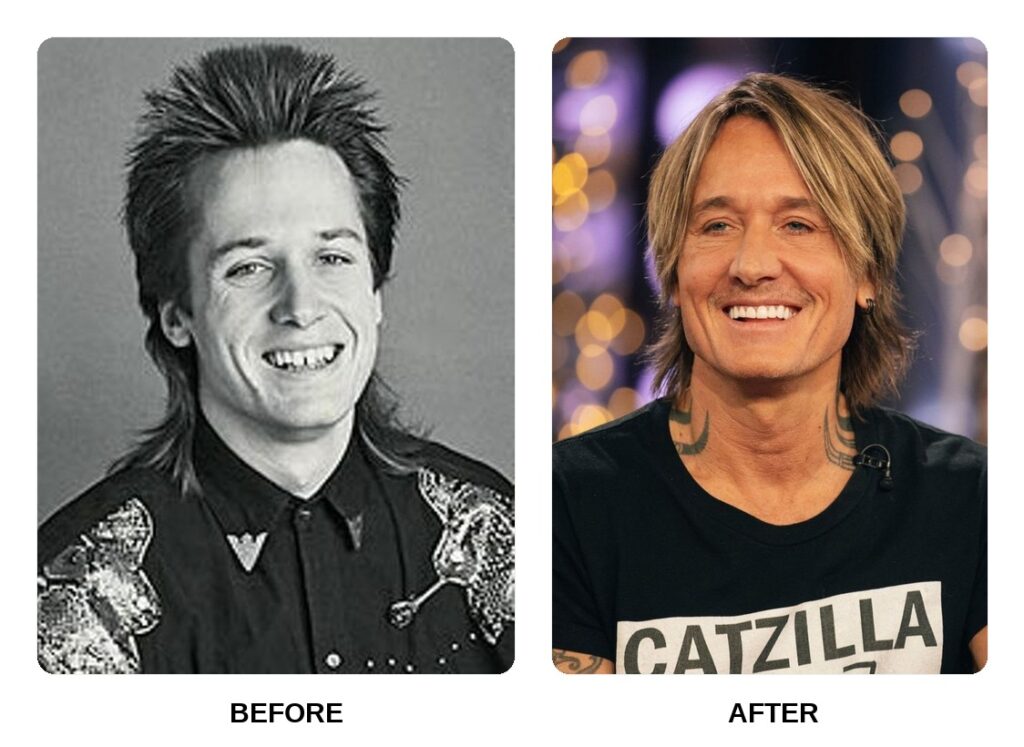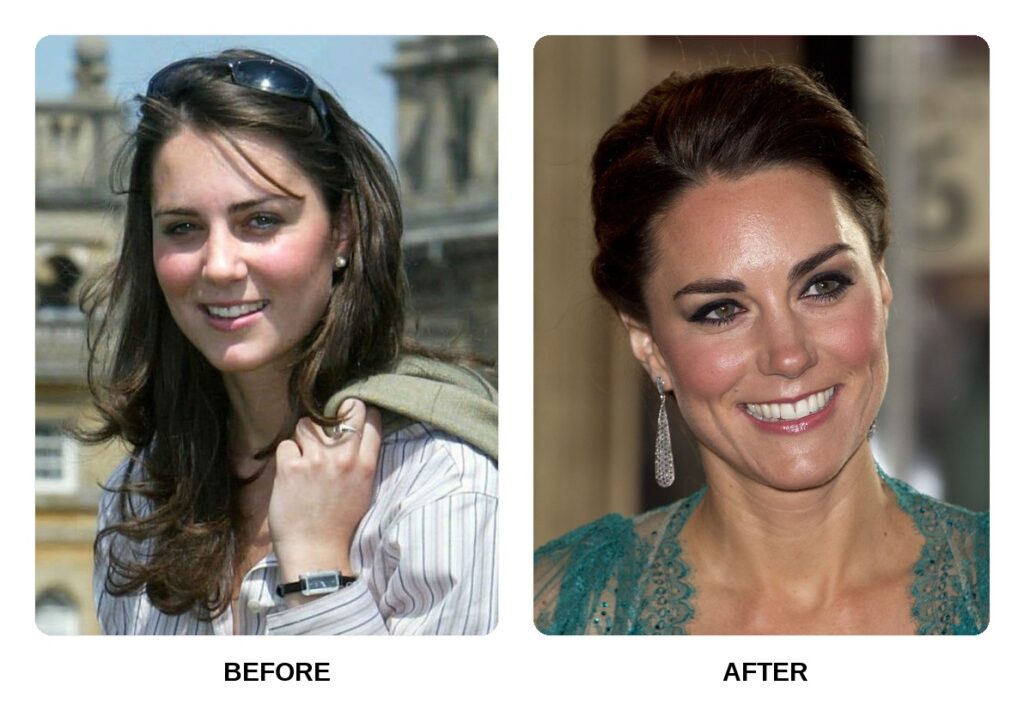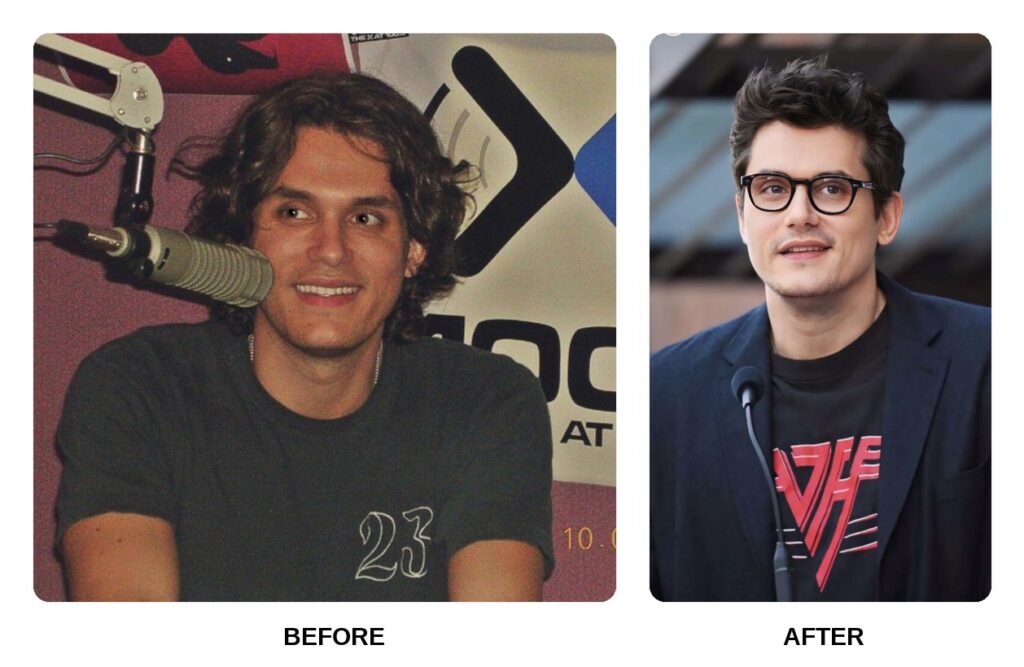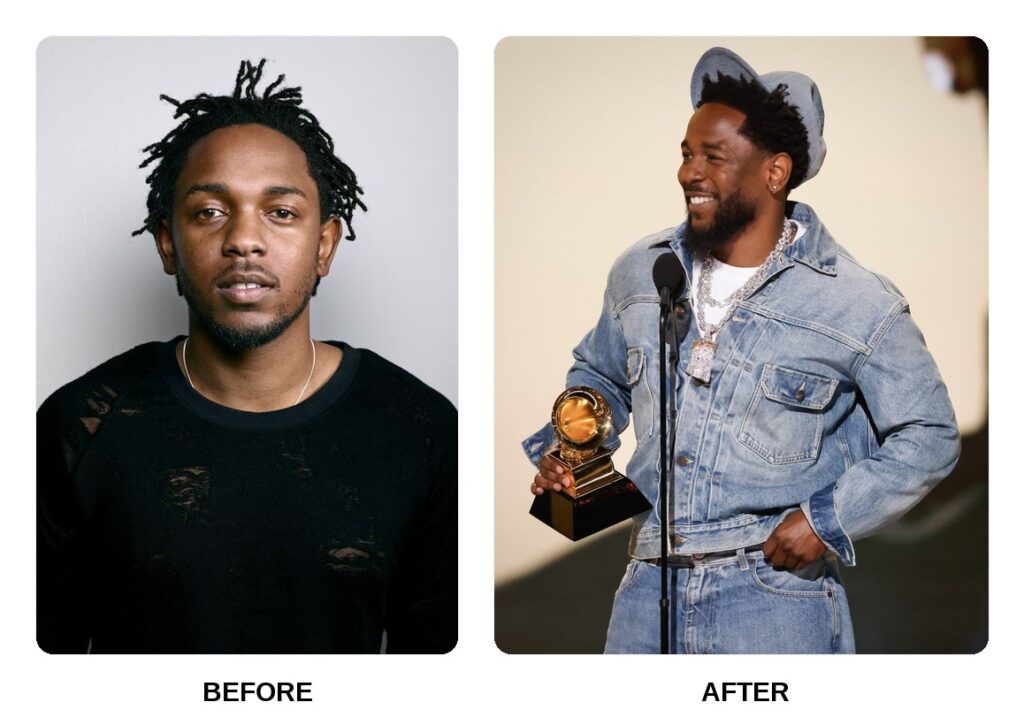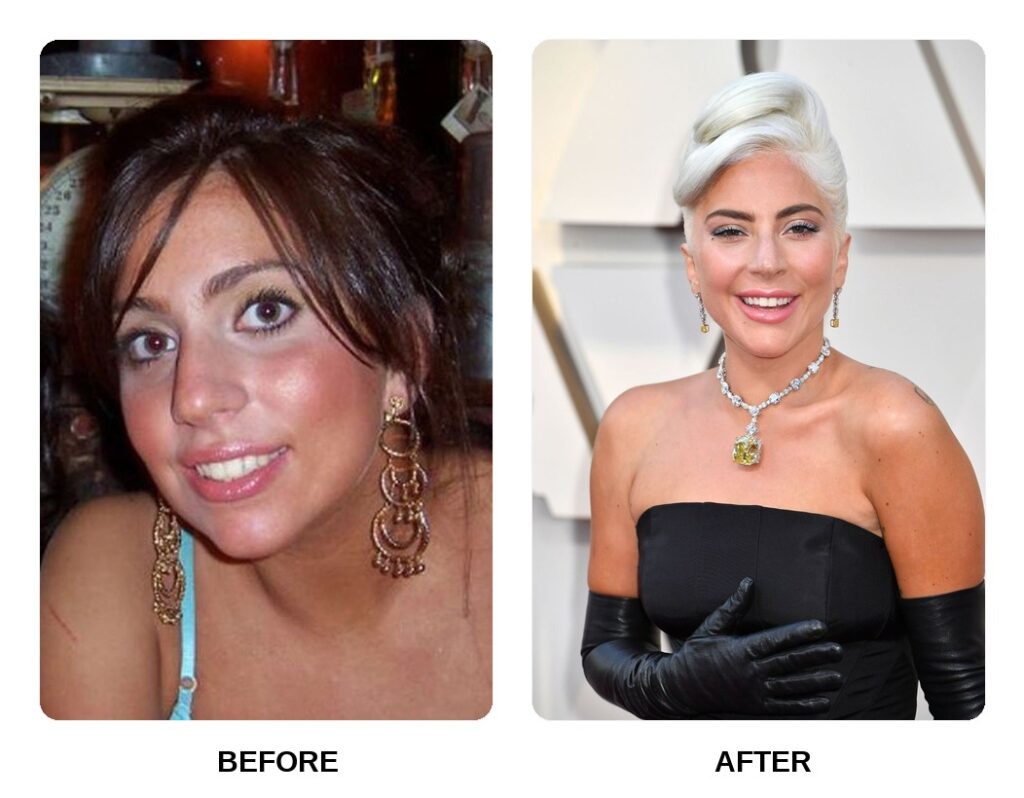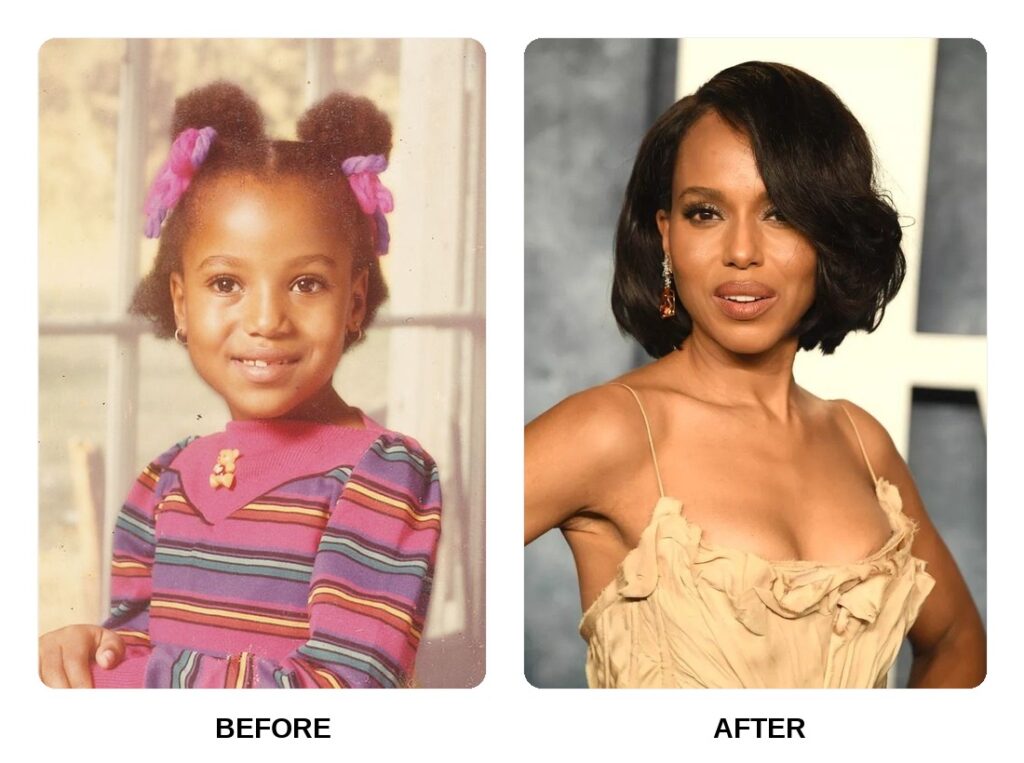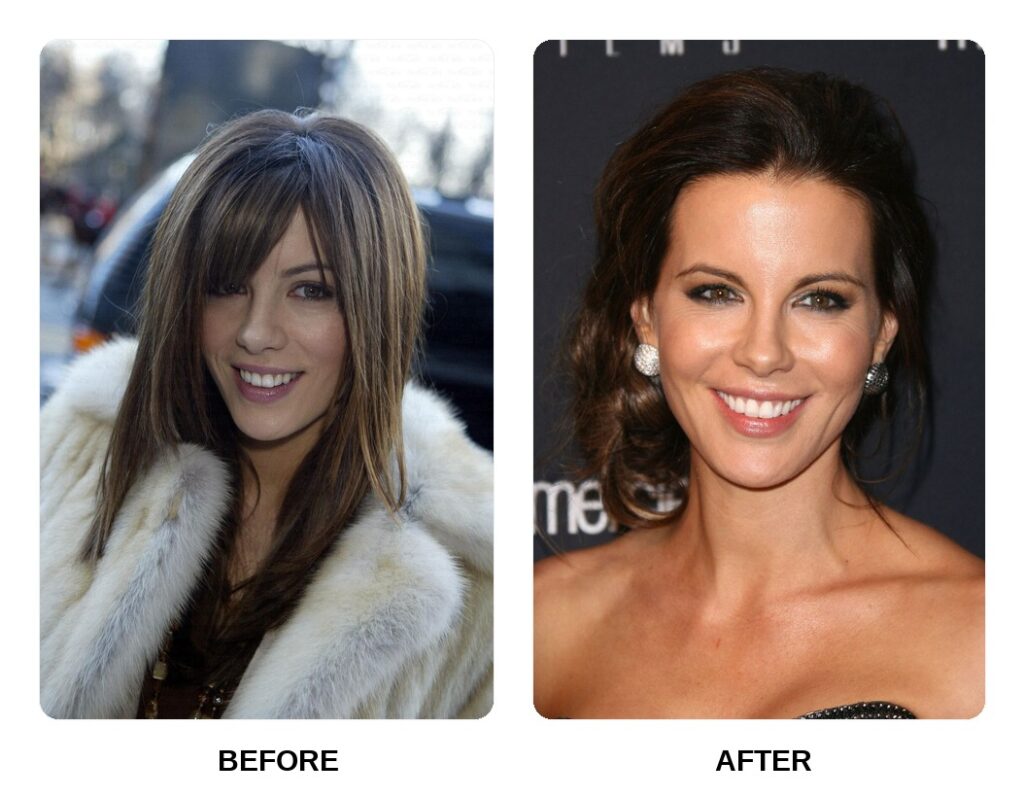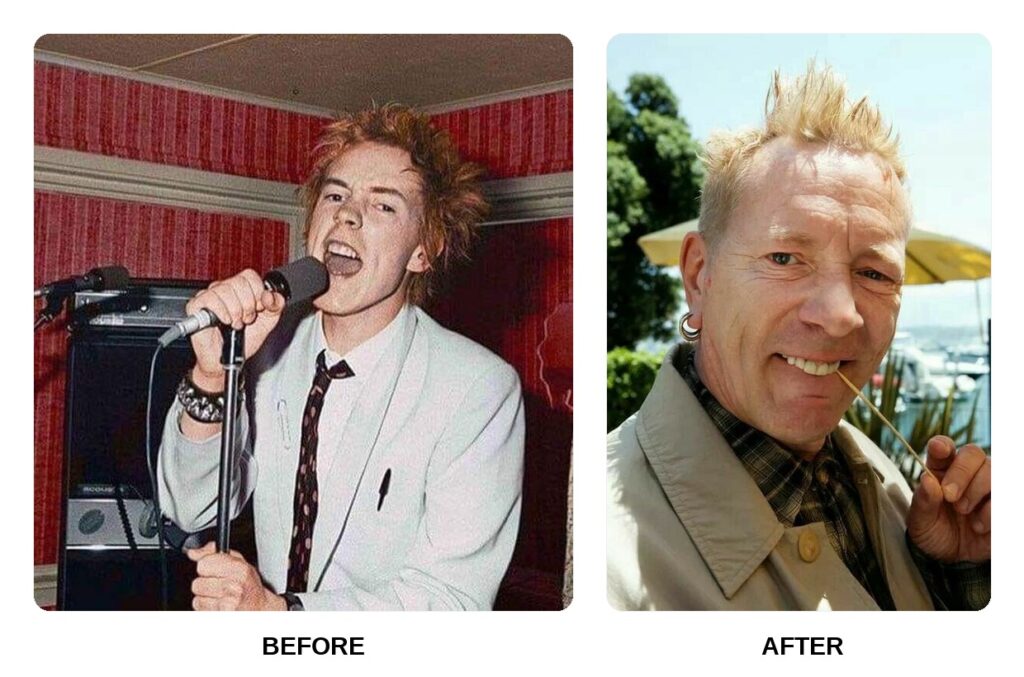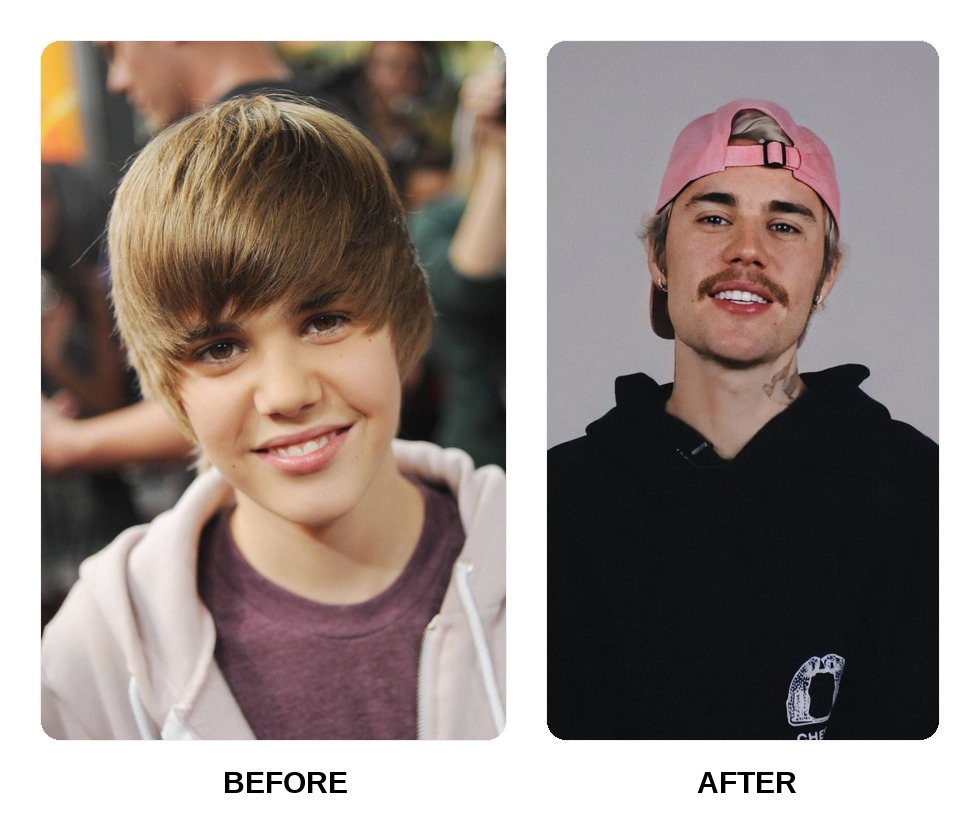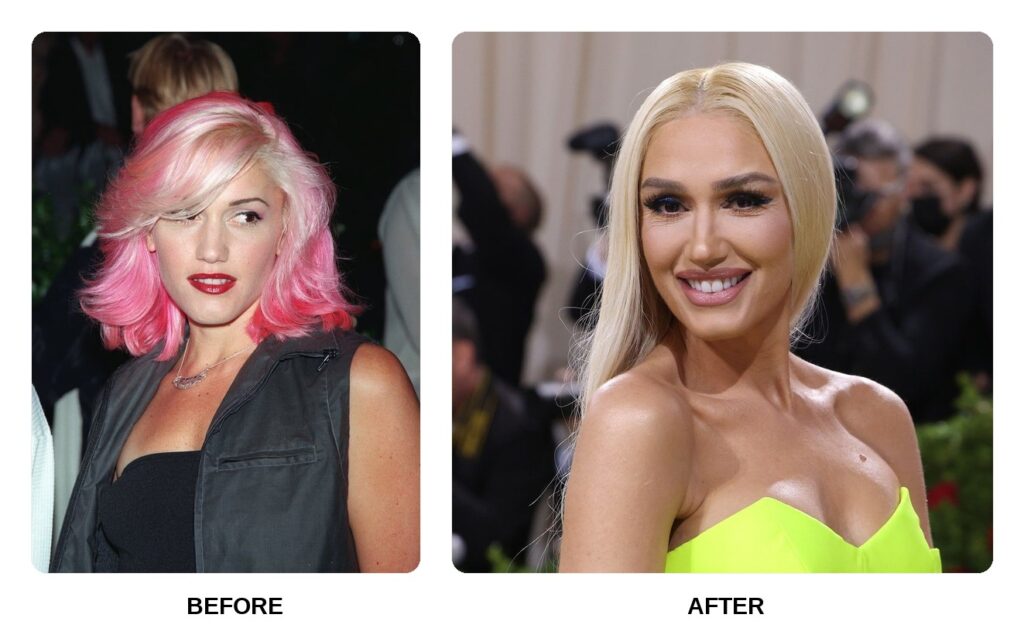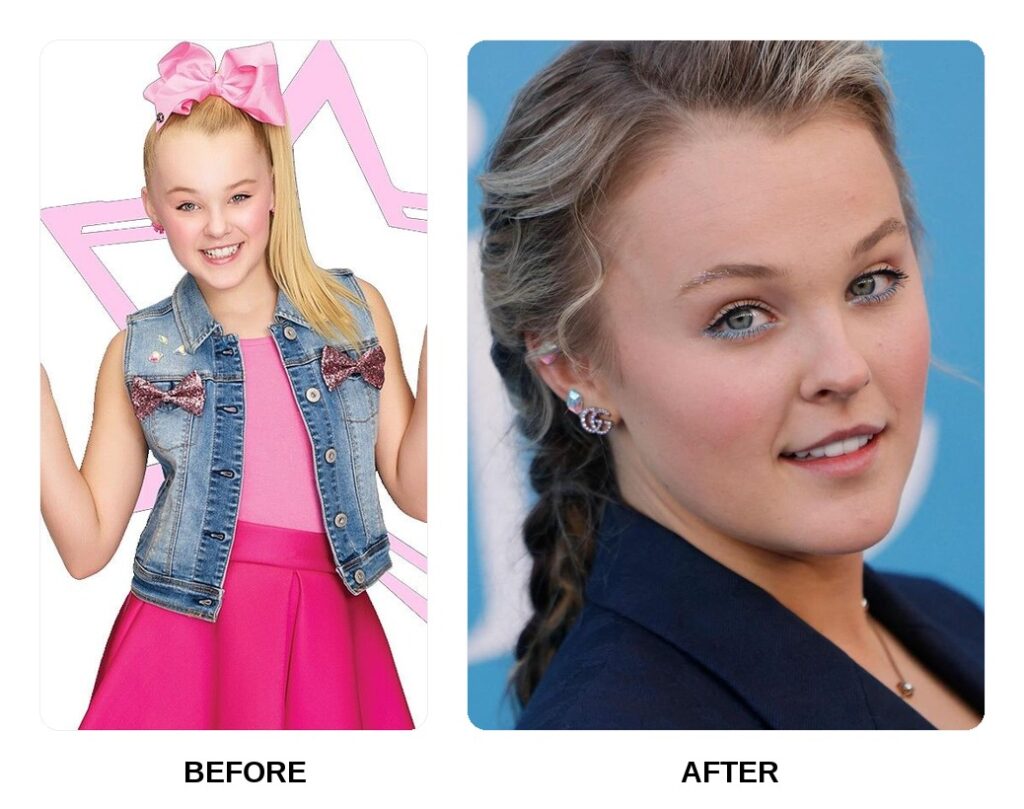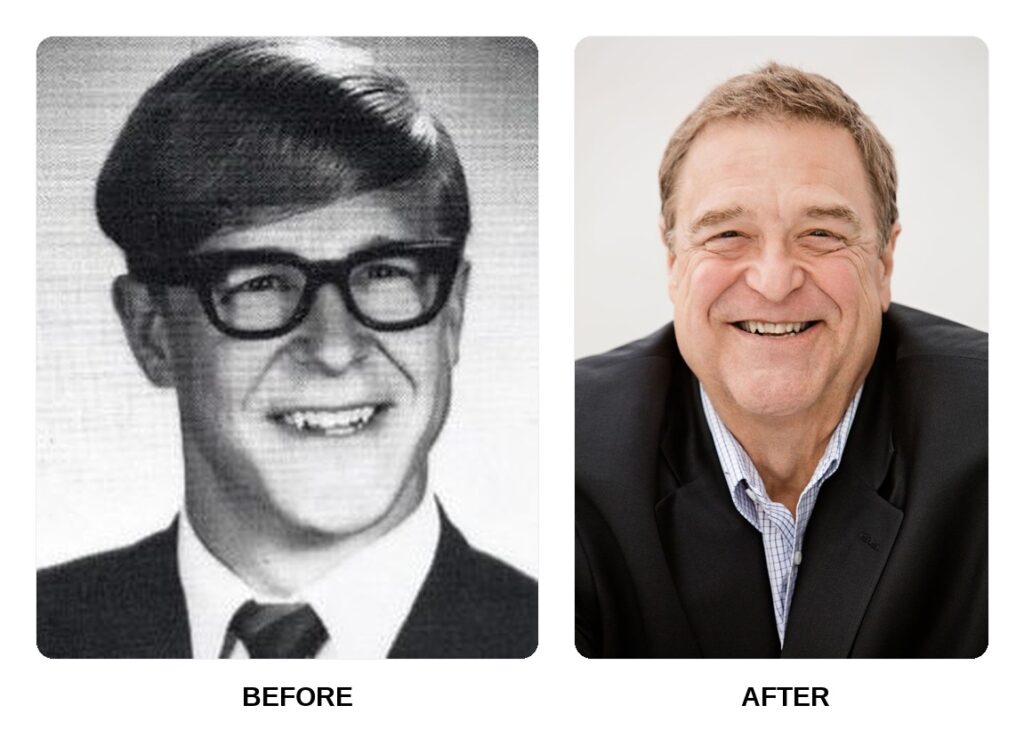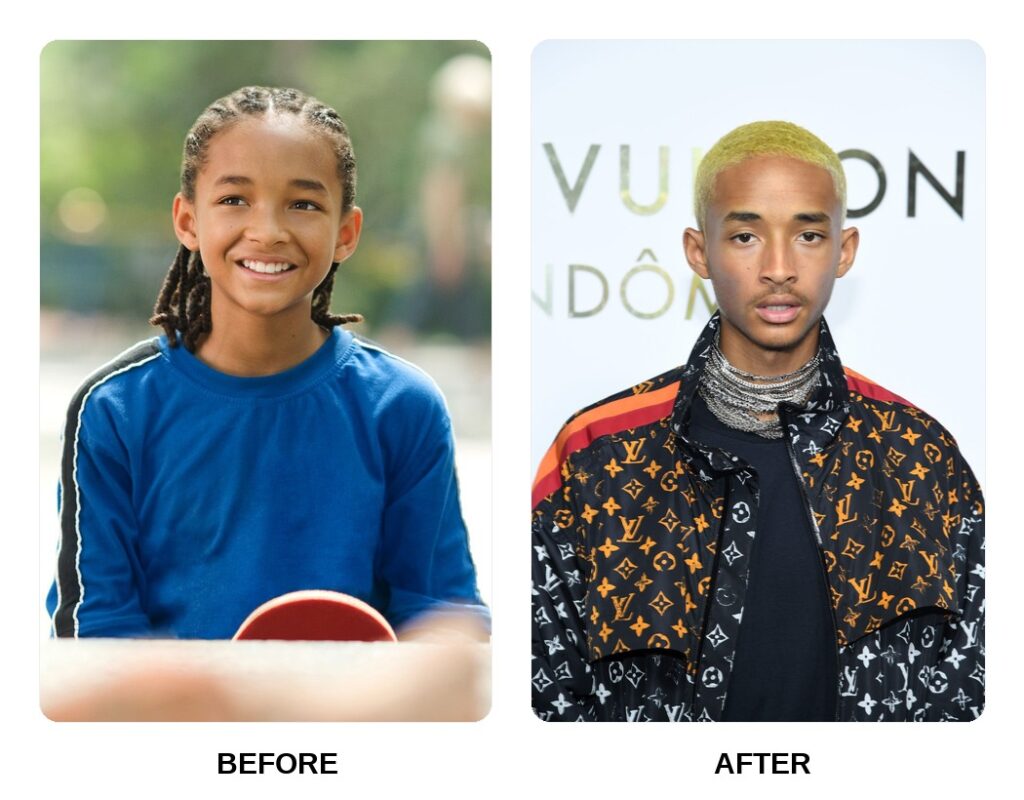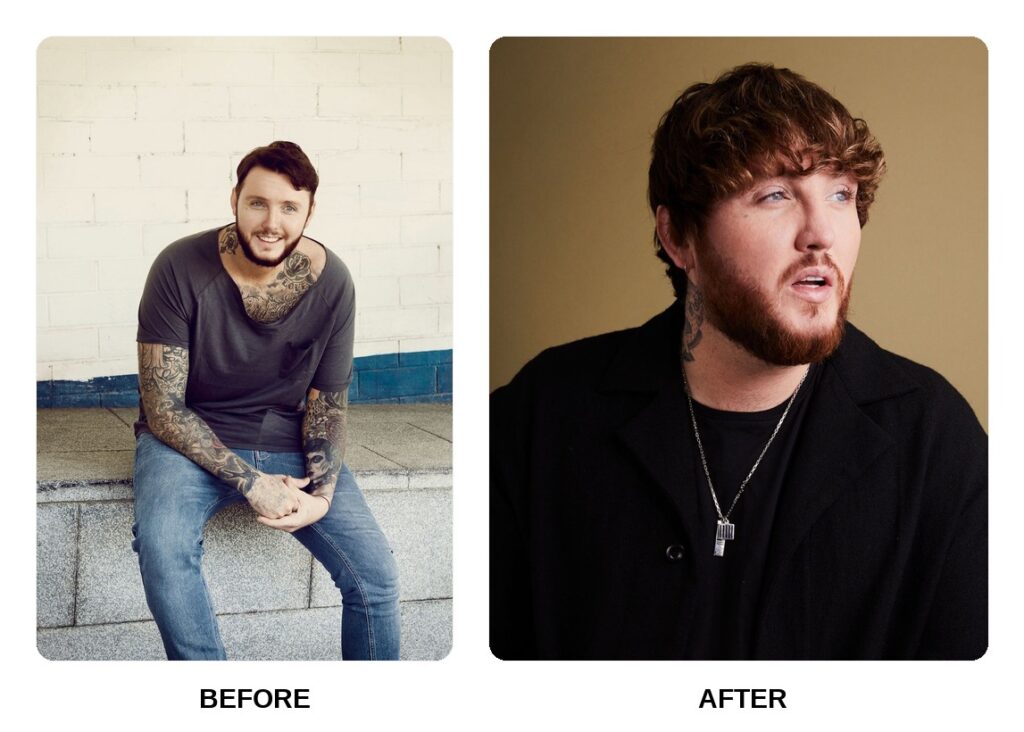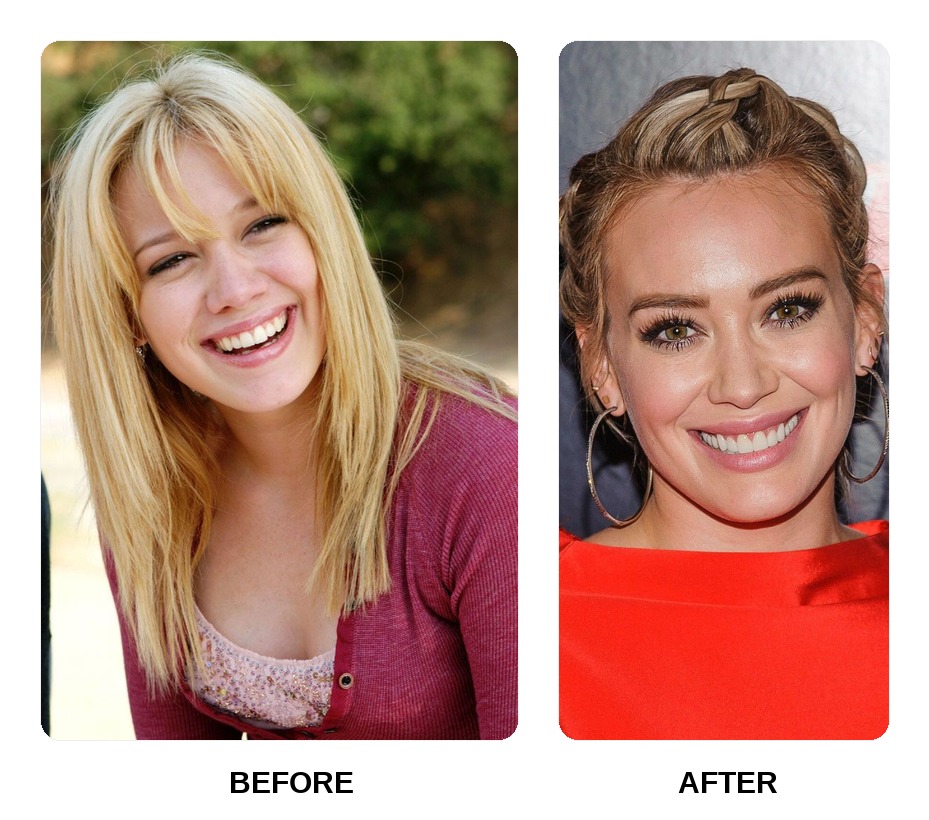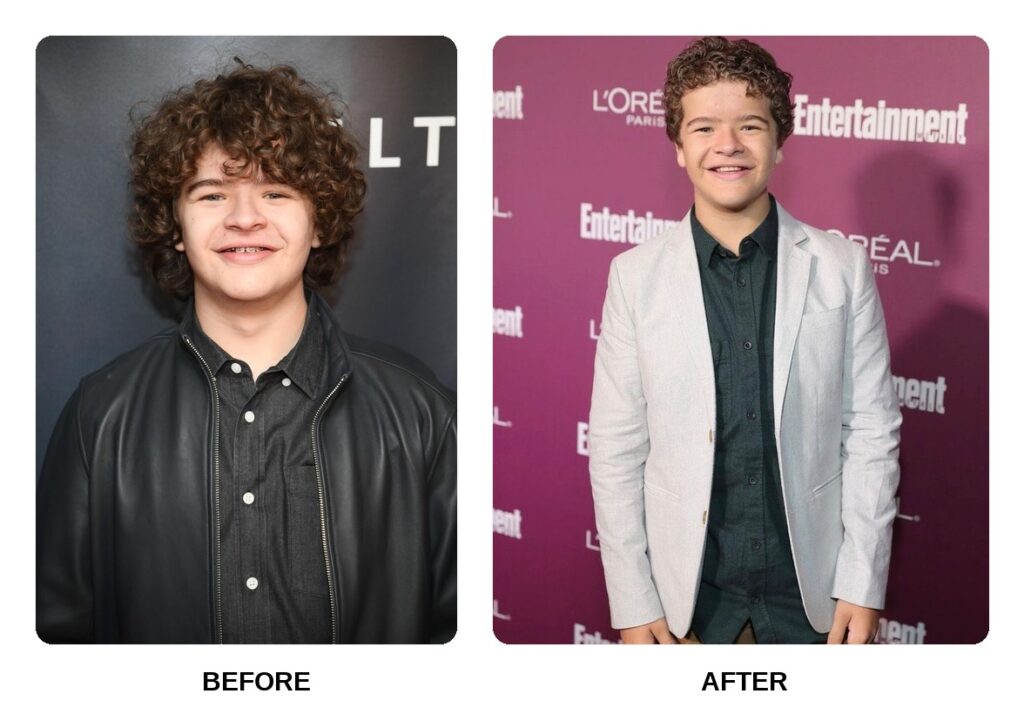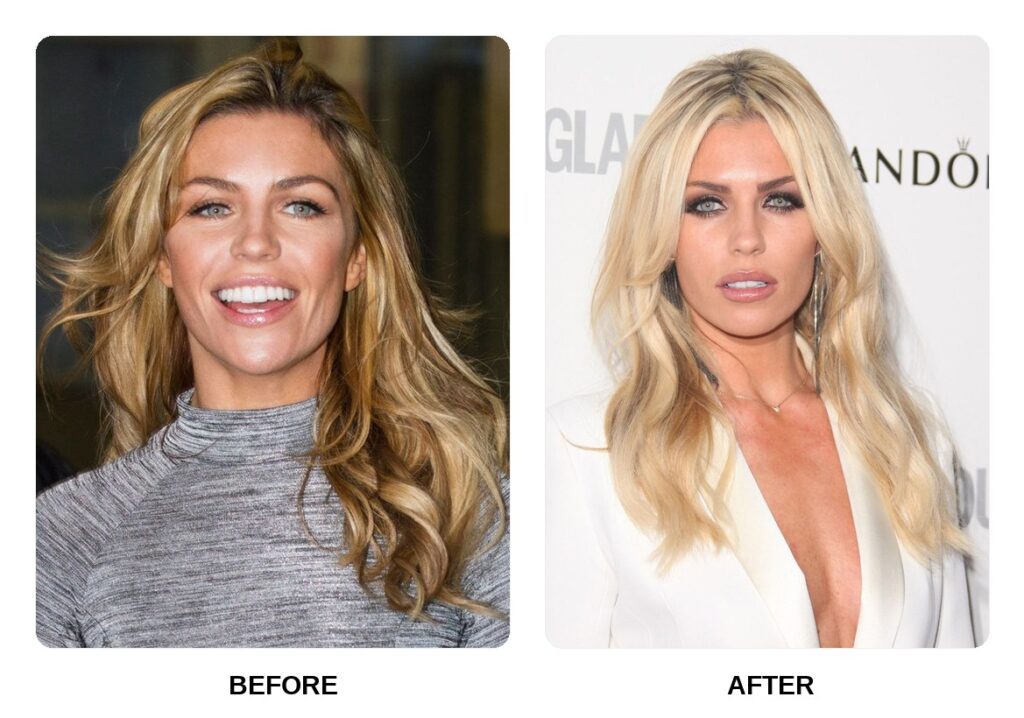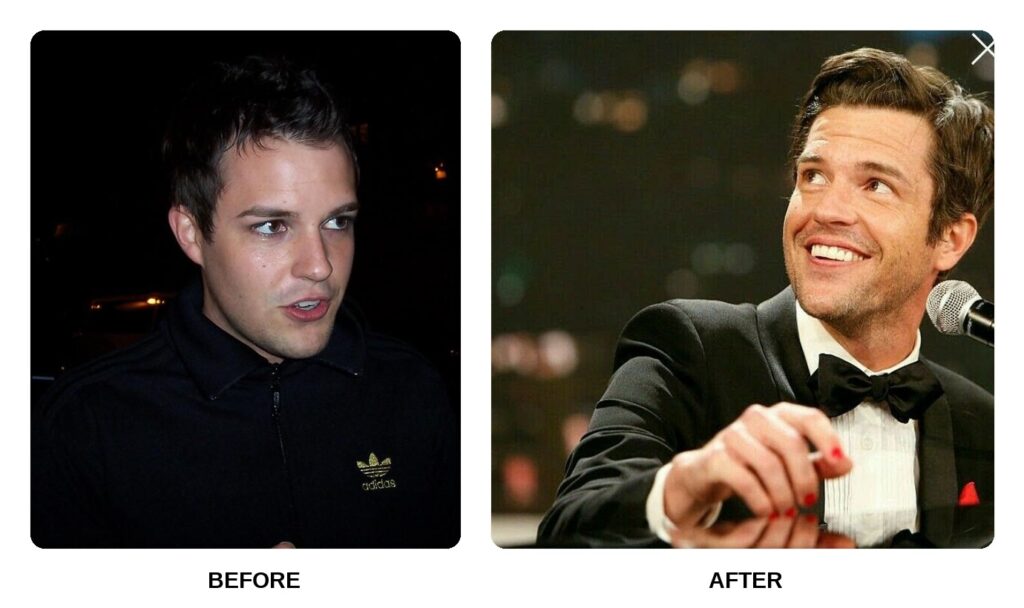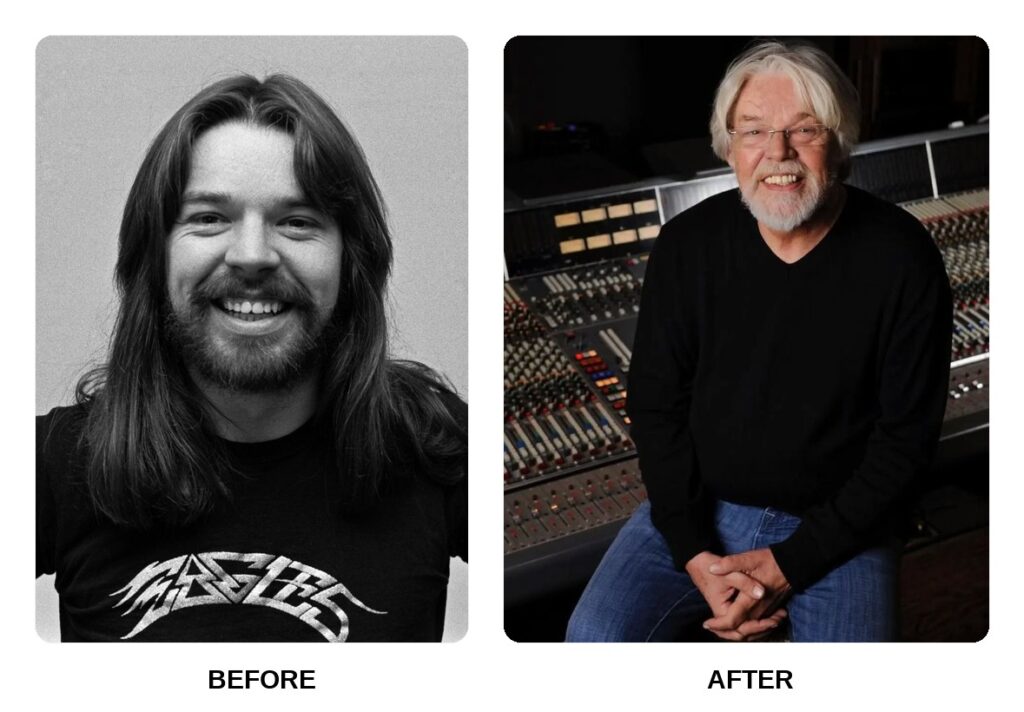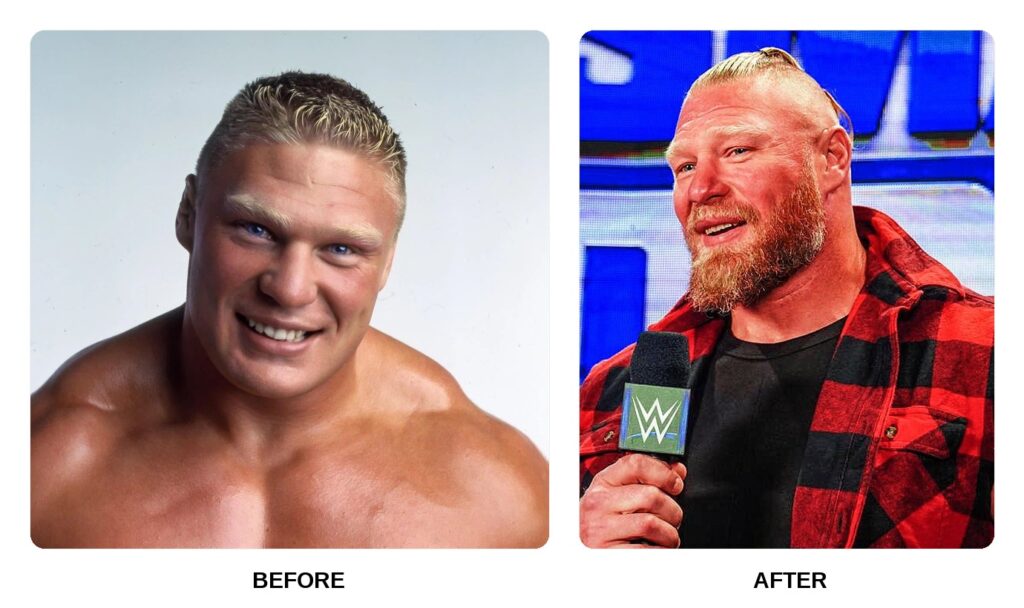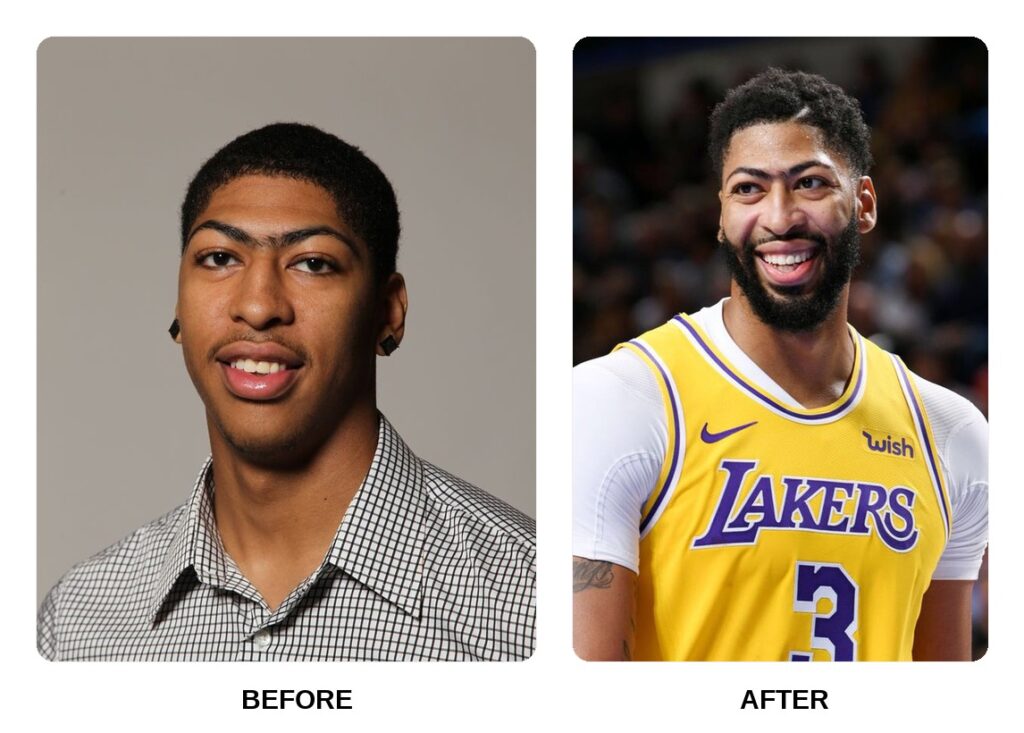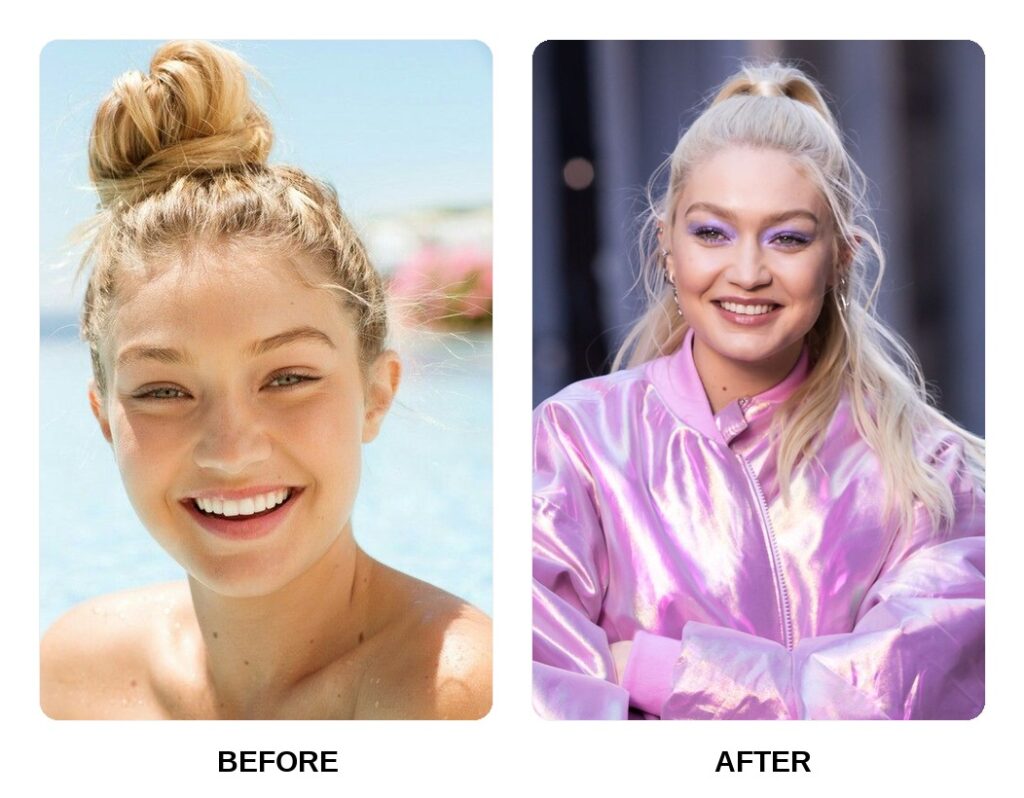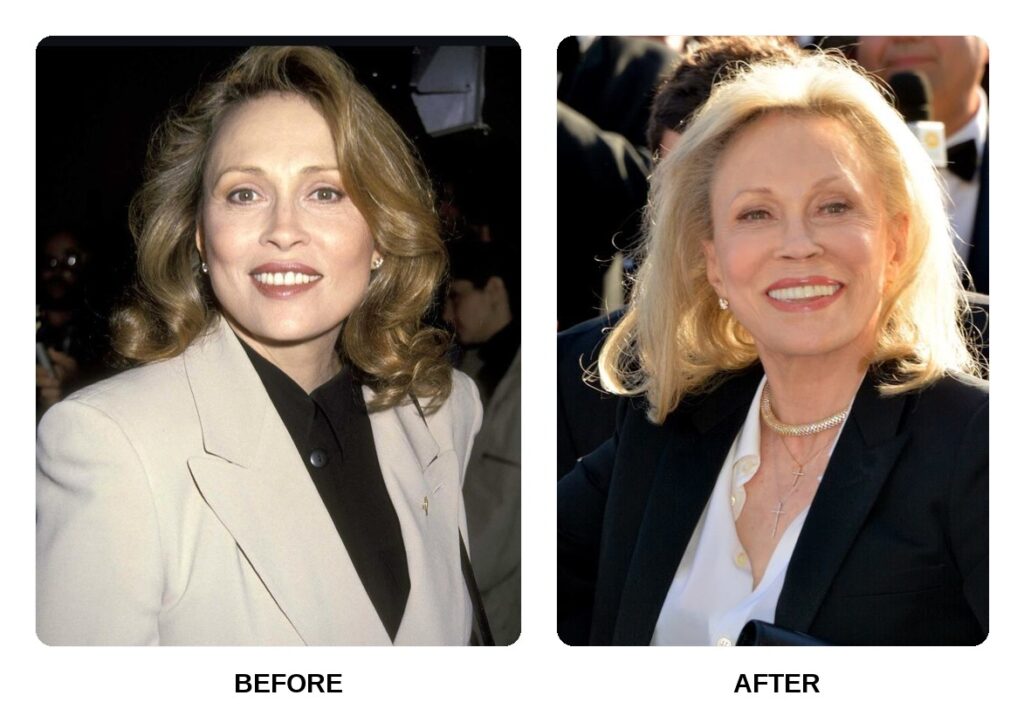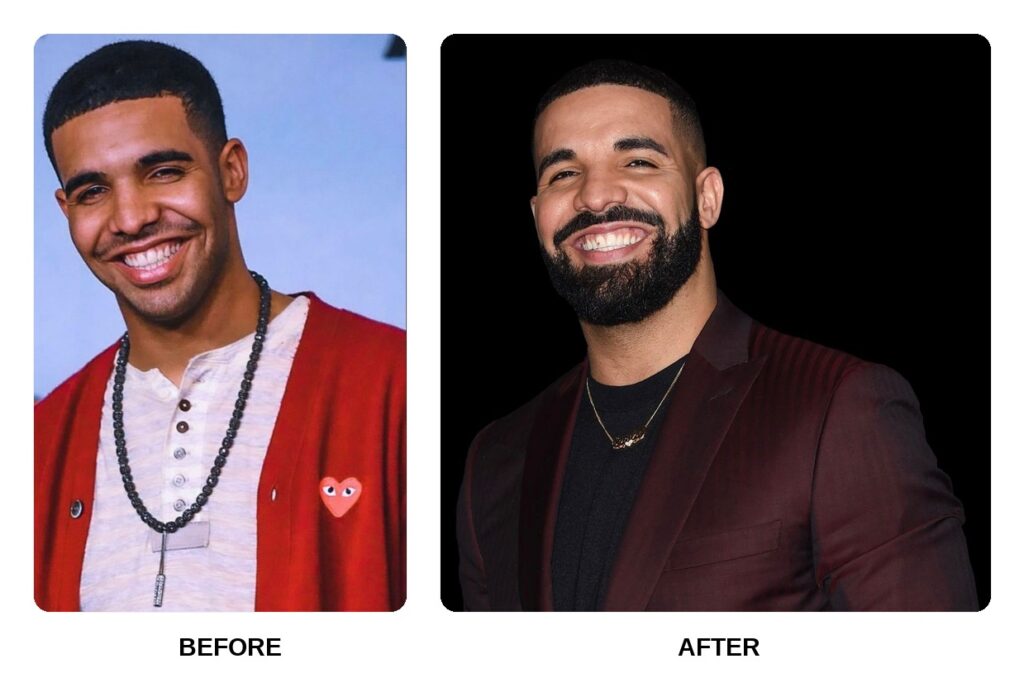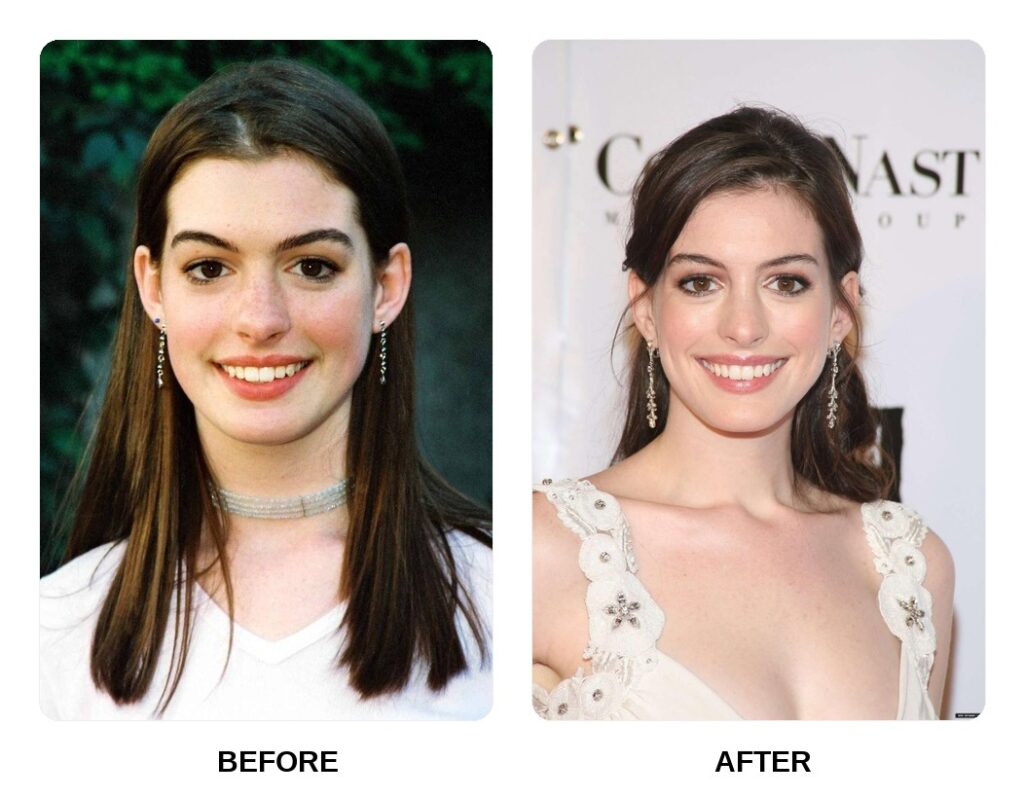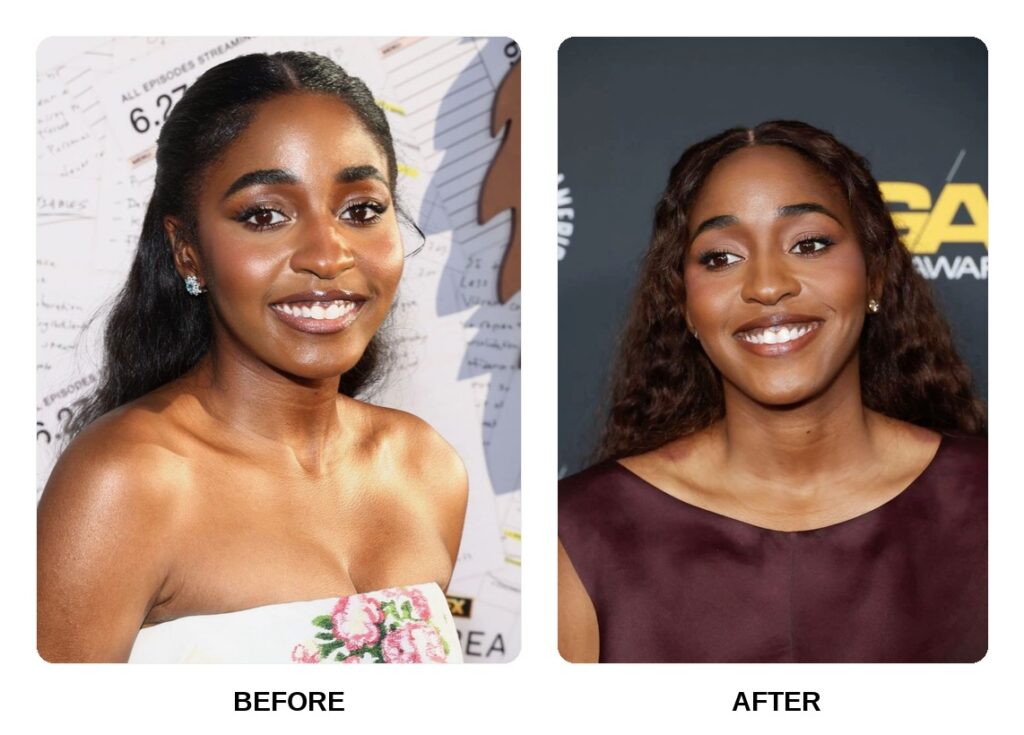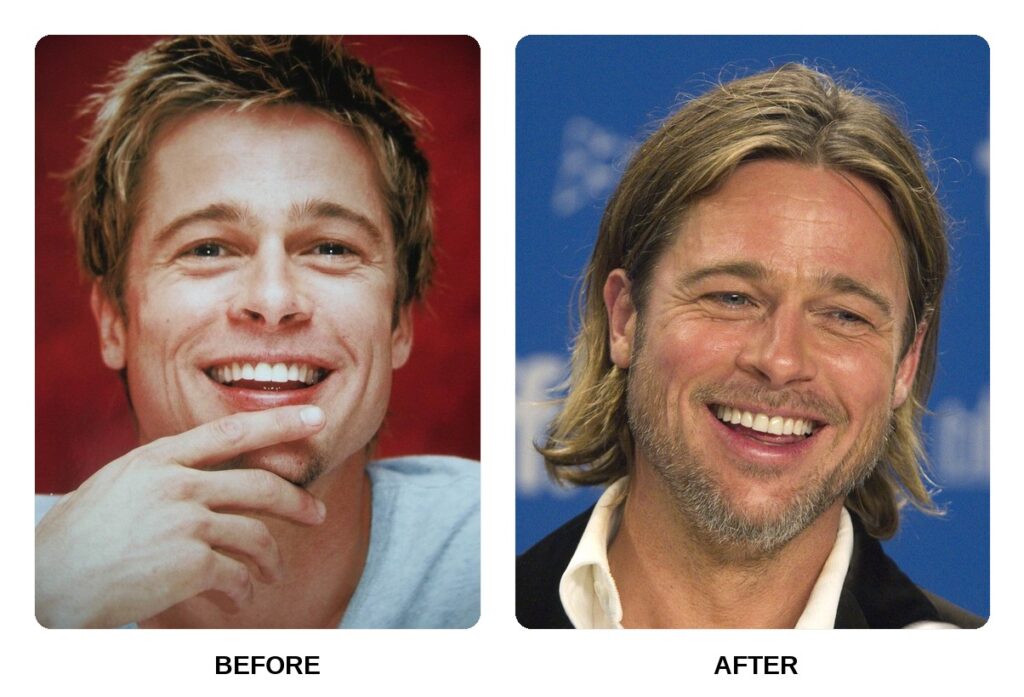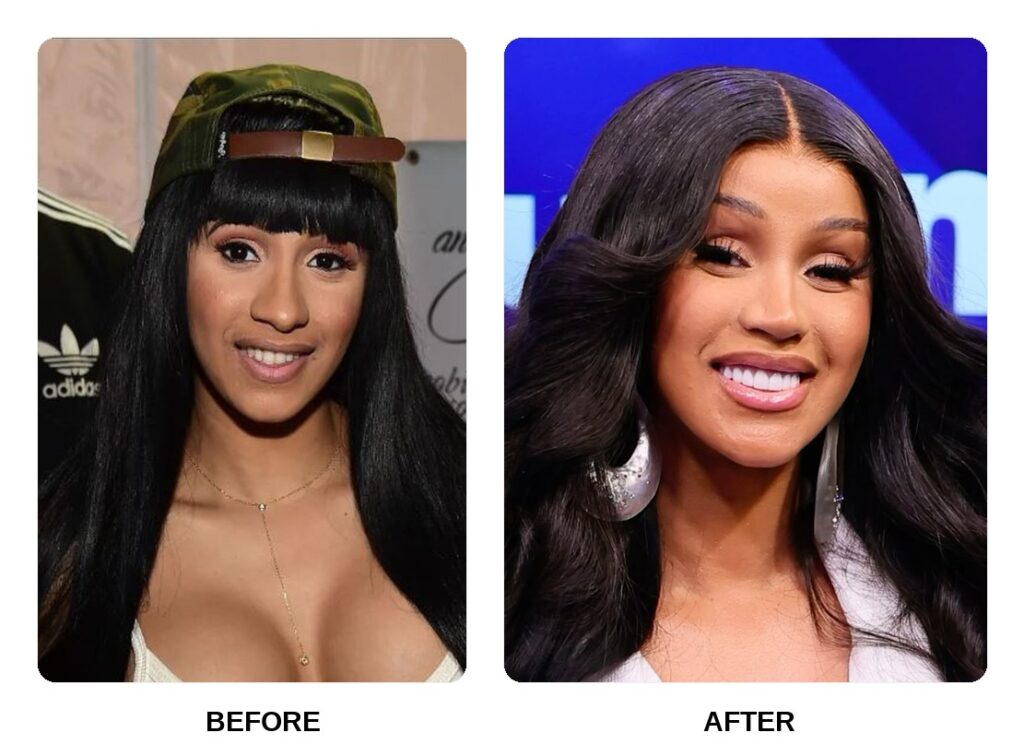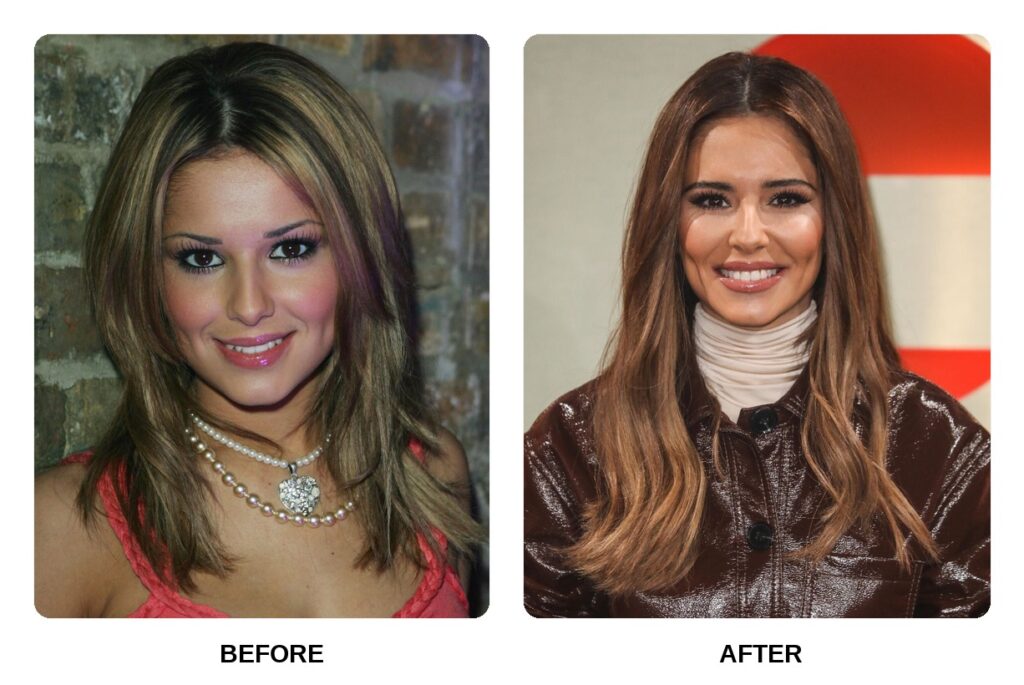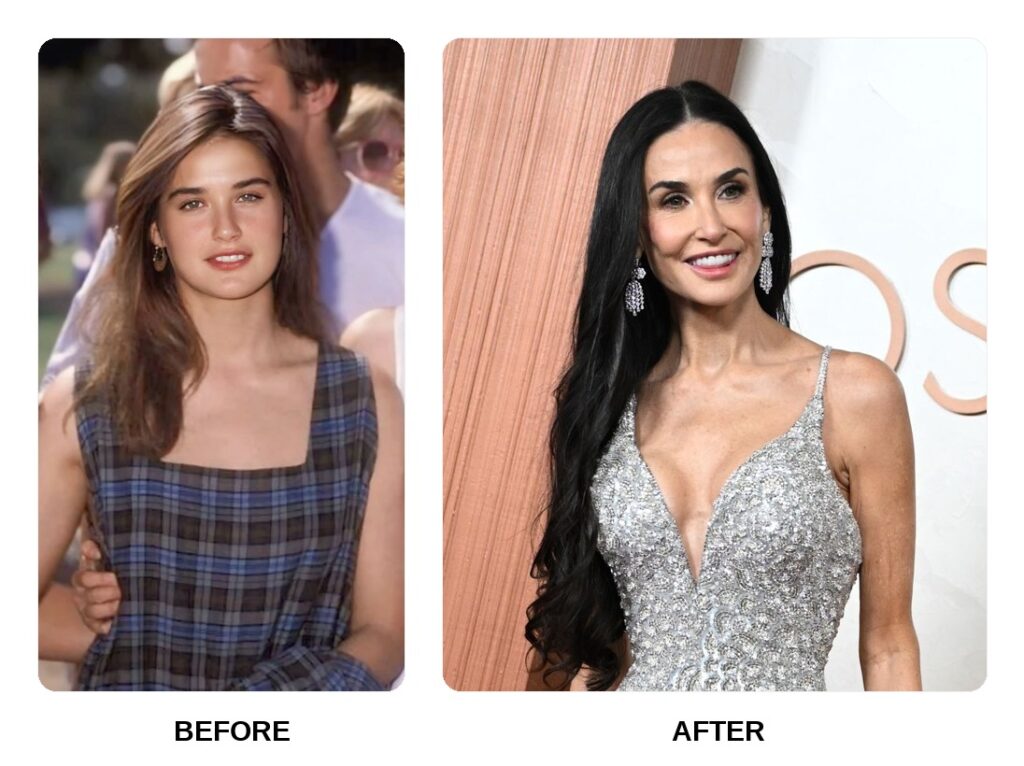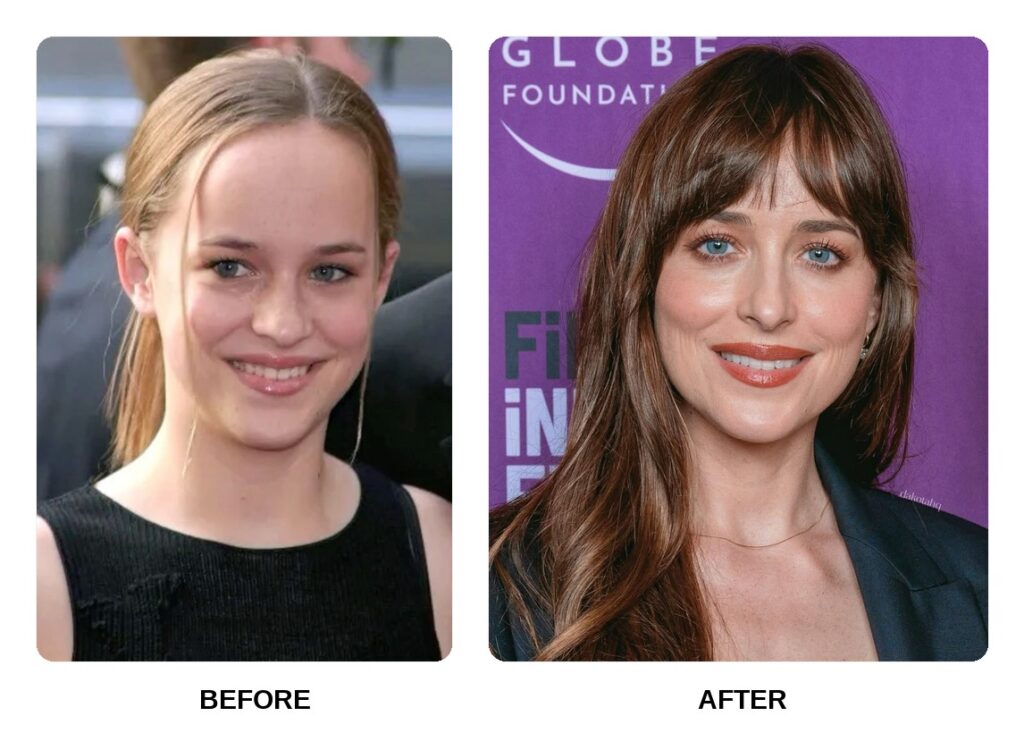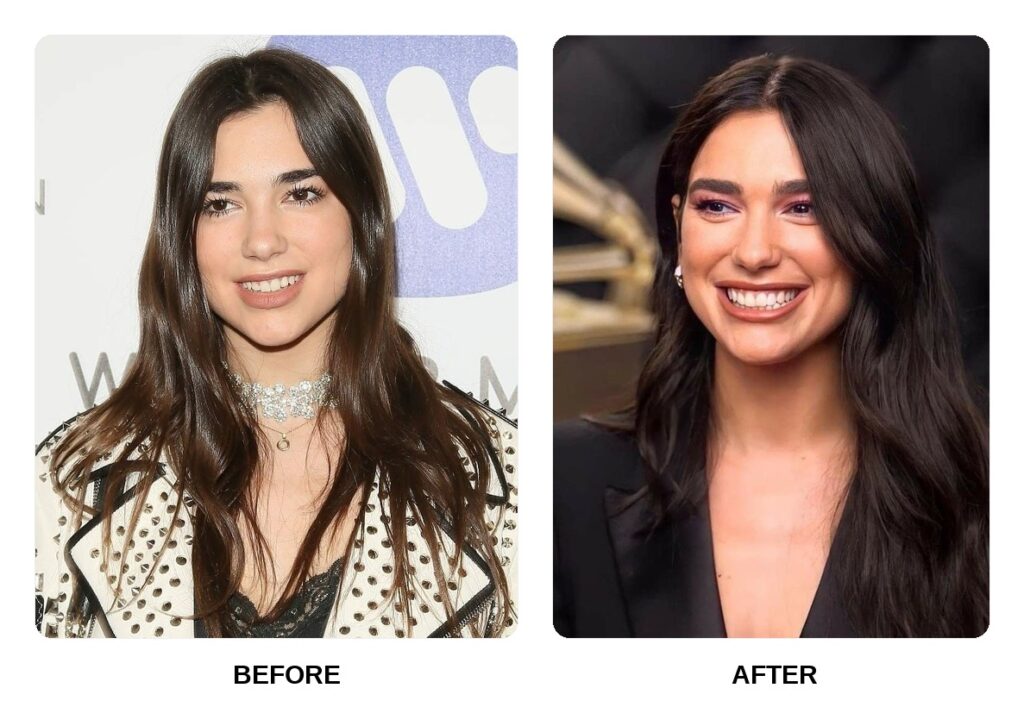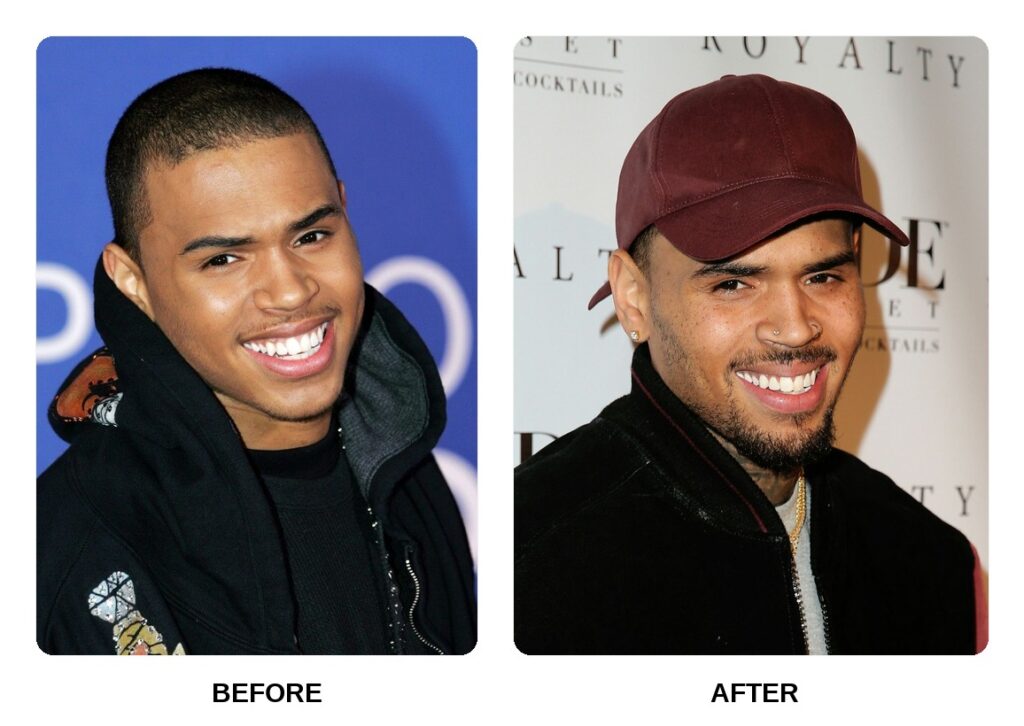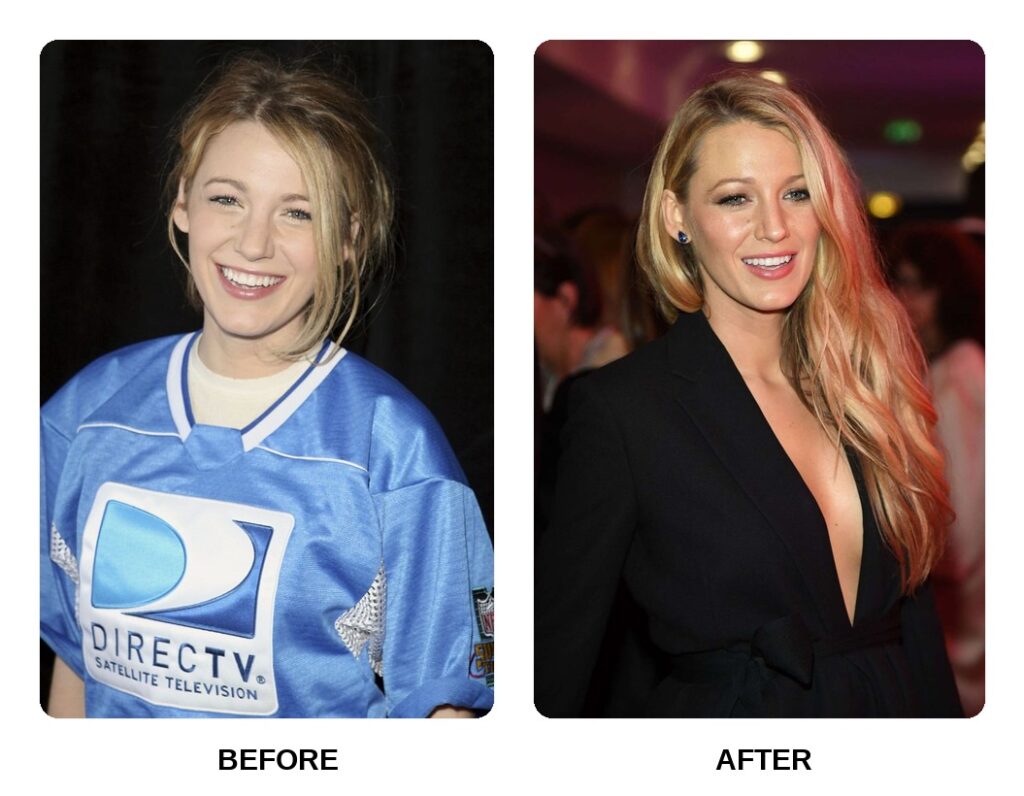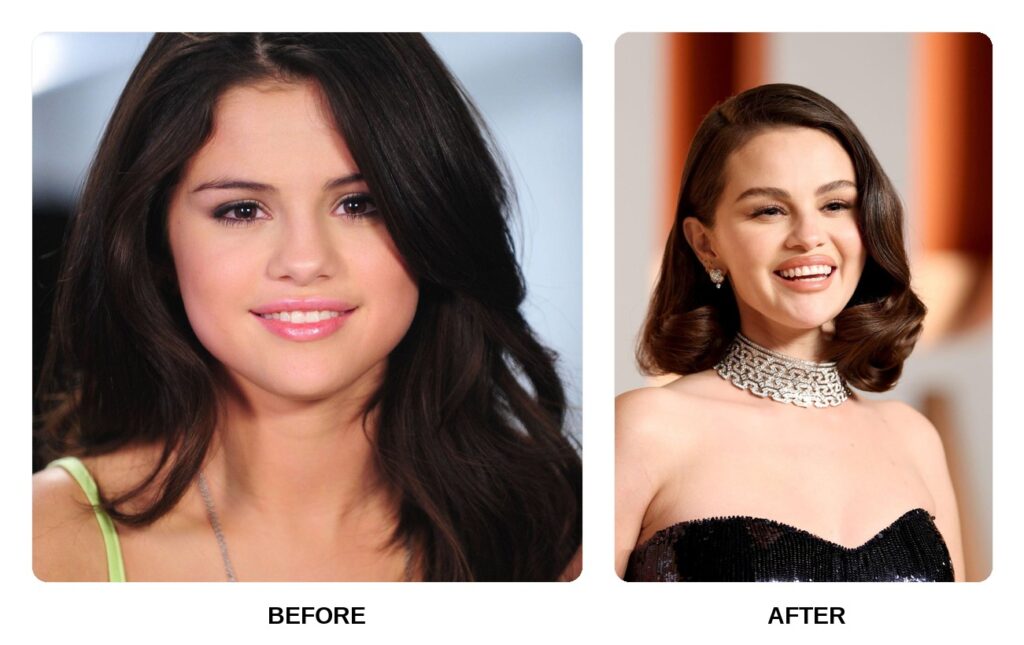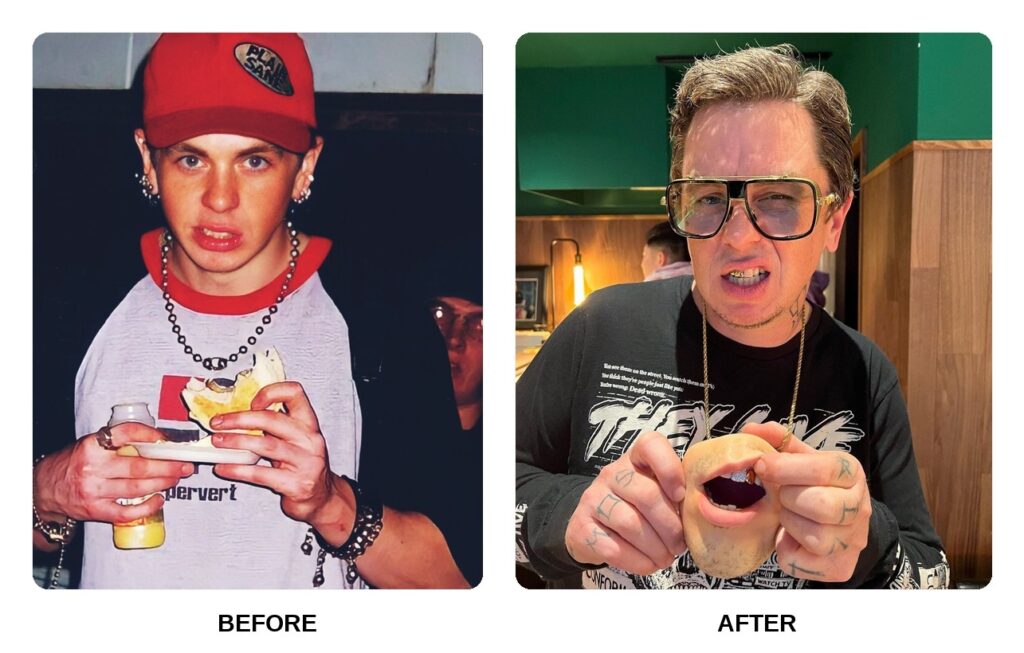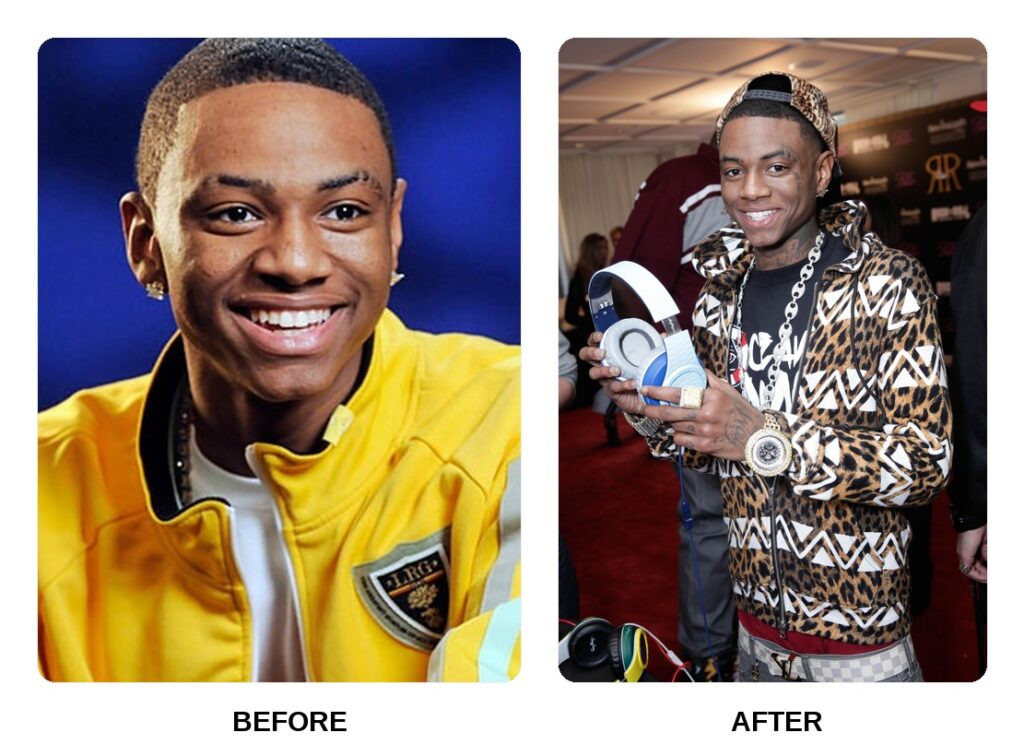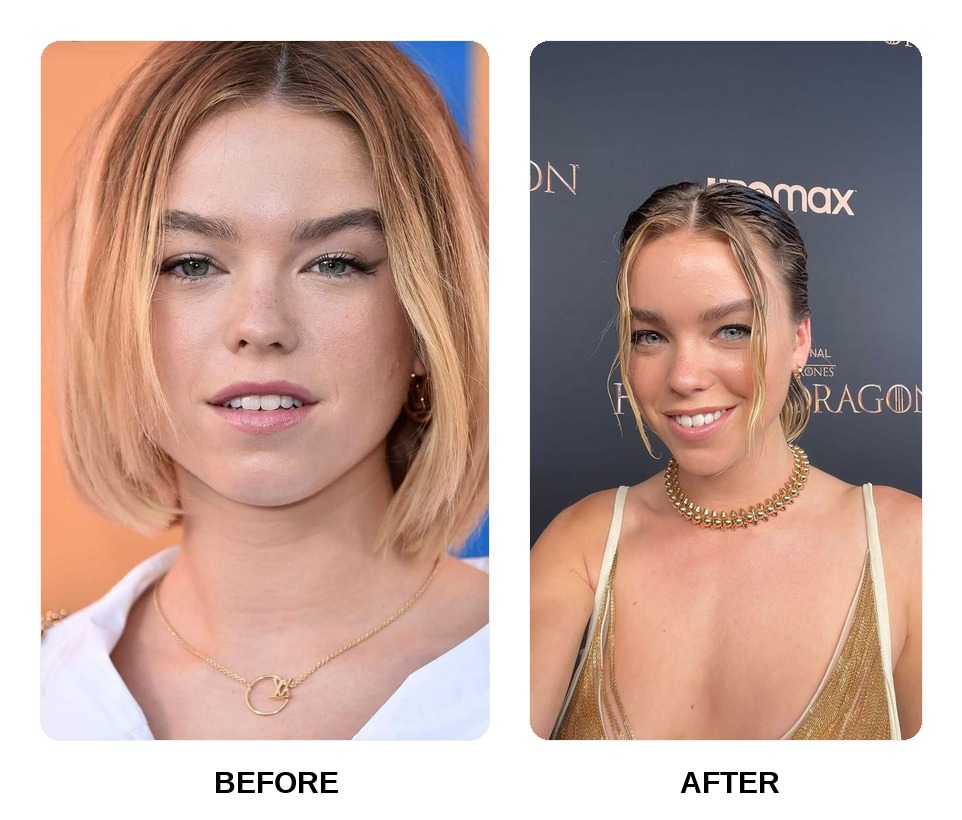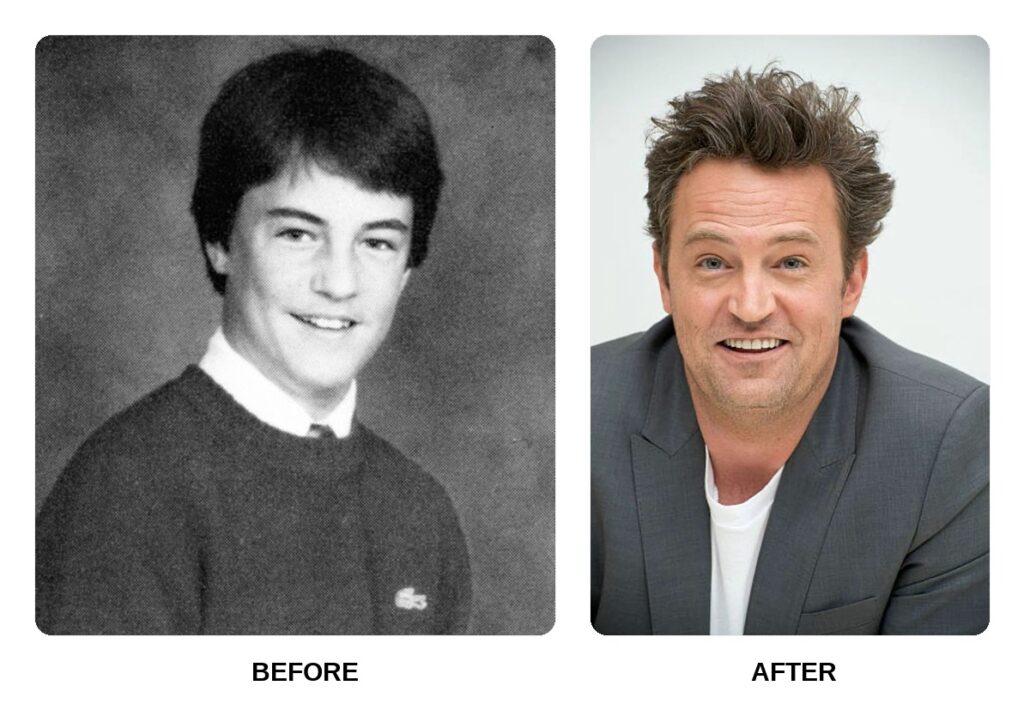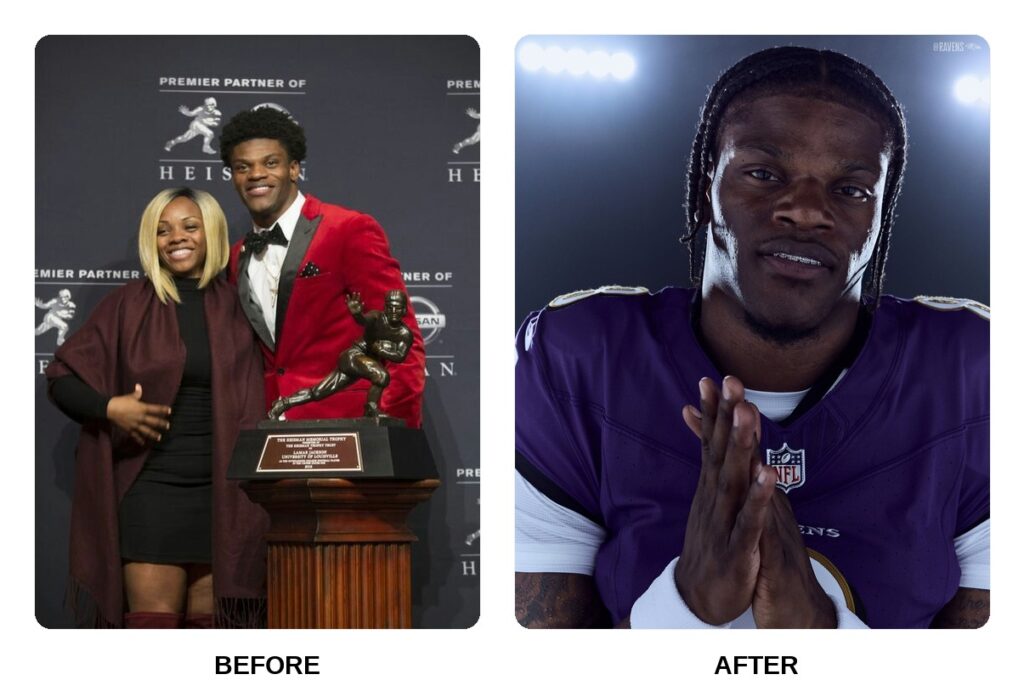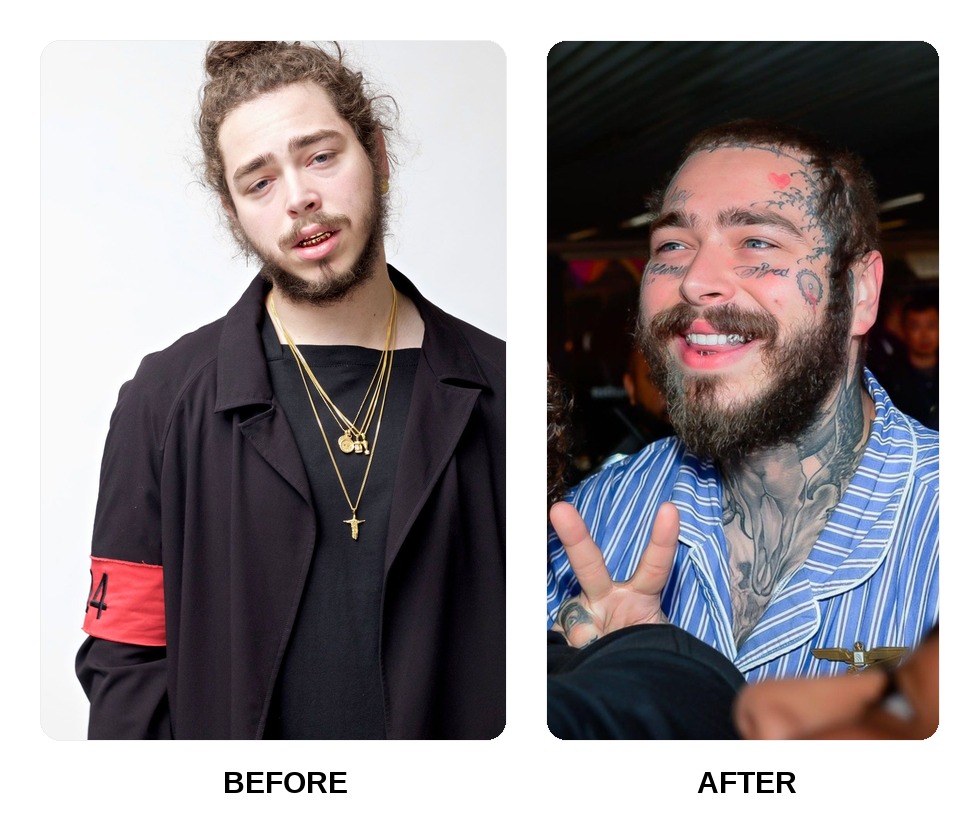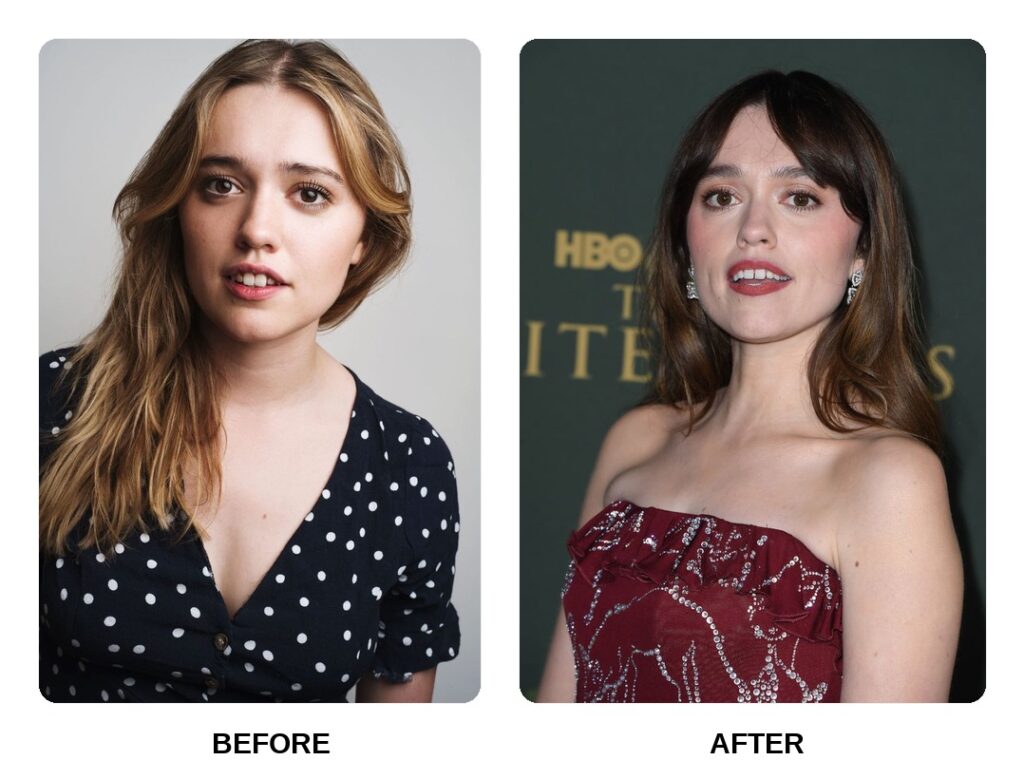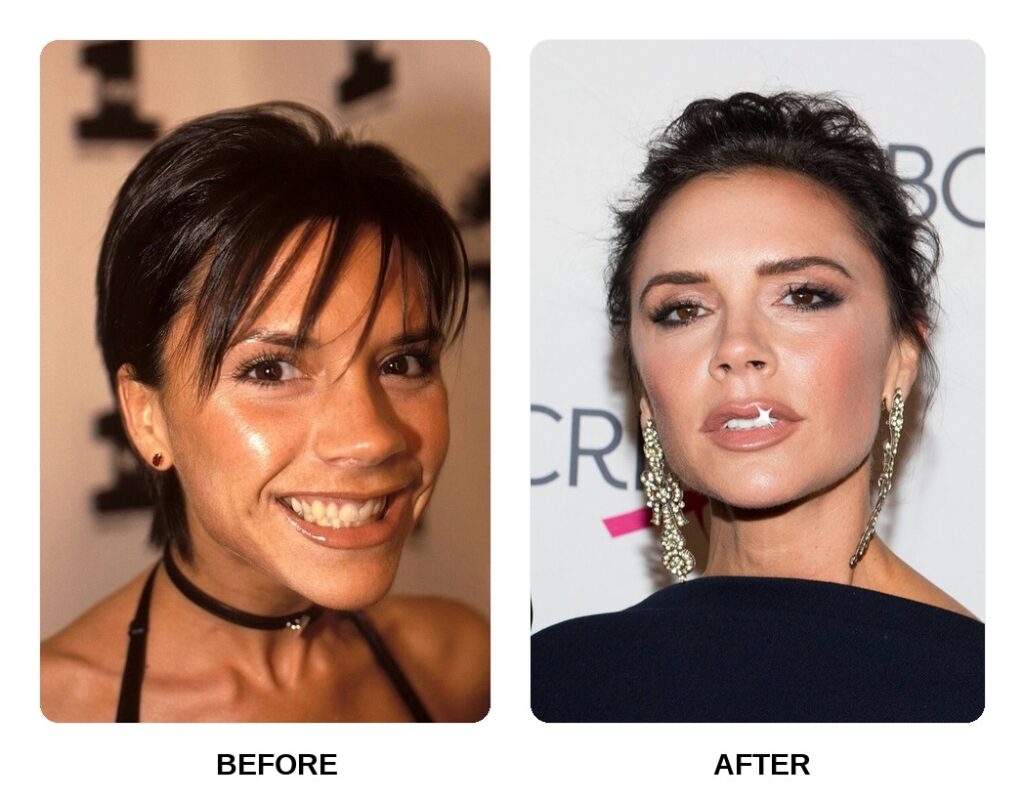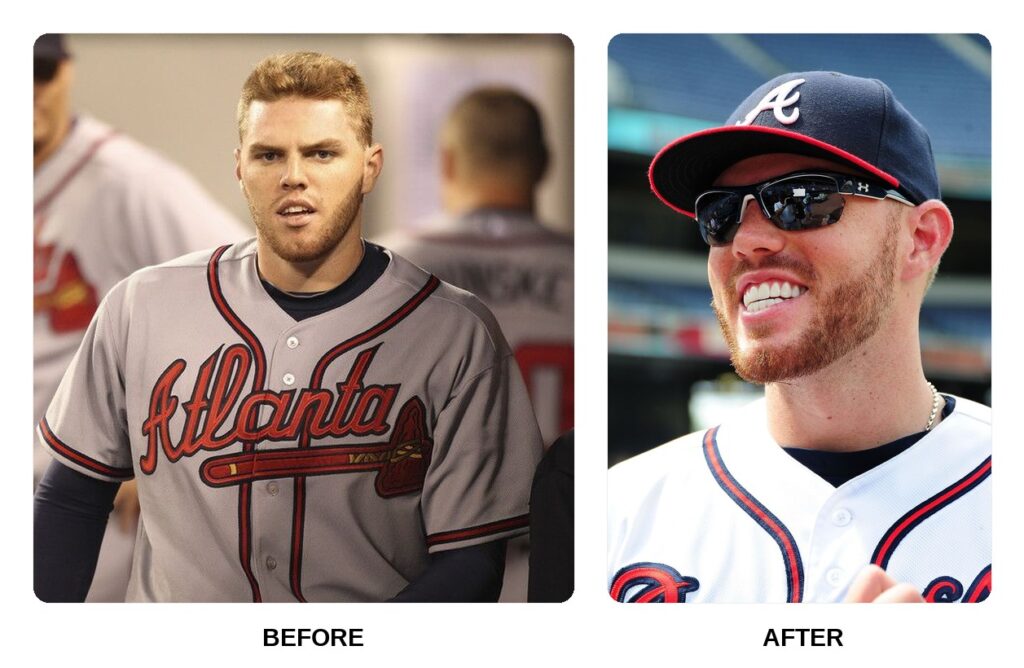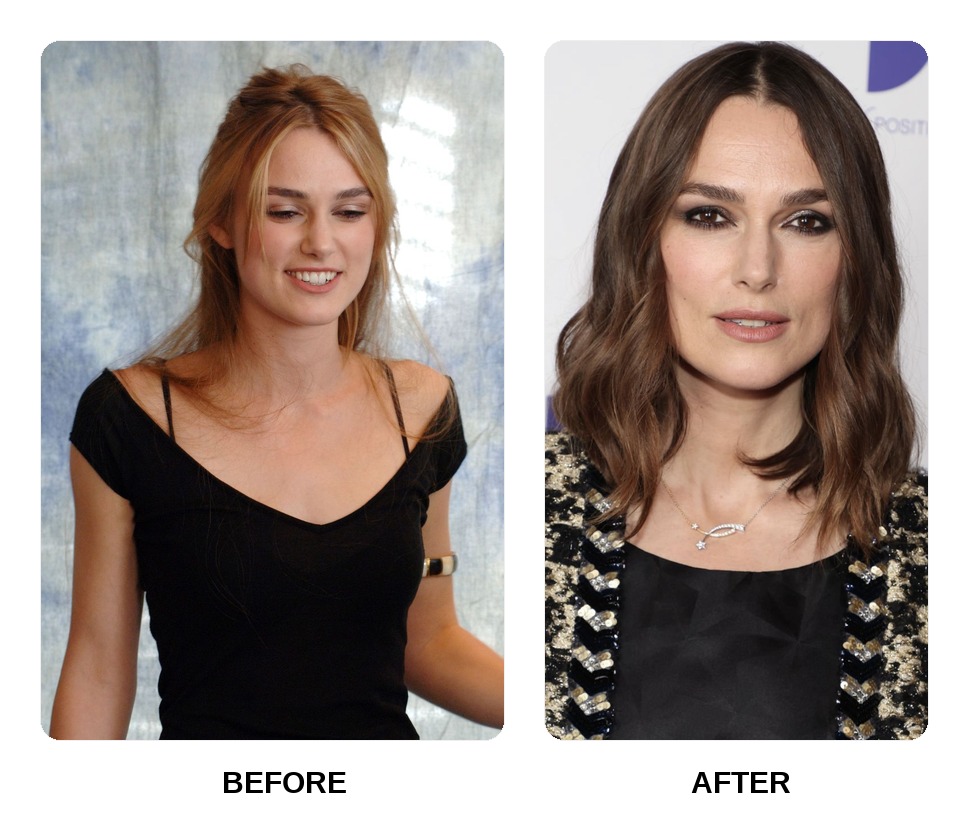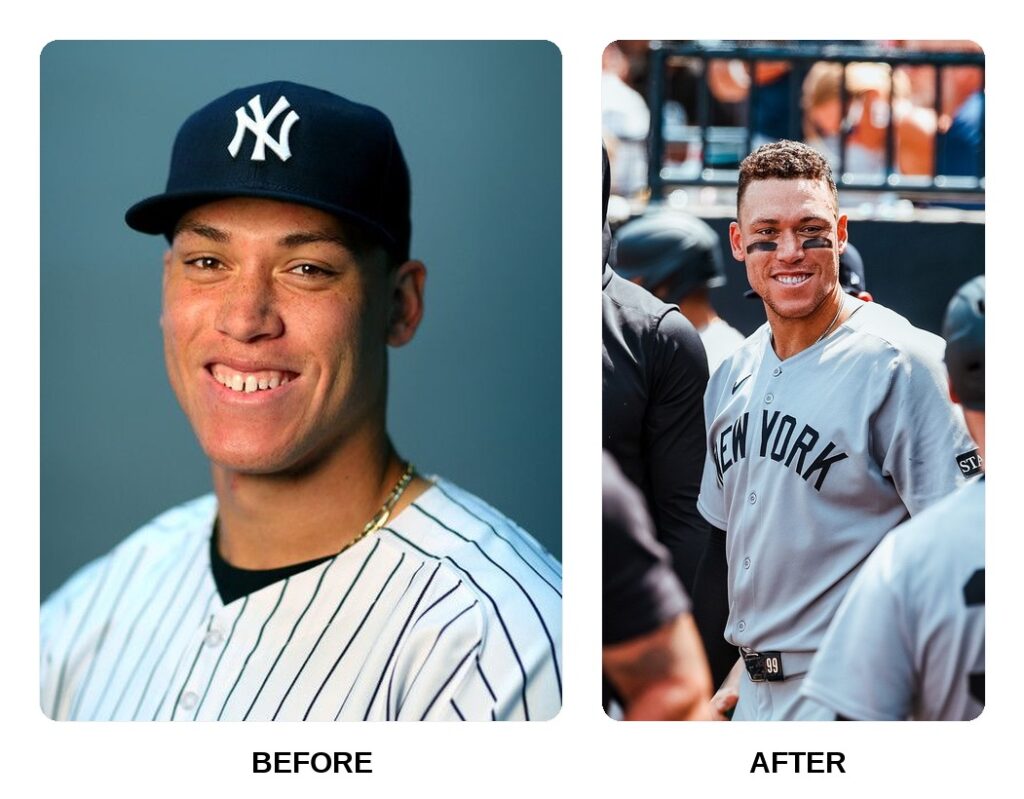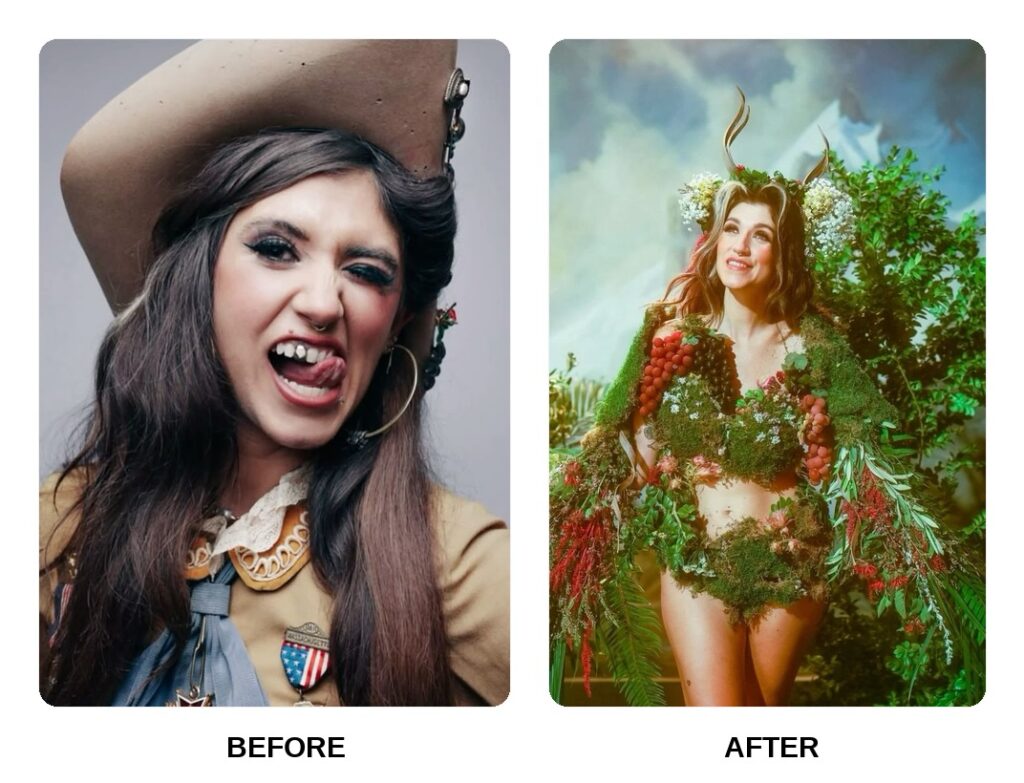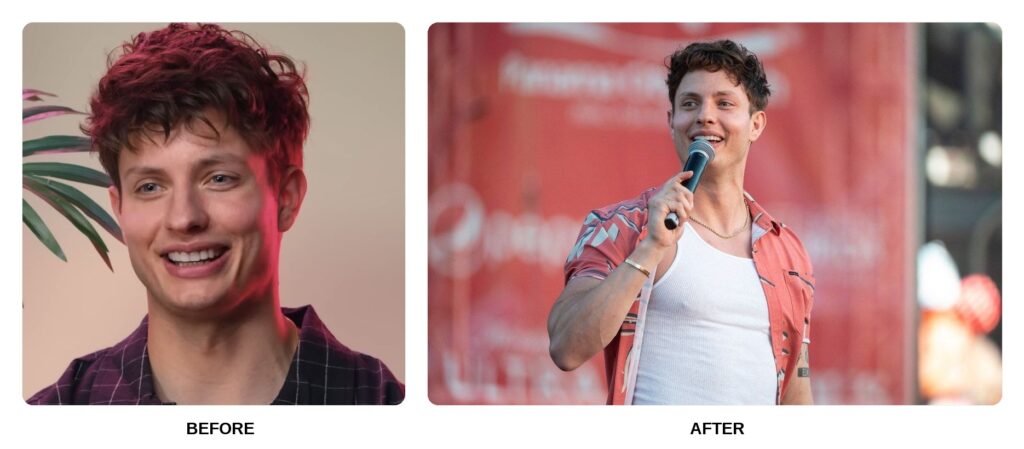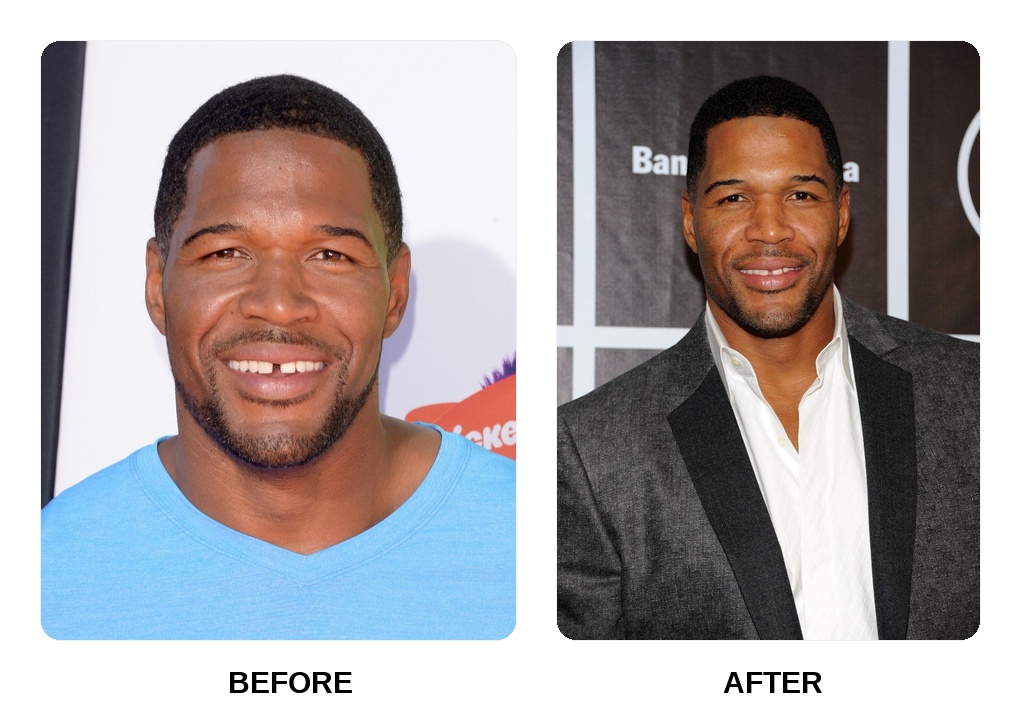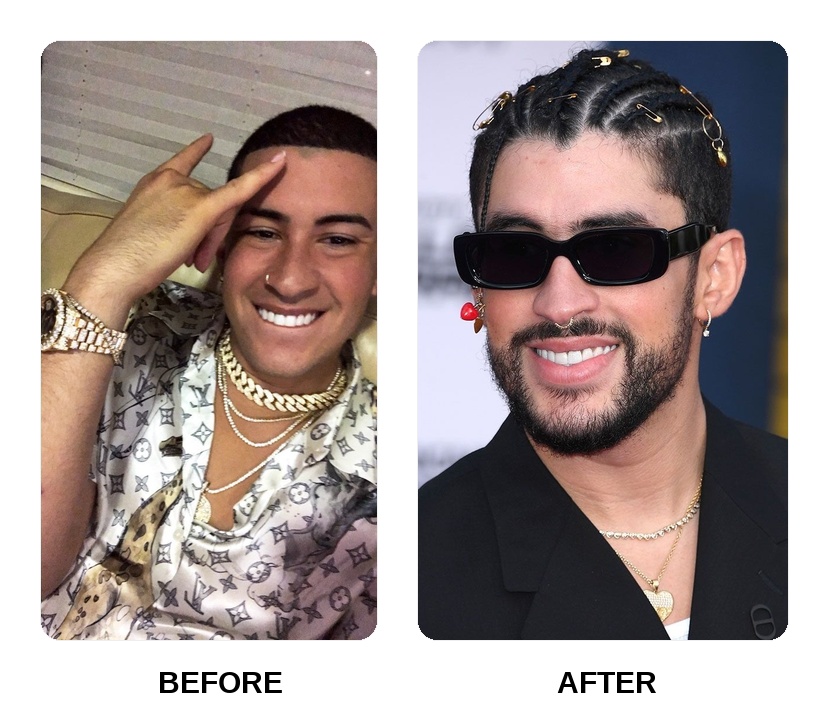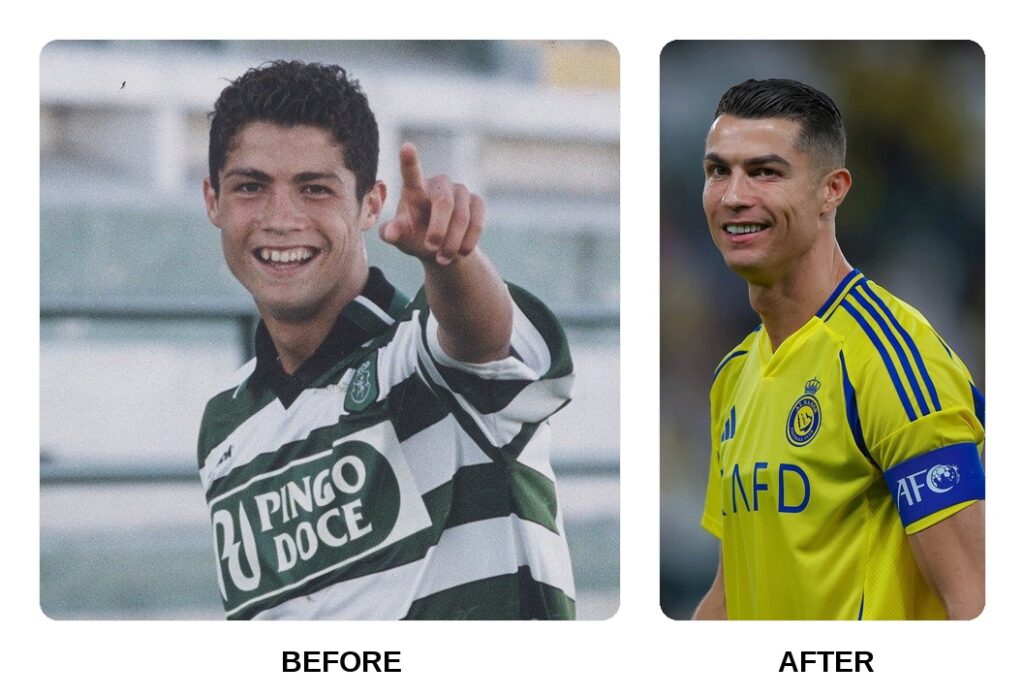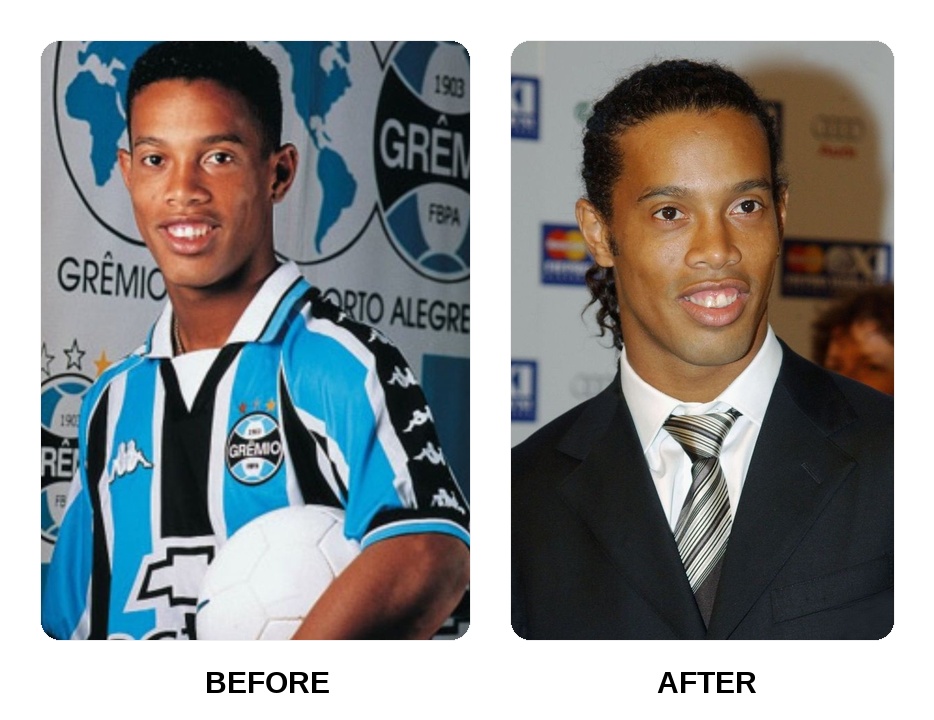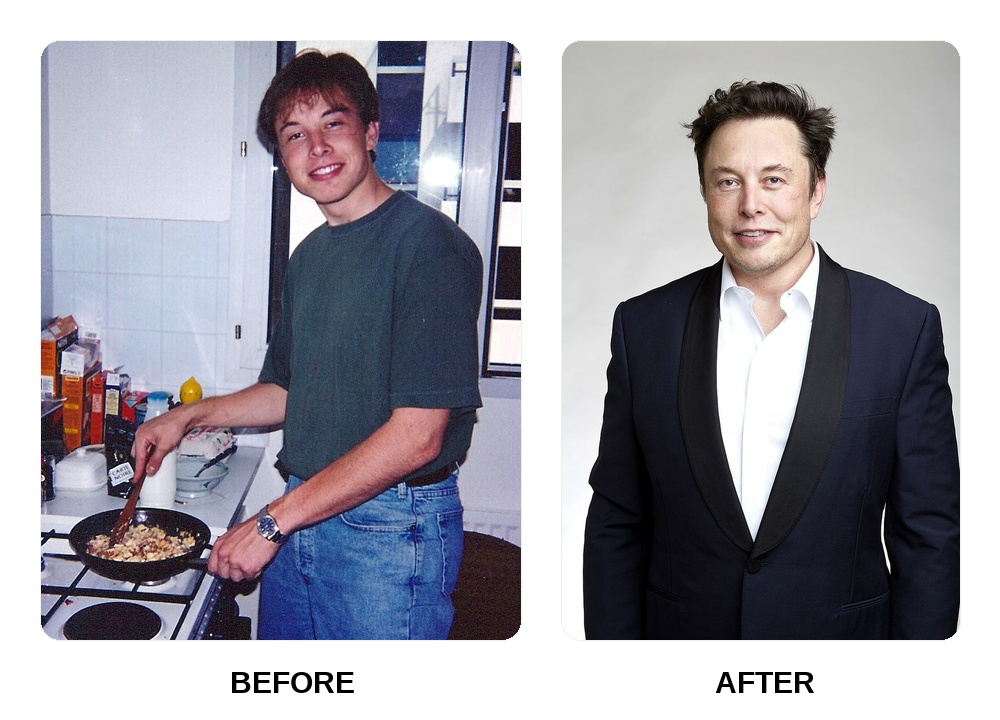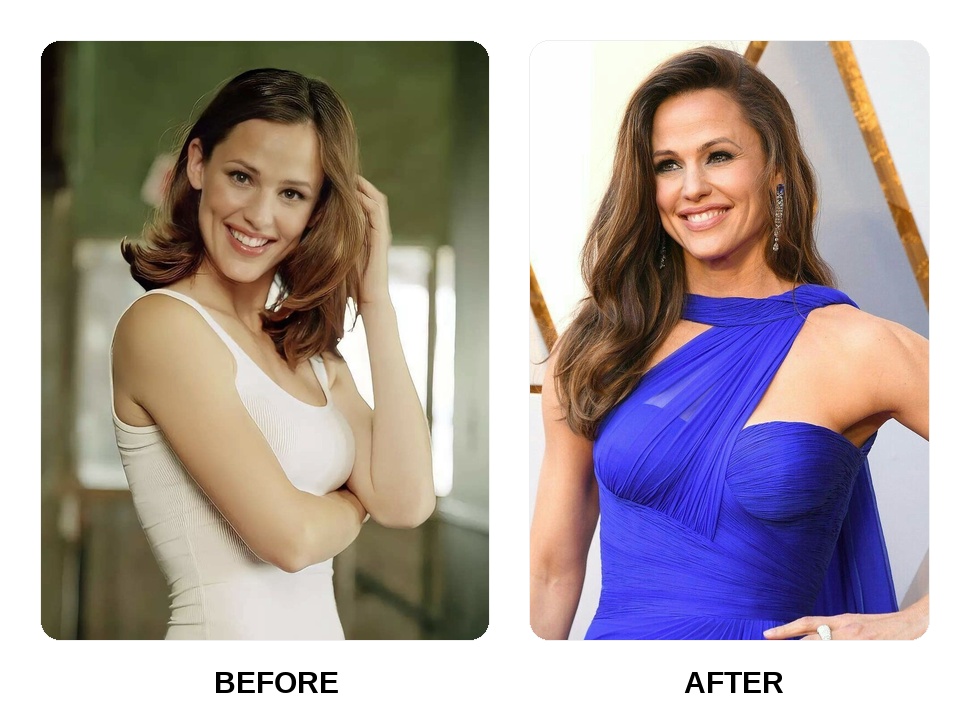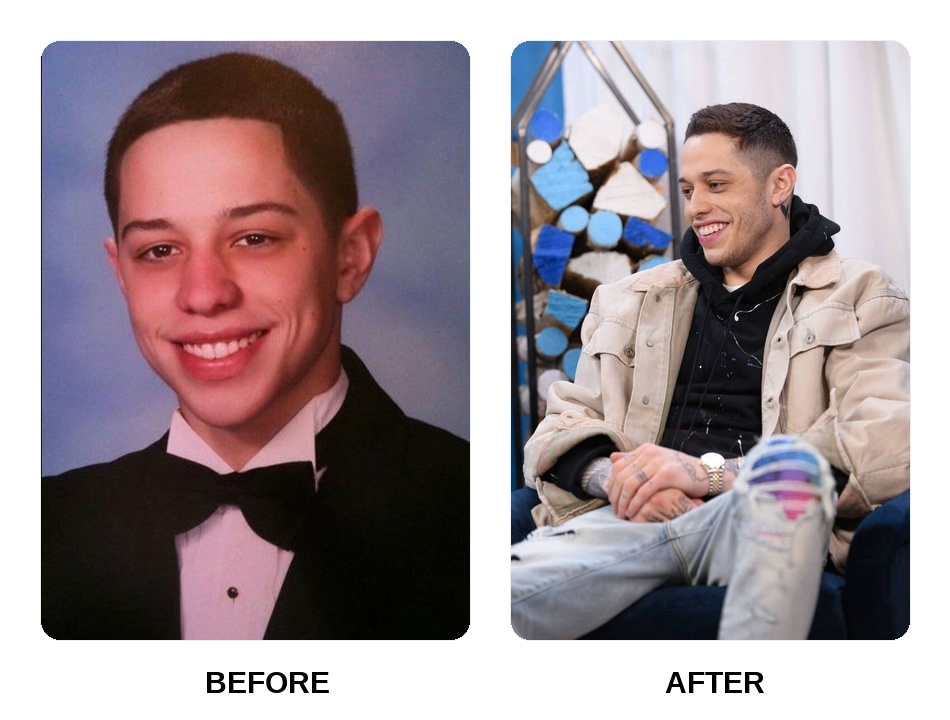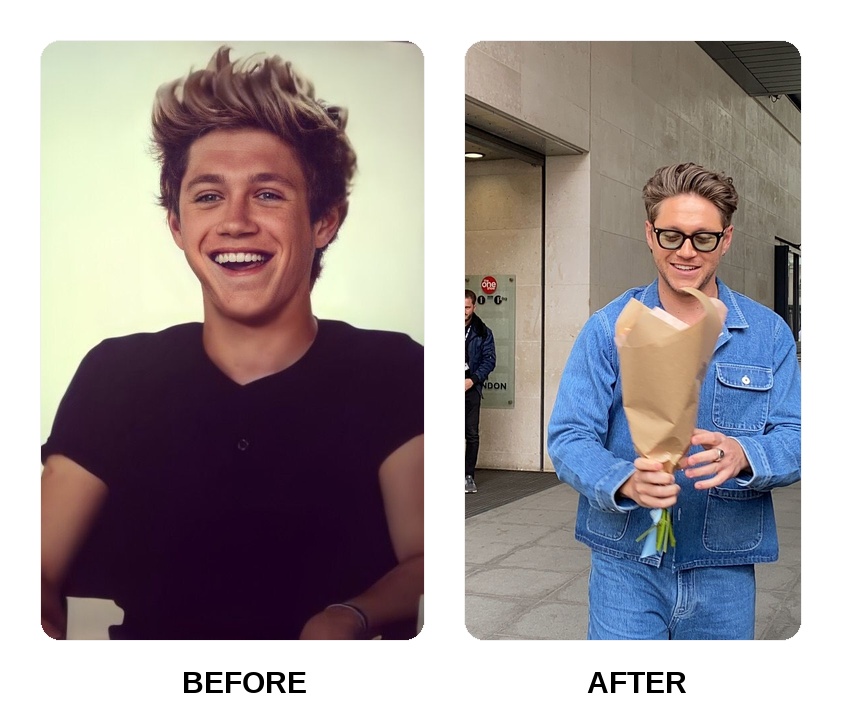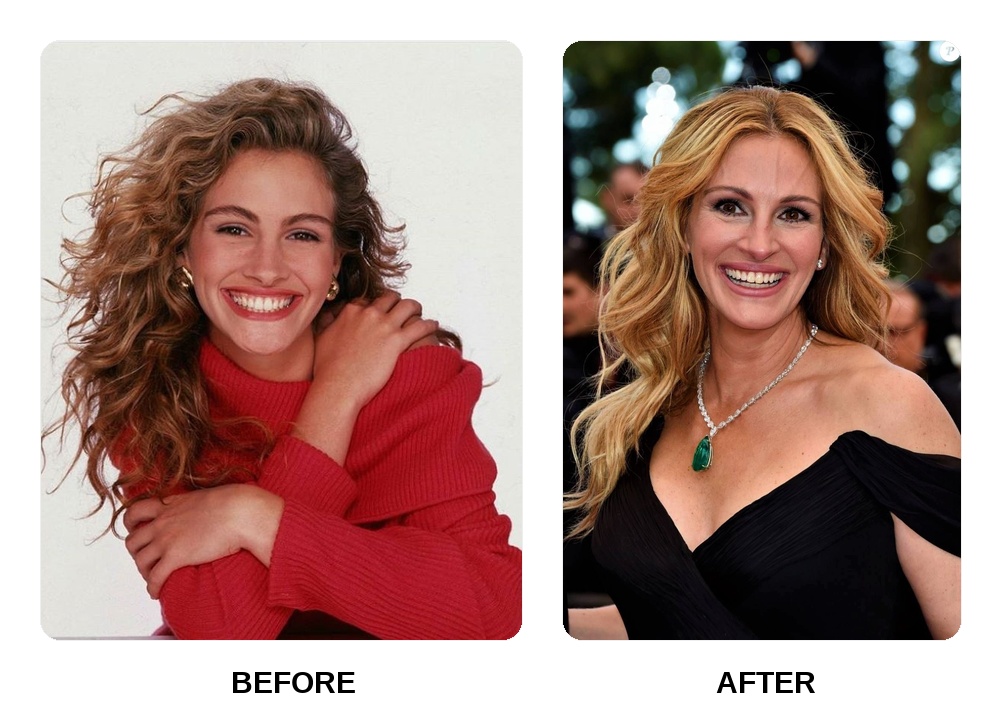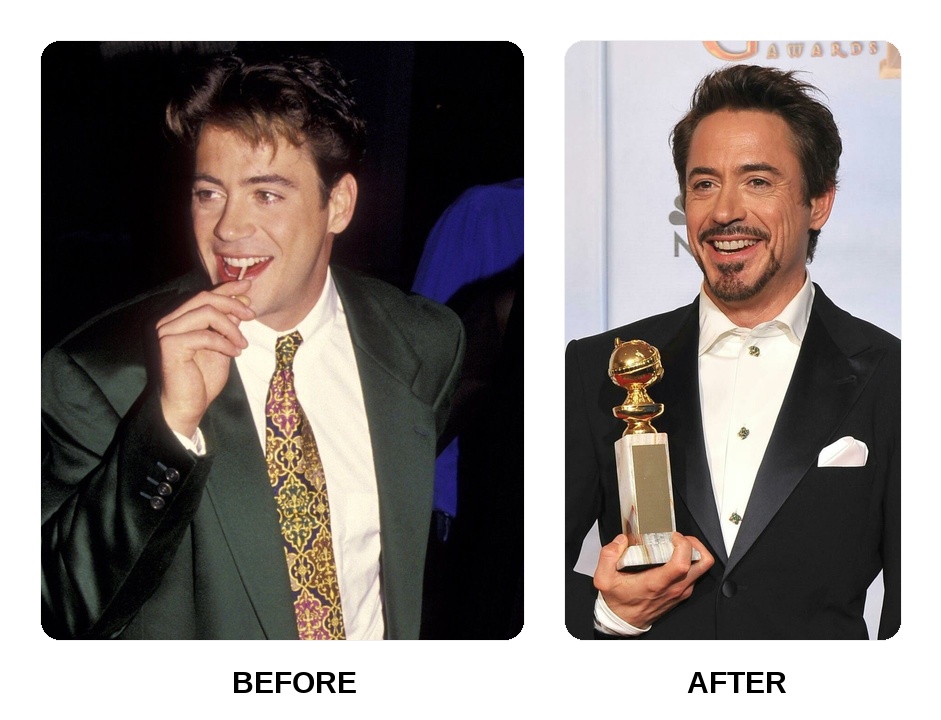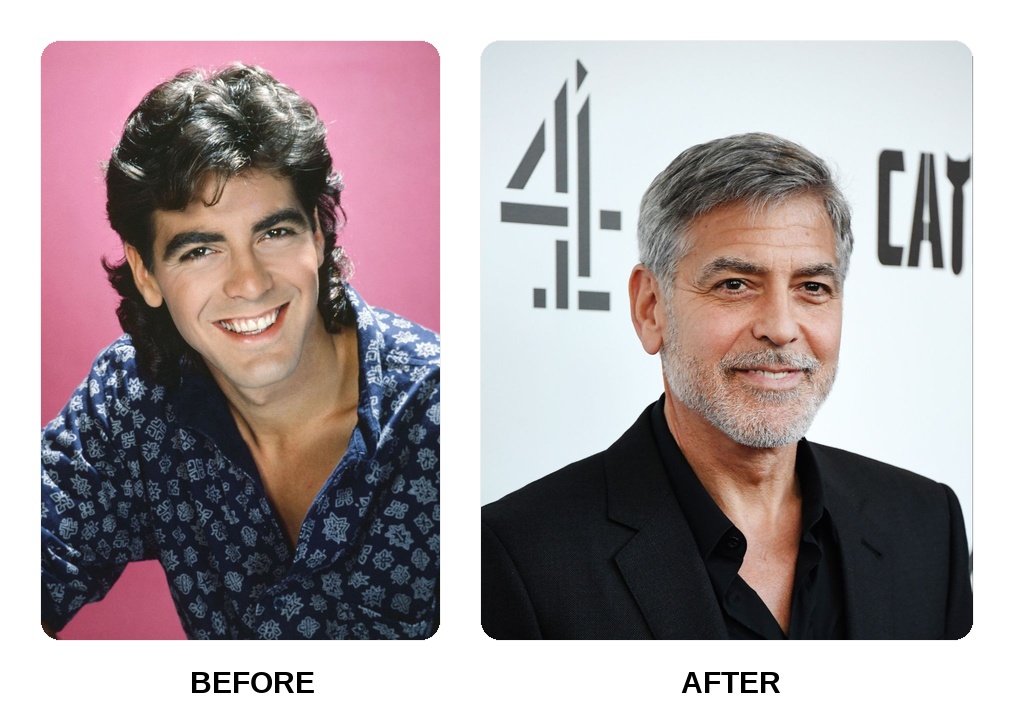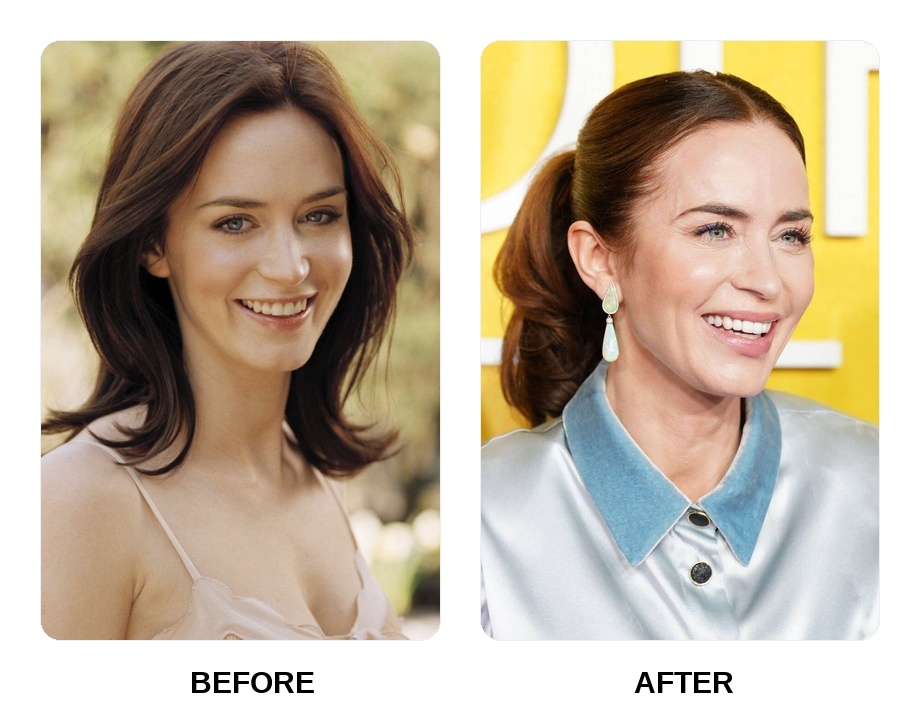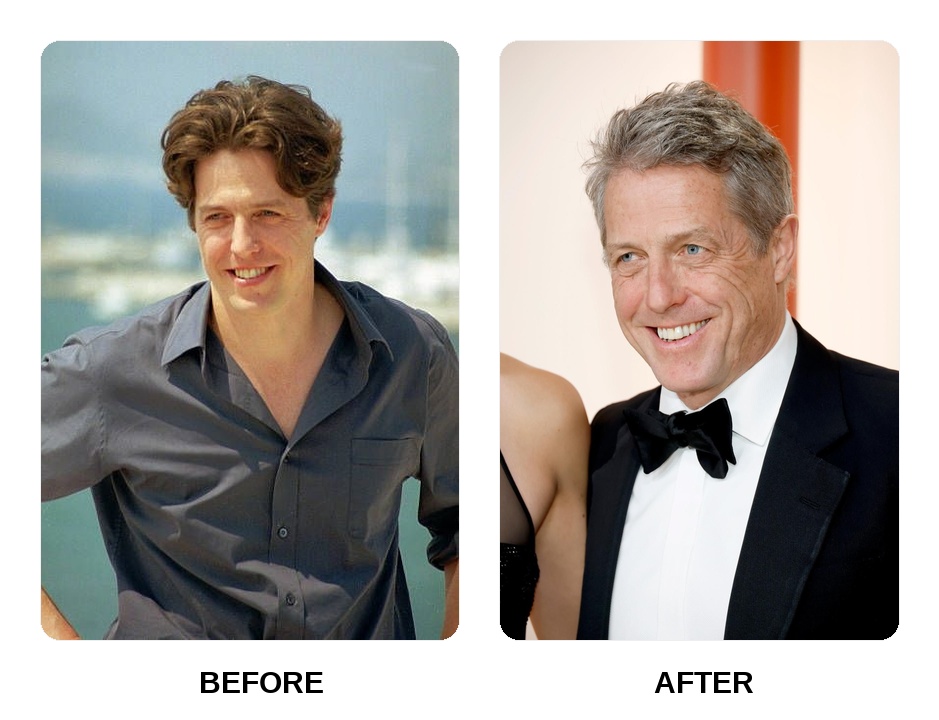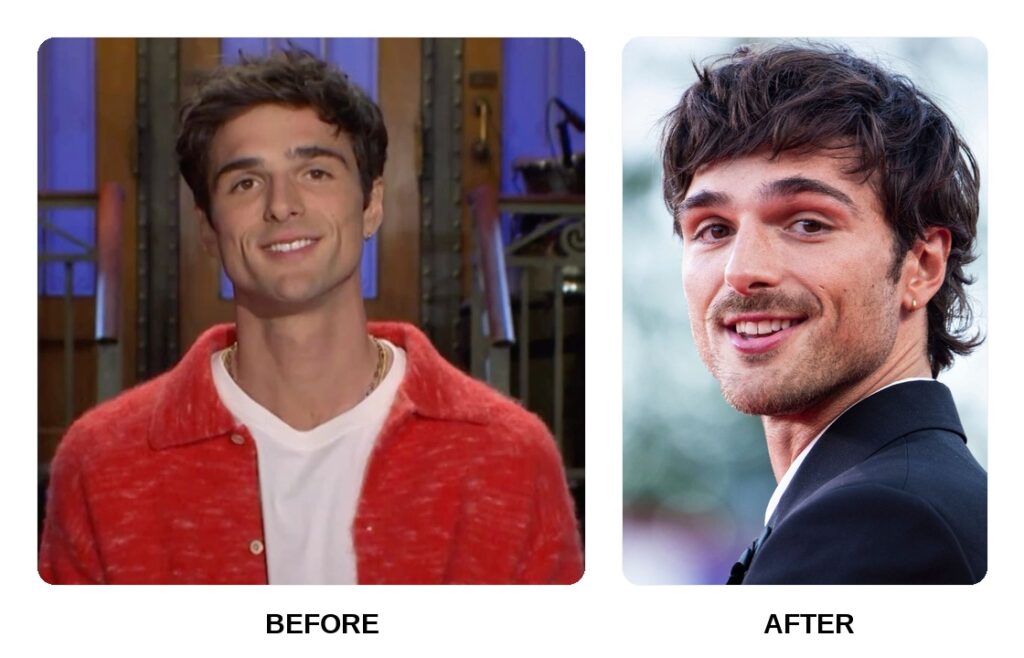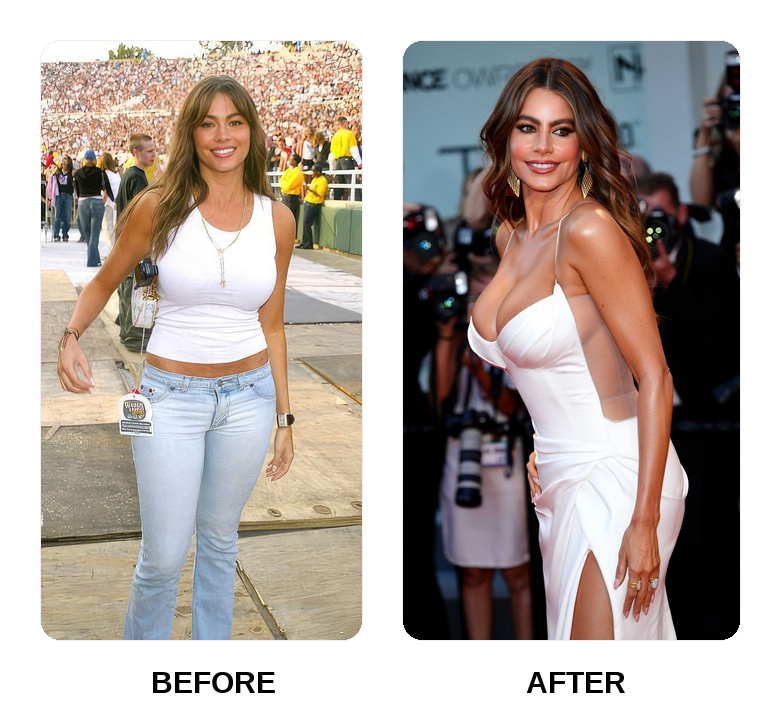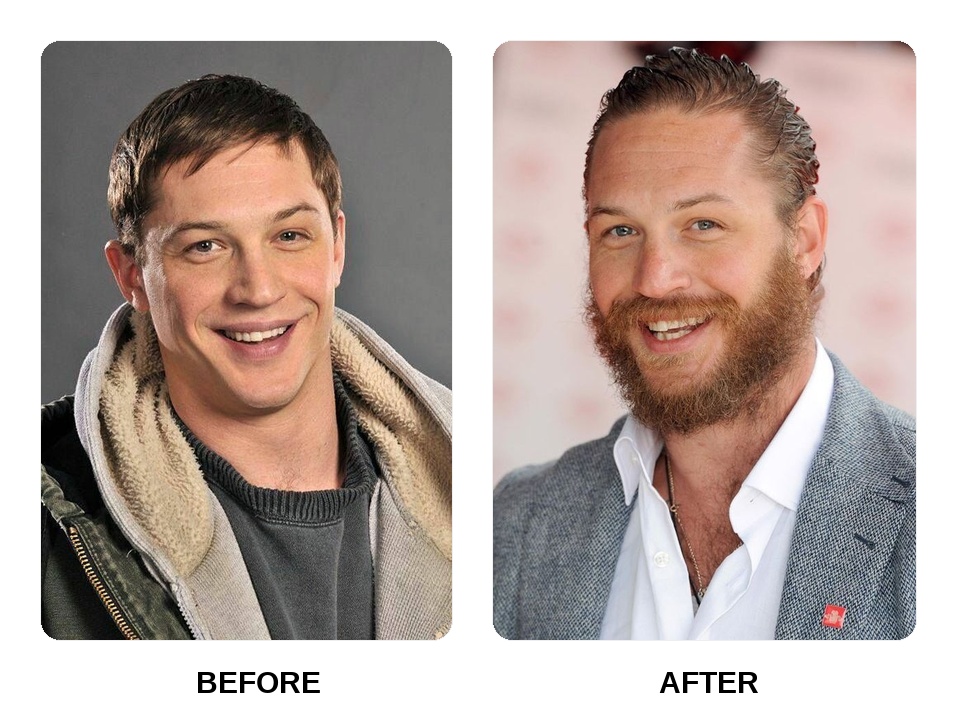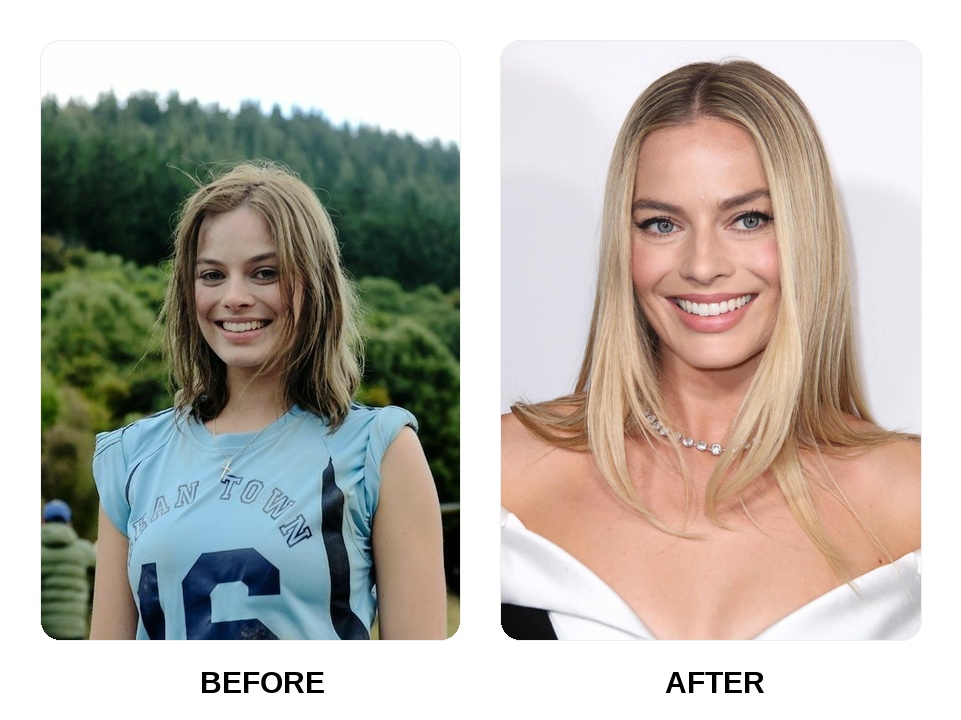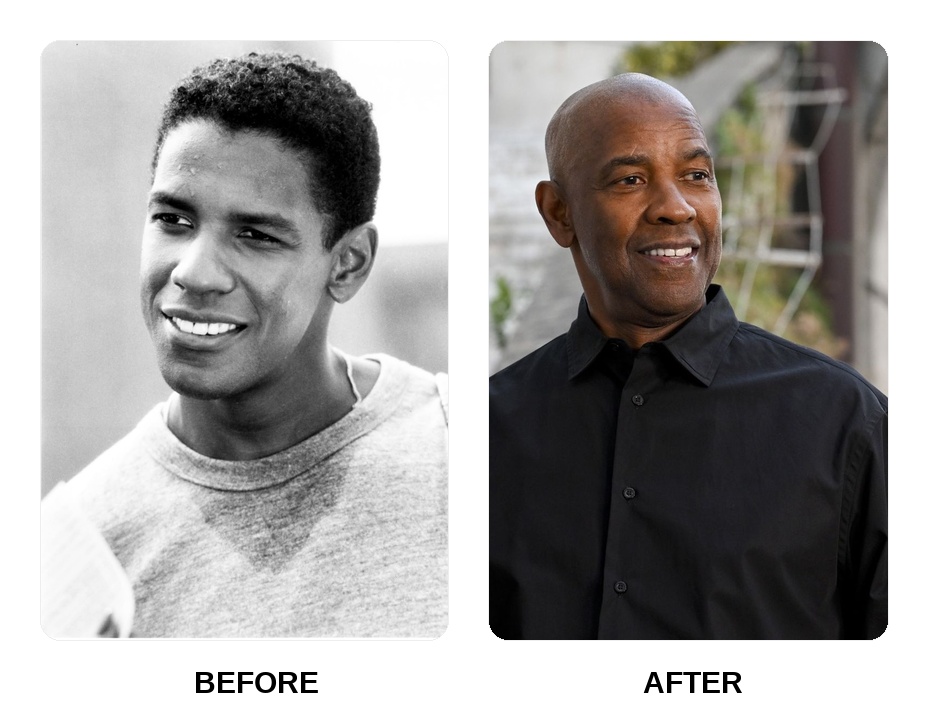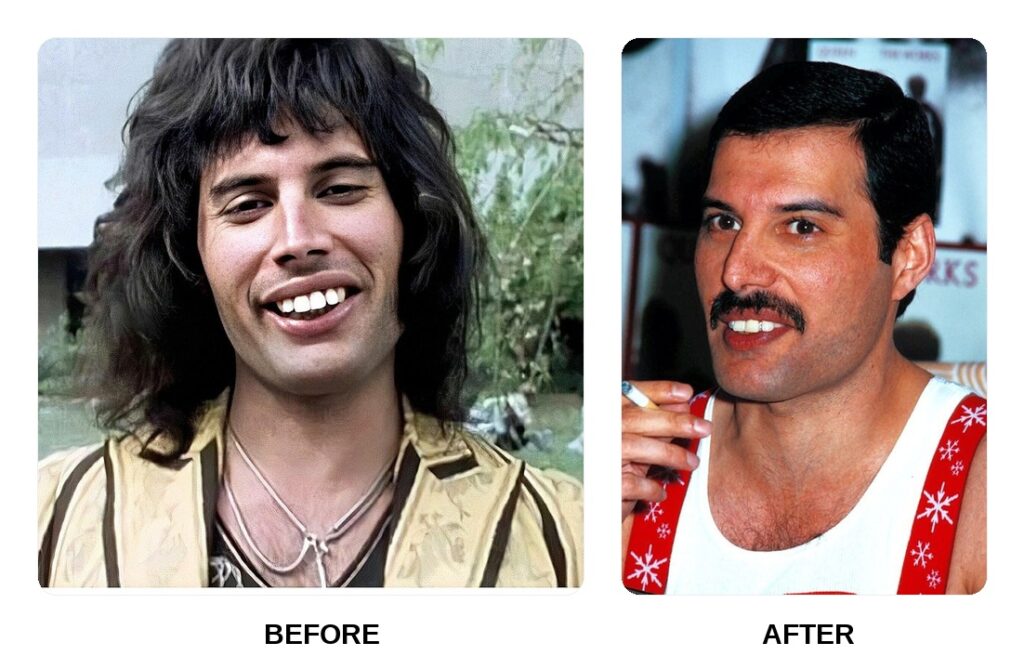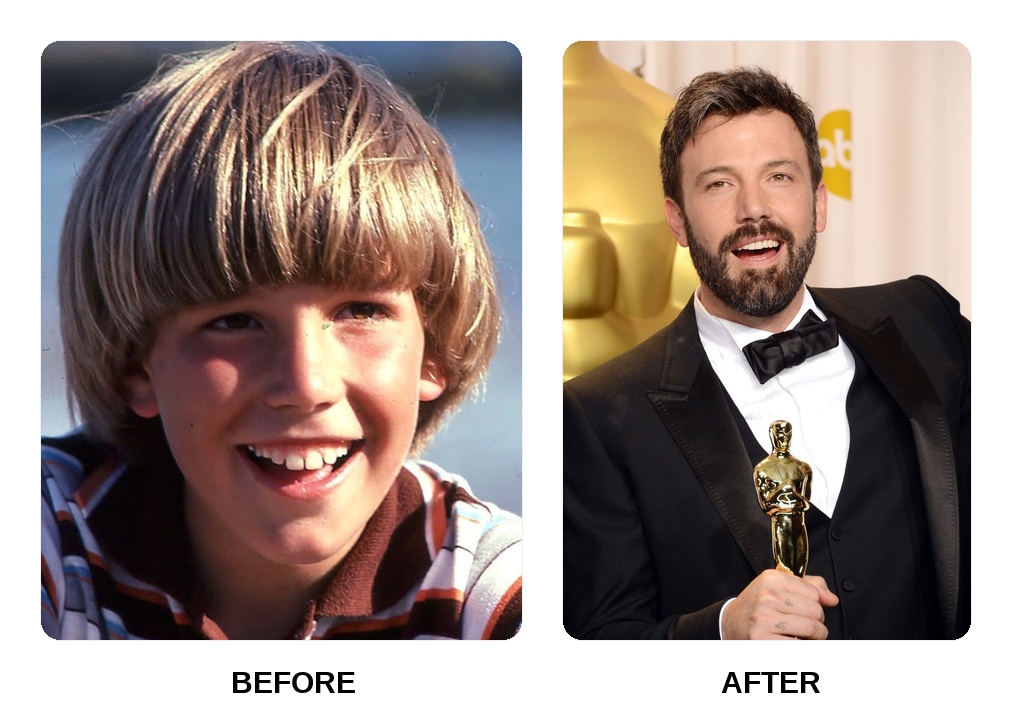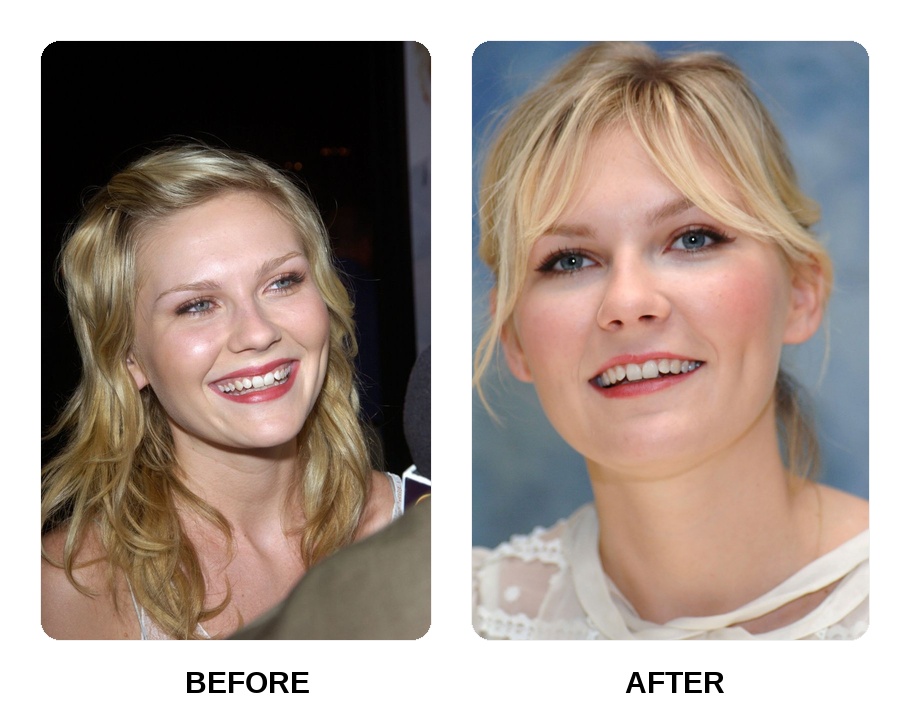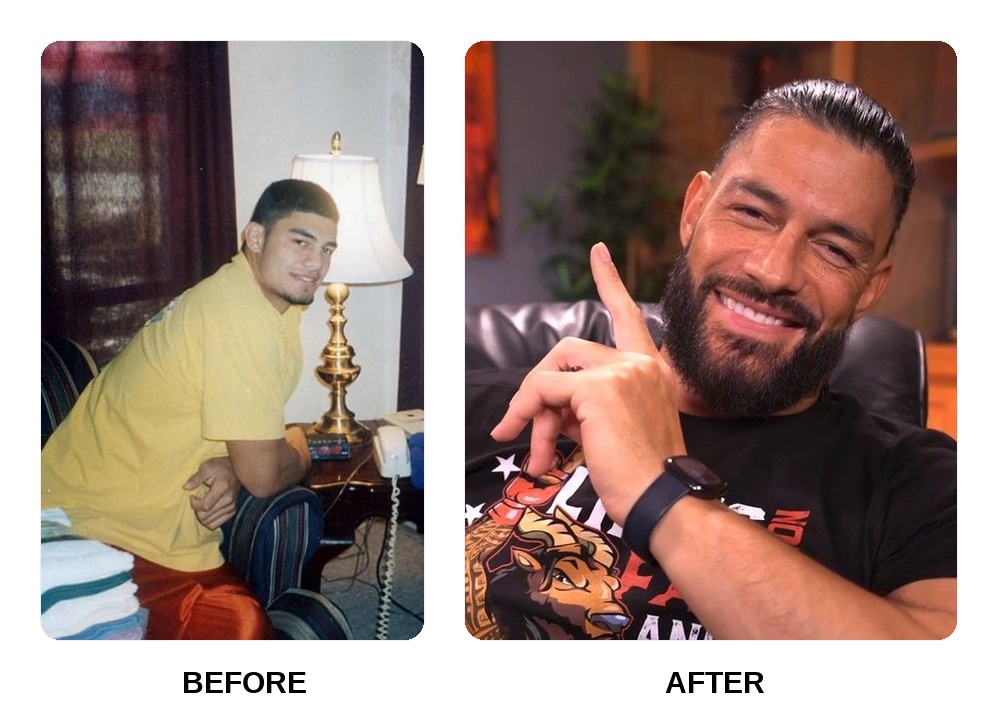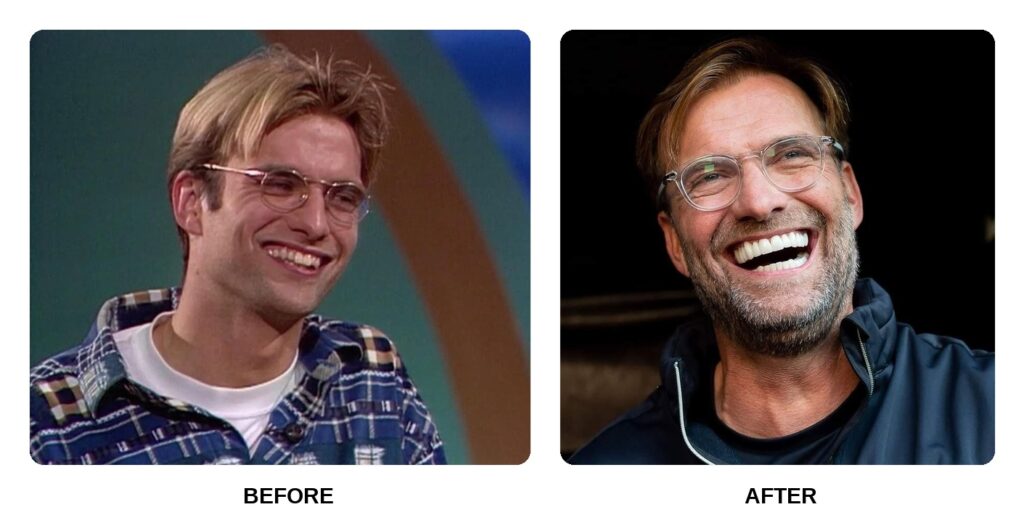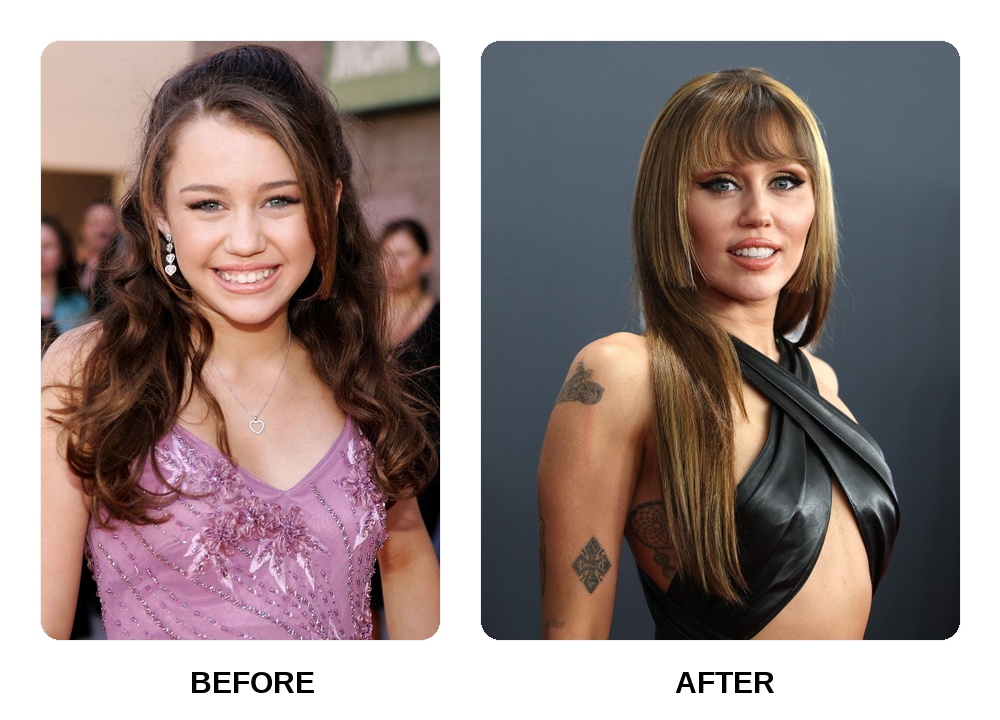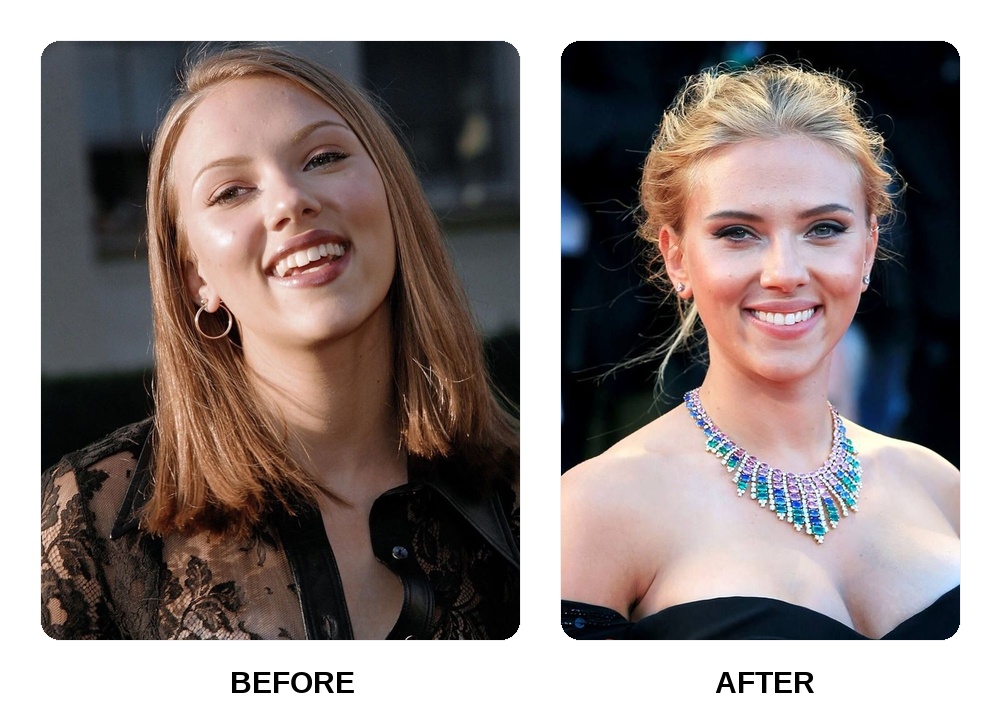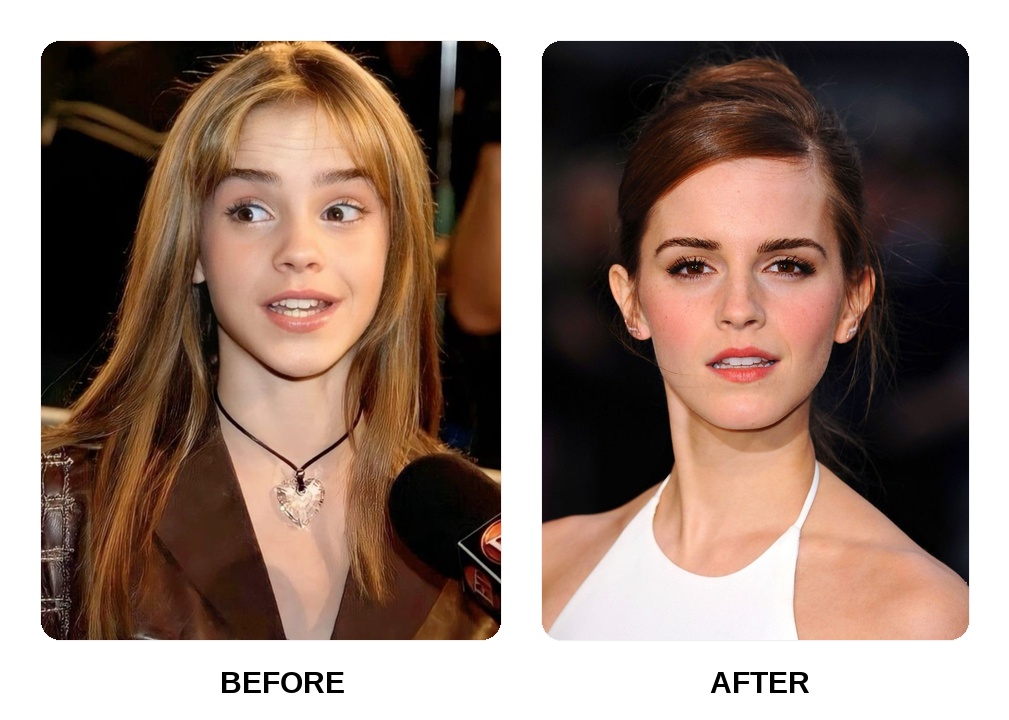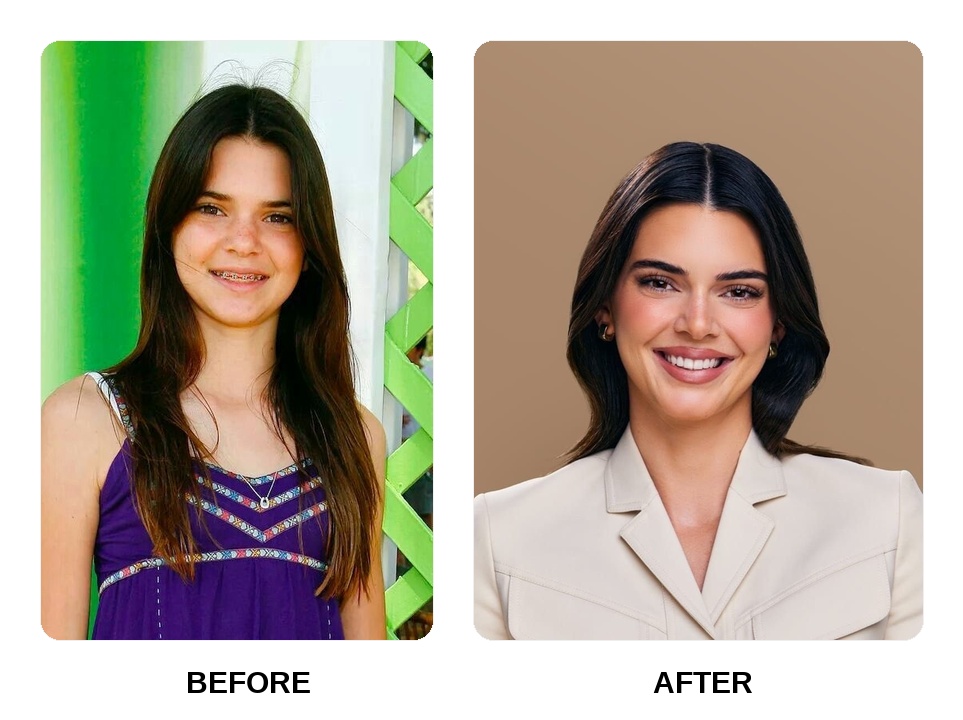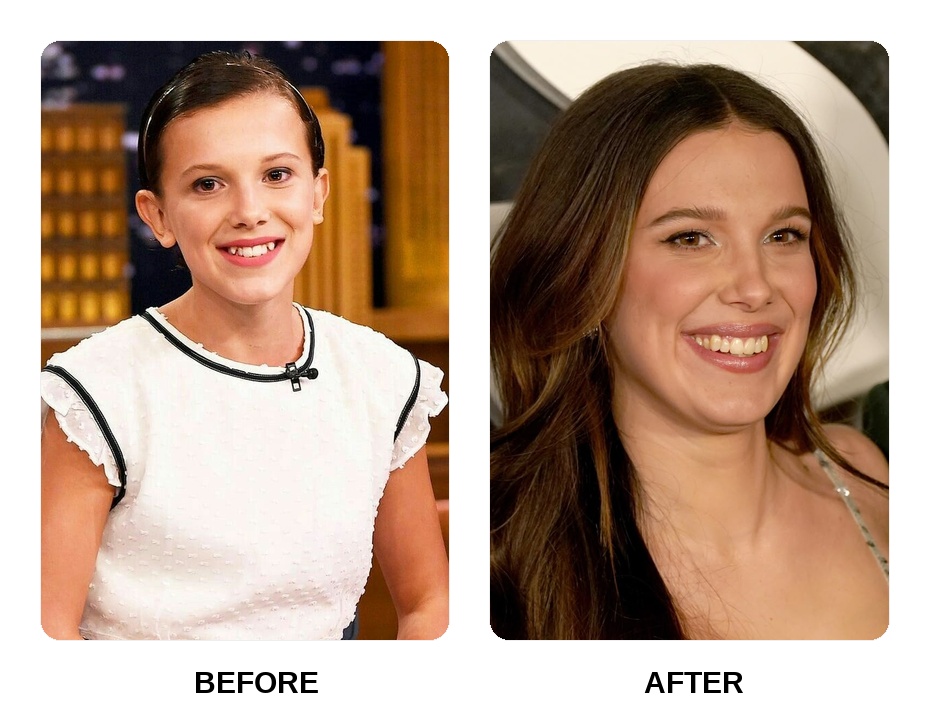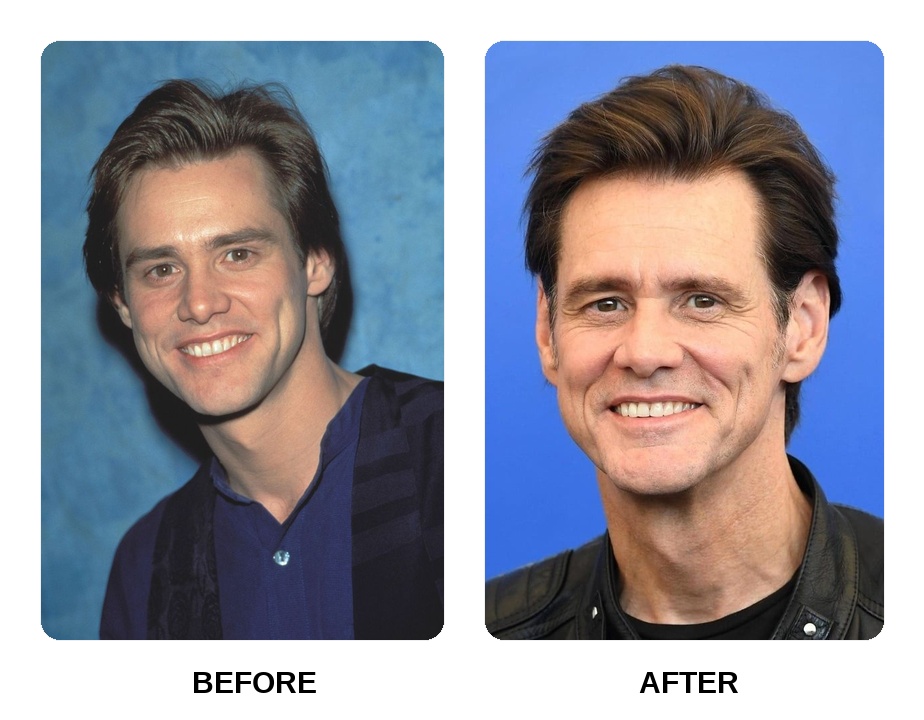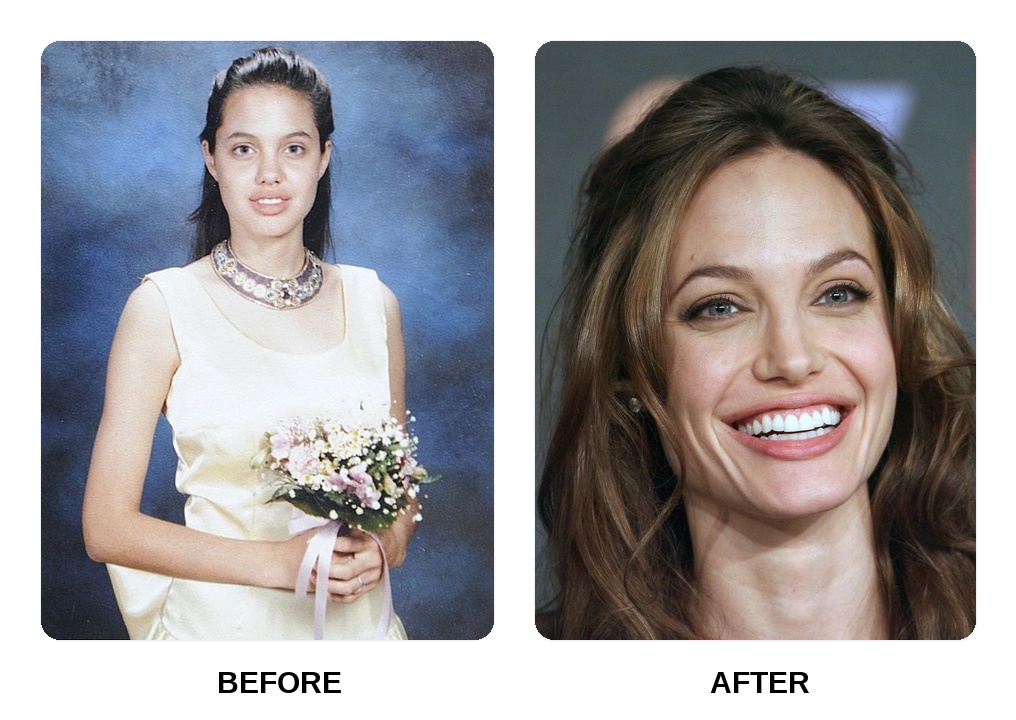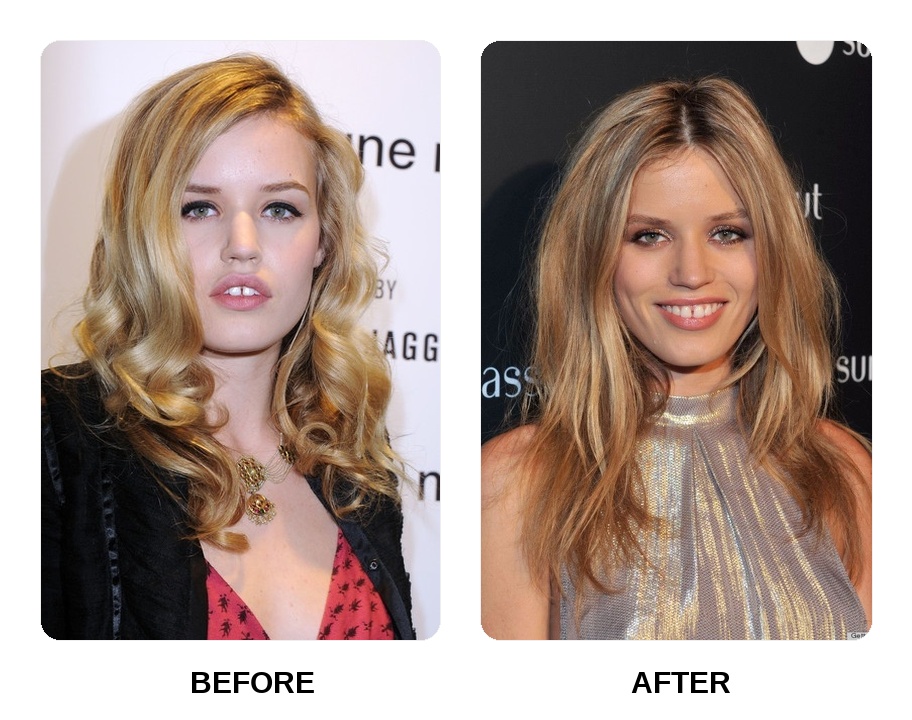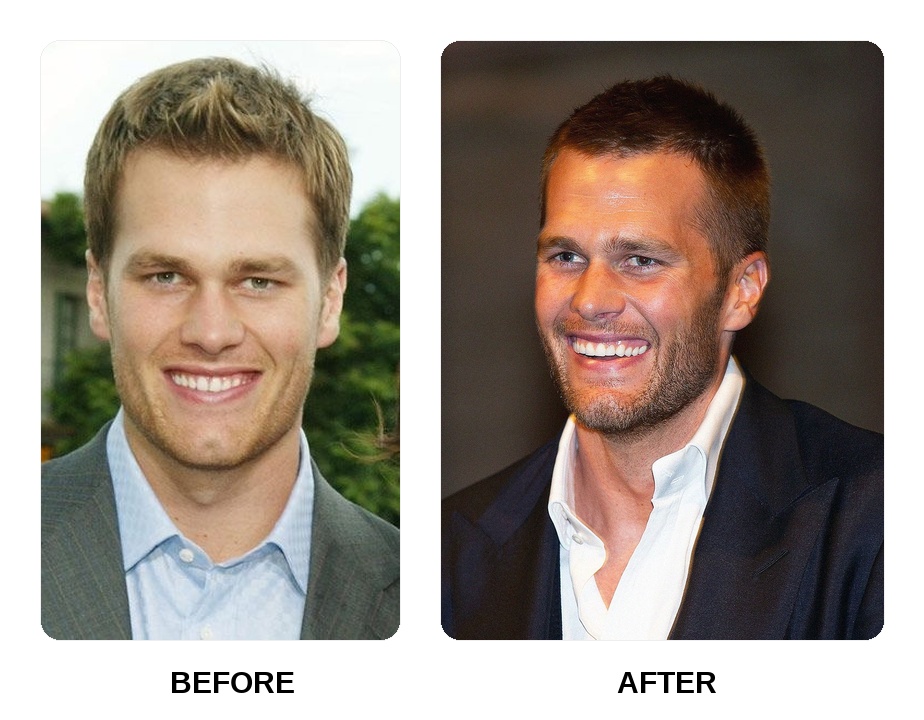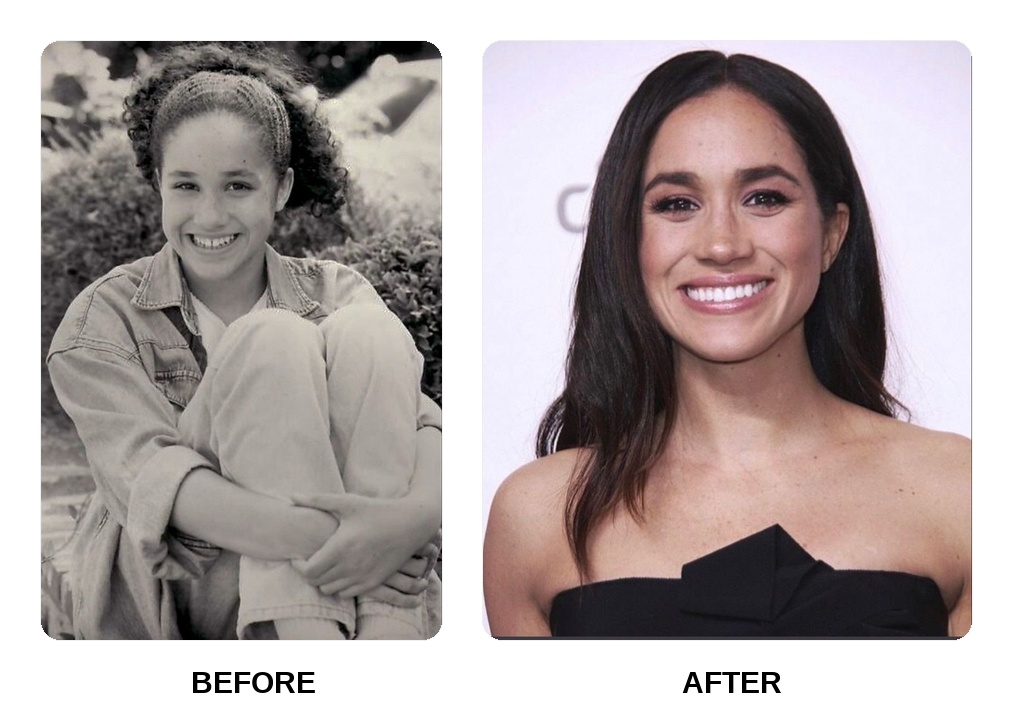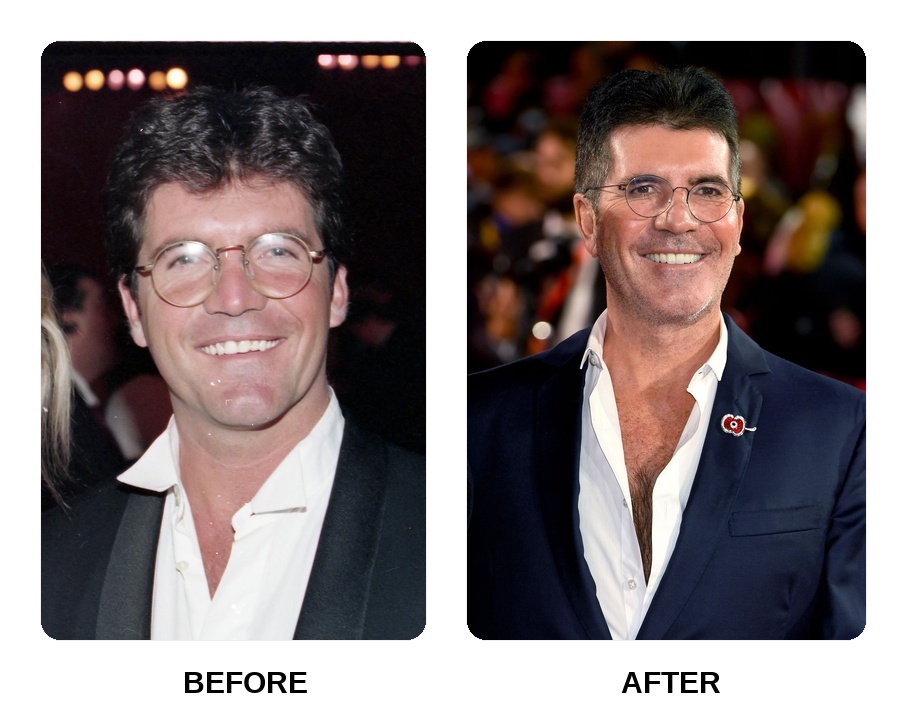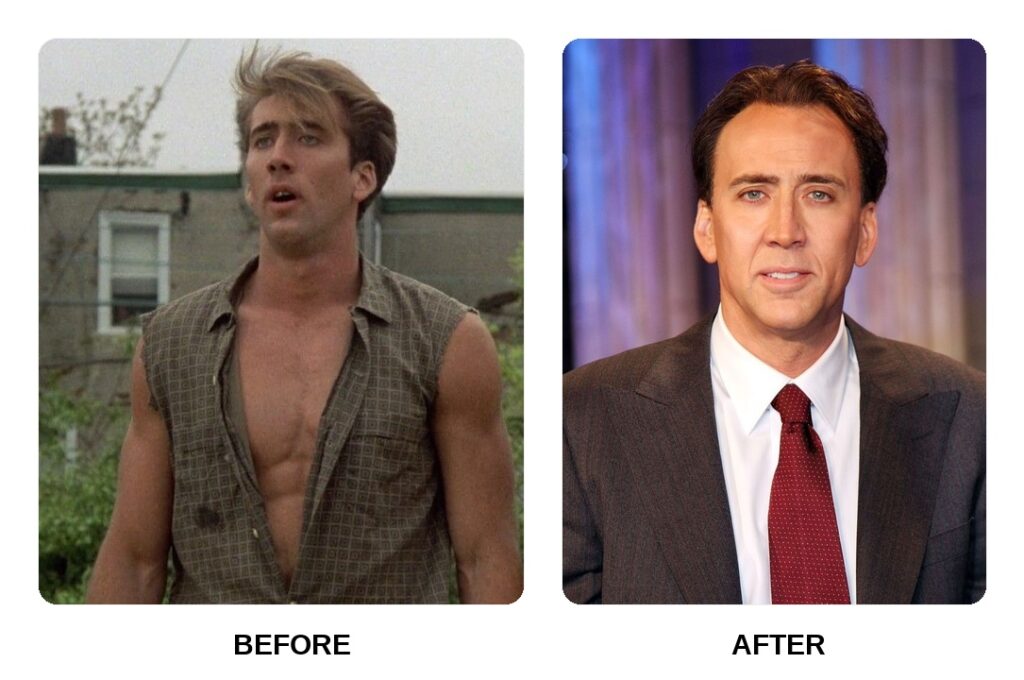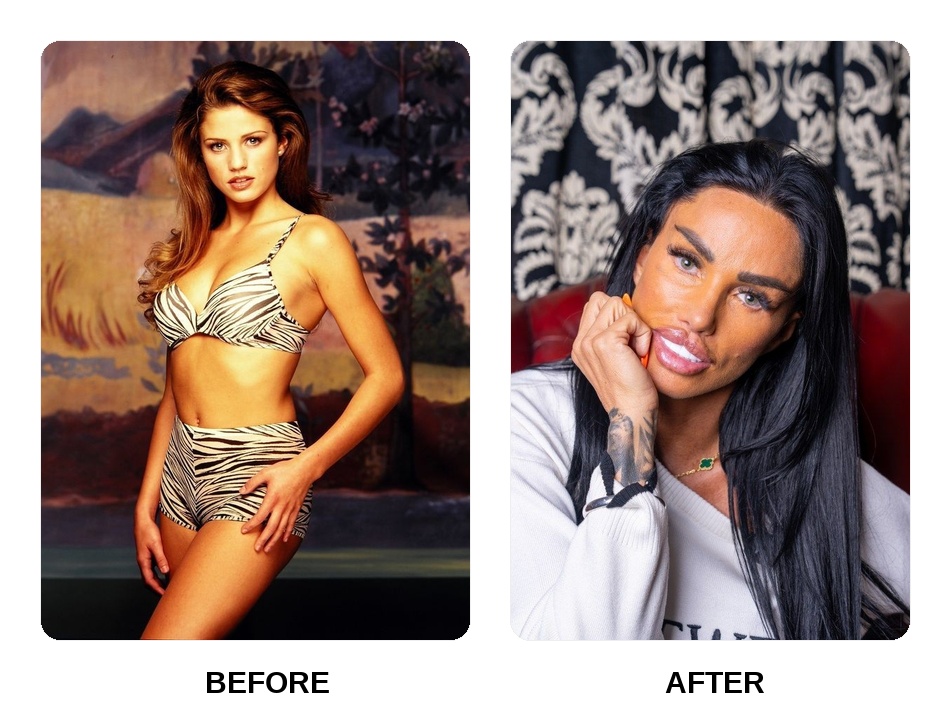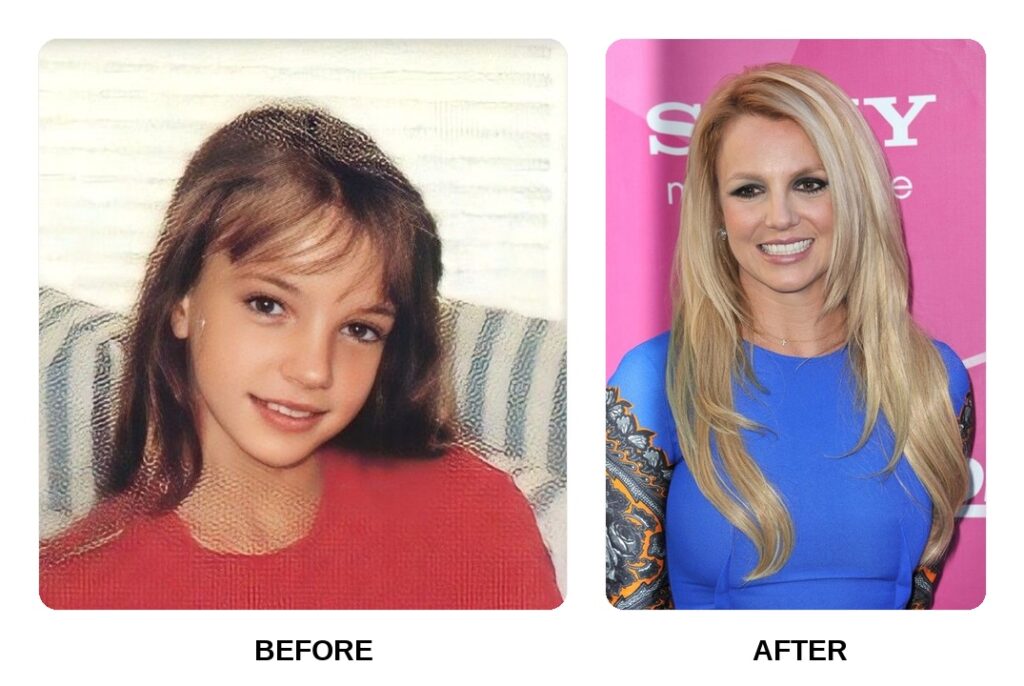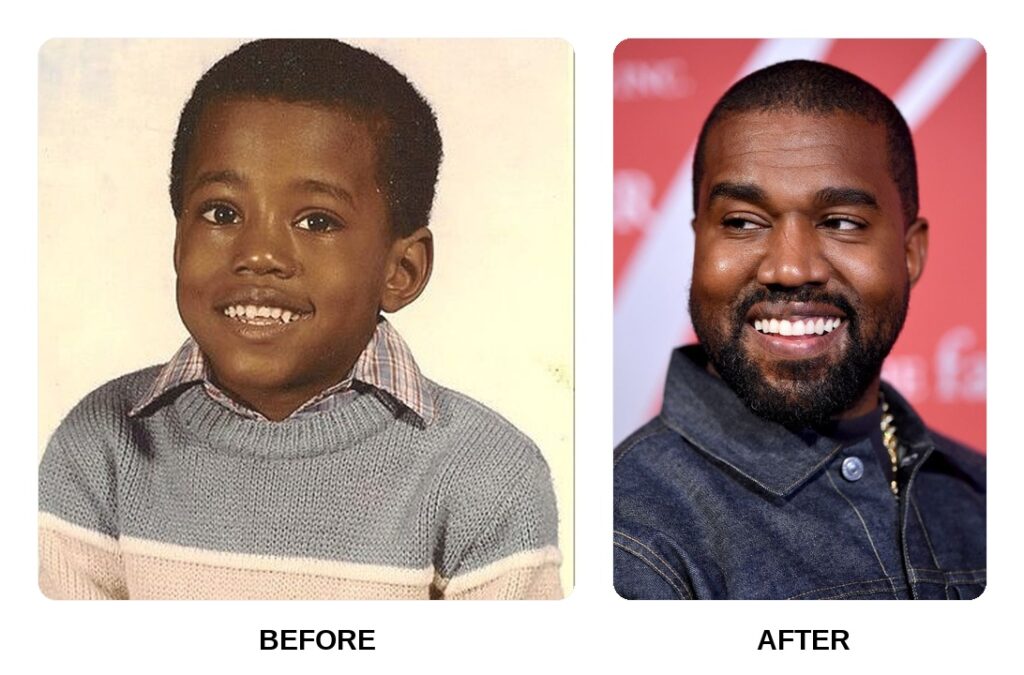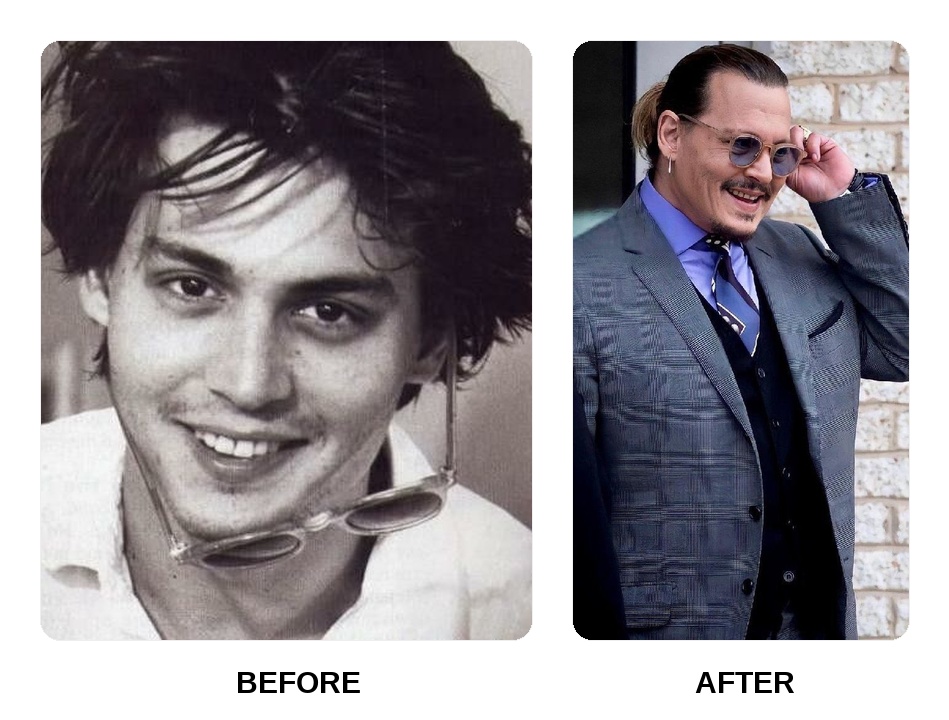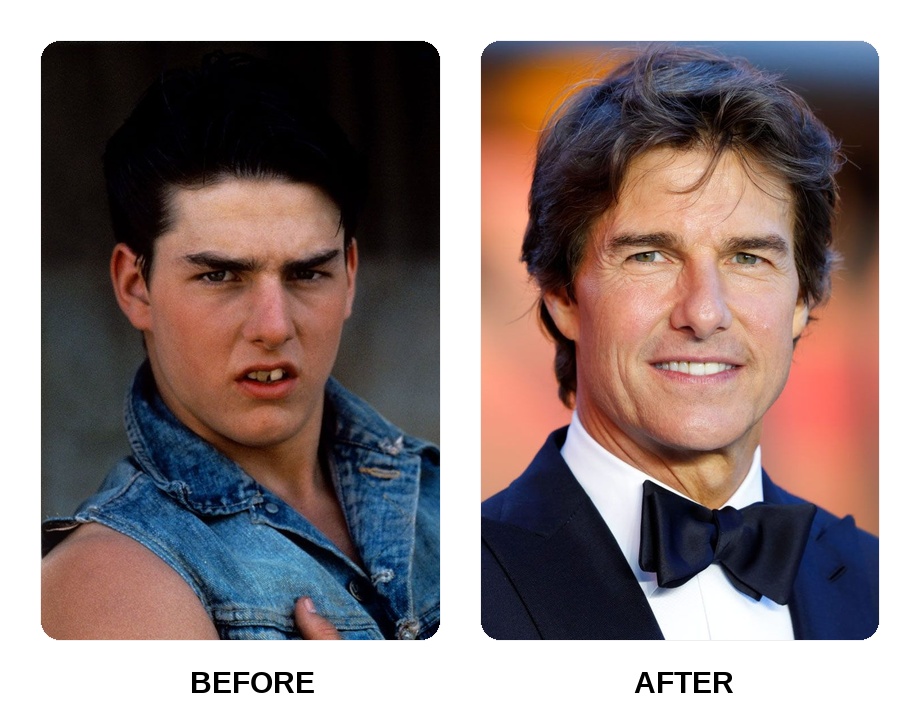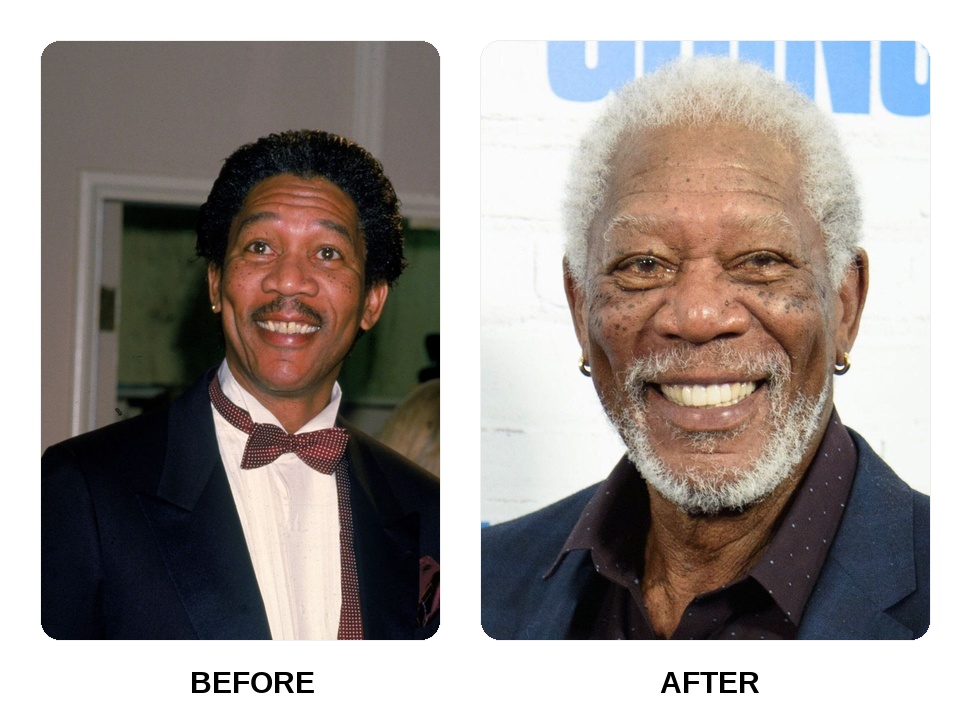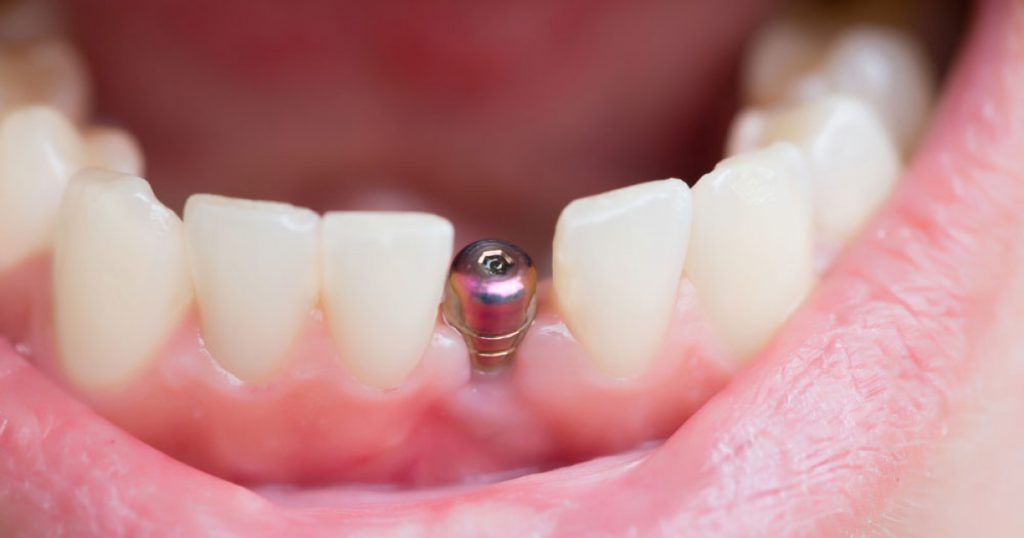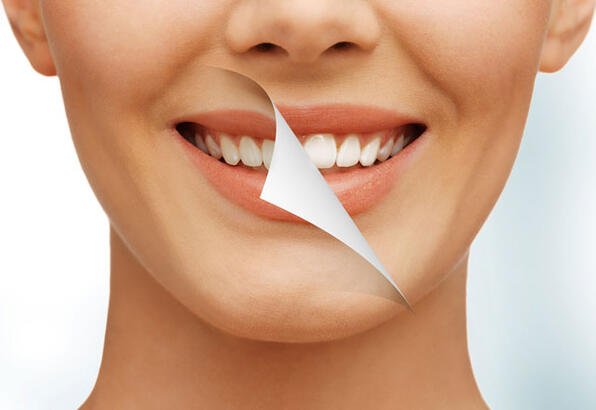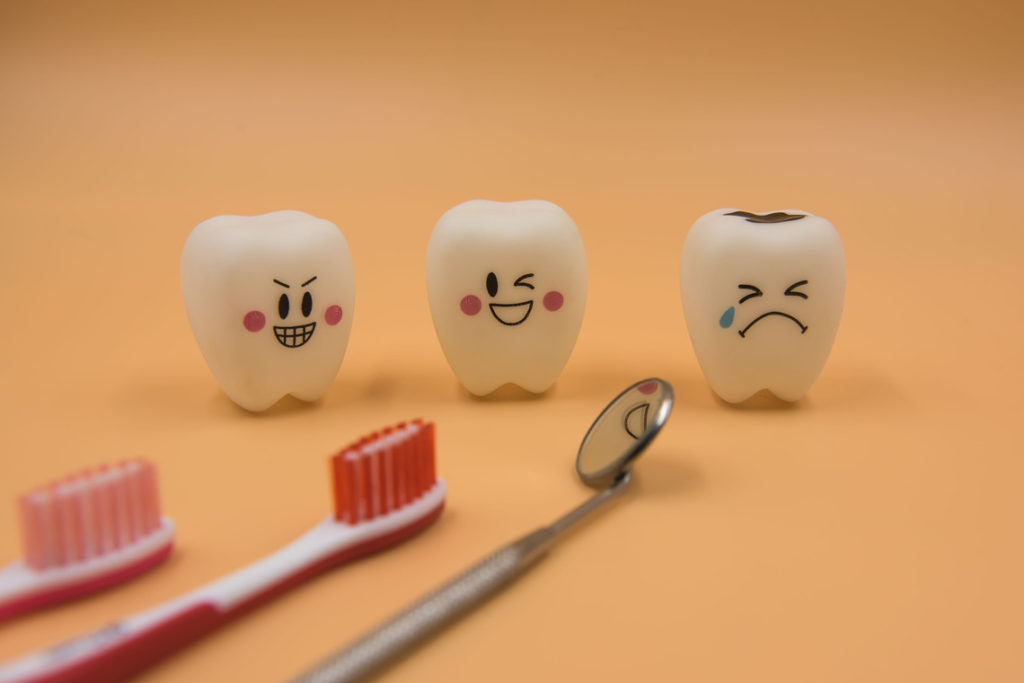Freddie Freeman teeth: Freddie Freeman new teeth before and after

Freddie Freeman underwent a dramatic smile makeover, with his “new teeth” transforming his once imperfect smile into a bright, straight, and uniform look. His early-career teeth had minor issues – slight crookedness, small gaps, and an off-white shade – which are evident in older photos. After his dental enhancements, Freddie’s teeth now appear perfectly aligned and dazzlingly white, as if made for the cameras.
In before images (circa 2010-2014), Freeman’s smile showed natural spacing and some misalignment. His front teeth were healthy but not perfectly even; subtle stains were visible from his love of coffee and red wine. After his dental work (2016 onward), he debuted a refined smile with straight teeth of uniform size and a gleaming white color. This stark before-and-after contrast drew fan attention, as his smile became notably more photogenic. By the time he joined the Los Angeles Dodgers in 2022, observers described his teeth as “Hollywood-ready” – a term for the kind of immaculate, camera-friendly smile common among celebrities. In summary, Freddie Freeman’s “new teeth” refer to the result of cosmetic dentistry that corrected imperfections and gave him a confident, polished smile. This transformation not only improved his appearance but also likely boosted his self-confidence, reflecting how a great smile can positively impact a public figure’s image.
Freddie Freeman teeth: historical dental transformation and evolution
Freddie Freeman’s dental appearance evolved gradually from his rookie days to now, with a significant turning point after 2015 when he received porcelain veneers. Tracing the history of his smile shows a clear progression:
- 2010 (Rookie Year): Upon entering MLB, Freddie’s teeth were in their natural state – slightly crowded front teeth, minor gaps, and some discoloration. They weren’t perfectly aligned, giving him what dentists call a “character smile.” Despite these imperfections, his teeth were healthy and functional, just not cosmetically refined.
- 2013: As an emerging star, his smile remained largely unchanged. Photos from this period show crooked edges and staining, especially noticeable under bright stadium lights or during interviews. There was no major dental work yet, so any misalignment or color unevenness present in 2010 was still visible by 2013.
- 2015 (Offseason): This was the turning point. In November 2015, Freeman decided to improve his smile and underwent a major cosmetic dental procedure. He spent about 7½ hours in the dentist’s chair to get porcelain veneers on his teeth. (He later humorously explained the reason: “I like coffee and red wine too much,” which had contributed to staining.) This long session indicates multiple teeth were treated with veneers in one go.
- 2016: By spring training 2016, fans noticed a subtle but definite change. His smile looked brighter and more even. The improvements weren’t overdone or fake-looking at first glance – just a better version of his smile. Close-up shots showed straighter teeth with a consistent pearly color. This was essentially the debut of Freddie’s new smile after the veneers.
- 2017: His dental transformation was fully evident. The veneers gave him a polished, uniform appearance, and he likely maintained it with professional whitening treatments. By 2017, commentators frequently mentioned his great smile. It had become one of his signature features, often highlighted during TV interviews and promotional photos.
- 2021: During the Braves’ World Series run, Freeman’s smile was front and center. At this point, any viewer could tell his teeth were perfectly aligned and brilliantly white, sparking even more discussion among fans. Some jokingly noted that his teeth were so bright they could “be seen from space” – a playful exaggeration reflecting how striking his smile looked on HDTV broadcasts.
- 2022-Present: After signing with the Dodgers and moving to Los Angeles (a city famous for dazzling smiles), Freddie’s teeth fit right in with the Hollywood crowd. His 2022 Dodgers debut photos show a flawless smile – straight teeth with no gaps, an ideal dental arch form, and a uniformly white shade. By 2025, his teeth remain in excellent shape, exemplifying an MLB player embracing cosmetic dentistry to enhance his appearance.
Summary: Over about a decade, Freddie Freeman’s teeth went from “a bit of character” to “picture-perfect.” The key change occurred in late 2015 when he got porcelain veneers, after which his smile’s evolution accelerated. This journey mirrors a broader trend of athletes investing in their appearance. Freeman’s ever-improving smile not only reflects advancements in cosmetic dentistry but also how a confident grin can become part of an athlete’s personal brand.
Freddie Freeman smile
Freddie Freeman’s smile is now one of his defining features, known for its warmth and impeccable appearance. He has always been a player with a friendly demeanor, often seen grinning on the field and in interviews. Originally, his smile had what some might call “character” – it wasn’t perfect, but it was genuine and suited his personality. Fans found it relatable that a superstar like Freddie didn’t have a Hollywood-like smile in his early career.
After his dental enhancements, the quality of his smile elevated from ordinary to outstanding. His teeth became straighter and whiter, making his smile more striking in photographs and on camera. Importantly, the essence of Freddie’s smile – its genuine, joyful nature – remained the same. He didn’t change how often he smiled (he’s still as jovial as ever), but the visual impact of that smile is now far greater. It projects confidence and professionalism, on top of his friendly image.
From a dental perspective, Freeman’s smile now has ideal proportions: his upper teeth follow a nice curve along the lower lip when he smiles (aesthetic dentists call this the “smile arc”), and the tooth color is bright without looking unnatural. His gum line is healthy and mostly even, contributing to a balanced look. Fans and commentators sometimes refer to his “winning smile,” not just because it looks good, but because he often flashes it while celebrating wins or engaging with the community.
In short, Freddie Freeman’s smile combines natural charm with polished aesthetics. It exemplifies how modern dentistry can enhance a smile without losing the person’s character. His smile has become part of his personal brand – as much a part of his public identity as his baseball accomplishments.
(Quick snippet: Freddie’s smile is both friendly and flawless, making it one of his trademark features on and off the field.)
How did Freddie Freeman fix his teeth?
Freddie Freeman fixed his teeth primarily by getting porcelain veneers, complemented by teeth whitening, to correct misalignment and discoloration. The process began in late 2015, when he opted for a cosmetic dental overhaul. Here’s how he did it:
- Porcelain Veneers: These are thin ceramic shells that a dentist bonds to the front of the teeth to change their shape, size, and color. In Freddie’s case, he had veneers placed on his upper front teeth (and possibly some lower front teeth) to straighten his smile and cover stains. The procedure involved minimal tooth structure removal (removing a thin layer of enamel) and then custom-fitting the veneers. This instantly corrected issues like small gaps, slightly crooked teeth, and any chipped or uneven edges. Freeman confirmed spending 7.5 hours in the dentist’s chair for this veneer procedure, indicating it was an extensive makeover possibly covering many teeth in one session. After veneers, his teeth looked straight and perfectly shaped.
- Teeth Whitening: To complement the veneers (which themselves are chosen in a pearly-white shade), it’s likely he underwent professional whitening for any remaining natural teeth or even before veneer placement. Whitening would ensure a consistent color across all teeth. In interviews, Freddie hinted that his love for coffee and red wine contributed to his teeth staining over time, so bleaching treatments helped eliminate that yellowish tinge. According to a later report, his teeth appear exceptionally white due to veneers and professional whitening treatments.
- Regular Dental Care: Aside from major cosmetic procedures, maintaining such a smile requires good oral hygiene and regular dental visits. Freeman likely keeps up with routine cleanings, check-ups, and any necessary minor fixes (like polishing the veneers or touching up whitening) to preserve his results. There’s no indication of orthodontic braces or major surgery in his case – the veneers were the key to fixing alignment quickly without years of braces.
In summary, Freddie Freeman “fixed” his teeth by choosing a cosmetic dentistry route. Porcelain veneers provided a fast and effective way to achieve straight, uniformly shaped teeth, while whitening gave him a bright Hollywood shine. This combination addressed all the concerns (crookedness, gaps, stains) in one comprehensive solution, rather than using braces or other lengthy treatments. The result is a significantly improved smile achieved in a relatively short time, exemplifying how a skilled dentist can transform someone’s teeth with modern techniques.
What are the differences between Freddie Freeman old and new teeth?
Freddie Freeman’s old teeth versus new teeth differ in alignment, color, spacing, and overall polish – essentially, the new teeth are straighter, whiter, and more uniform than before. Below is a comparison highlighting the key differences:
| Aspect | Old Teeth (Before Veneers) | New Teeth (After Veneers) |
|---|---|---|
| Alignment | Minor misalignment; front teeth slightly crowded or rotated in places. His smile had a few crooked edges and one tooth might overlap another. | Perfectly straight alignment with each tooth in proper position. No crowding or overlapping; teeth line up evenly. |
| Spacing | Small gaps (natural spacing) between some teeth, especially noticeable between front incisors and adjacent teeth. | Closed gaps – veneers closed those spaces, creating a continuous, gap-free dental arch. |
| Color | Off-white, slightly discolored by coffee/red wine stains. In some photos, teeth looked yellowish or dull under lighting. | Bright white shade, uniformly achieved with veneers and whitening. The new teeth have a consistent pearly sheen with no visible staining. |
| Shape & Edges | Natural shapes with some irregularity; e.g. uneven edges or minor chips. Front teeth were not identical in length or shape (adding character but less symmetry). | Refined shape with smooth, even edges. Veneers gave teeth a symmetrical look – front teeth now equal in length and have a nicely rounded, neat shape. |
| Surface | Enamel had normal wear and texture; light reflection was uneven (less glossy) due to natural pits or grooves. | Polished surface – veneers provide a smooth, glossy enamel surface. Light reflects evenly, contributing to a camera-ready shine. |
| Overall Appearance | Healthy-looking but “ordinary” smile, with visible imperfections (not a focus of his appearance). | “Hollywood” smile, very uniform and eye-catching. Imperfections are gone, and his teeth are a notable part of his polished look. |
Summary of differences: Freeman’s old teeth had a more natural, imperfect charm – slightly crooked, spaced, and moderately stained – whereas his new teeth (after cosmetic dentistry) look expertly crafted – they are straight, tightly spaced, and brilliantly white. The transformation is evident in photos: compare a 2010 picture (you’ll see a bit of crowding and off-white hue) to a recent photo (nearly flawless teeth). In essence, the differences boil down to moving from a good smile to a great smile, thanks to modern dental enhancements.
Freddie Freeman decaying teeth
There is no evidence that Freddie Freeman’s teeth have suffered from decay; his dental improvements were cosmetic, not to treat cavities or rot. The phrase “decaying teeth” implies issues like cavities, tooth rot, or poor dental health, none of which apply to Freddie based on any public information. Throughout his career, he has displayed a full set of healthy teeth with no visible dark spots or holes that would suggest decay.
Prior to his cosmetic work, Freddie’s dental concerns were primarily staining and slight misalignment – not decay. Stains from beverages like coffee don’t equal decay; they are superficial discolorations on enamel. Similarly, misaligned teeth are an orthodontic or cosmetic issue, not a result of tooth decay. In interviews and reports about his smile makeover, there was no mention of fillings, root canals, or extractions – things typically associated with decayed teeth. In fact, his teeth were described as “healthy but unrefined” before veneers, meaning structurally fine (no disease) just not perfectly shaped or colored.
Additionally, Freeman is a professional athlete with access to top healthcare; it’s reasonable to assume he has always taken good care of his oral health. Athletes often have regular dental check-ups, and any minor issues (like a small cavity) would be promptly treated long before it became a visible “decaying” problem.
So, to answer directly: No, Freddie Freeman did not have decaying teeth in the public eye. His dental makeover was about enhancing aesthetics (making healthy teeth look even better), not fixing any serious dental disease. Fans sometimes asked about “decay” perhaps due to seeing older photos where his teeth were less white or had uneven coloring, but those were stains, not decay. Since his veneer procedure, his teeth have looked immaculate, and certainly free of any decay-related defects. Regular dental hygiene and possibly protective measures (like fluoride treatments or mouthguards if needed) would help ensure decay never became an issue.
Are Freddie Freeman’s teeth showing signs of decay?
No, Freddie Freeman’s teeth do not show any signs of decay; they appear healthy and well-maintained in all recent appearances. Signs of dental decay (cavities) include dark spots, holes, visible plaque buildup, or broken teeth – none of which have been observed in Freddie’s smile. Whether you look at high-resolution photos during games or interviews, his teeth show a uniform white color with no blemishes, which is the opposite of what decaying teeth would look like.
It’s easy to confuse discoloration or stain with decay. In some older images (pre-2015), Freeman’s teeth had a slightly dull or yellow tone, but that was due to surface staining and the natural color of his enamel, not decay. After his cosmetic dentistry (veneers and whitening), even that discoloration is gone, leaving a bright white smile. Veneers themselves are made of porcelain, which don’t decay like natural tooth enamel can, and they also protect the front surface of the underlying teeth from cavities to some extent. This means his front teeth are now more resistant to staining and possibly to decay (as long as the margins are well-sealed and he cares for them).
Freddie also likely practices good oral hygiene (regular brushing, flossing, dentist visits), which further prevents decay. As a result, at public events and games, his teeth consistently look clean and intact. If he had any cavities, they would likely be treated privately by a dentist before anyone ever noticed.
In summary, Freeman’s teeth show no signs of decay – only signs of excellent dental care. His gleaming smile is a product of cosmetic enhancements on a foundation of healthy teeth. No reports or photographs suggest any dental health issues; the focus has purely been on how aesthetically improved his teeth are, rather than any problems.
Freddie Freeman dental arch
Freddie Freeman’s dental arch – the curved arrangement of his teeth in the jaws – appears well-aligned and broad after his dental enhancements, contributing to a full and balanced smile. In simple terms, the “dental arch” refers to the shape formed by the rows of teeth in the upper or lower jaw. Freeman’s upper dental arch is most noticeable when he smiles.
Before his cosmetic dentistry, his upper arch had a fairly typical shape but with slight crowding at the front. This crowding implied that his arch might have been just a bit narrow or his teeth a bit large for the space, causing them to overlap slightly in front. There were small gaps elsewhere, indicating an arch of normal size with some irregular spacing. Overall, his arch shape was normal (no extreme narrowness or width), but the teeth positioning along that arch was imperfect.
After getting veneers (and any minor adjustments that procedure entailed), Freddie’s teeth now line up evenly along the arch. The upper dental arch looks symmetrical and forms a smooth curve from one side to the other when he grins. This gives him a broad, engaging smile where you can often see the teeth back to his premolars or even first molars – a sign of a well-displayed arch. The improvements mean that each tooth fits nicely in the arch without odd gaps or overlaps. Essentially, the arch itself (which is part of his natural anatomy) didn’t change in size, but the way teeth sit on that arch is now optimized.
From a dentist’s viewpoint, Freeman’s arch appears to have a good form: his bite looks properly aligned (upper teeth overlapping the lowers just right), and the arch width is sufficient to fill out his smile. There’s no evidence of crossbite or narrow palate – issues that some people have with arch shape. If anything, had he needed it, orthodontic treatment like braces or aligners would be the typical way to expand or reshape an arch. However, he achieved the visual improvement mostly through veneers, which don’t physically expand the arch but can give the illusion of a more ideal arch by correct placement and sizing of teeth. For example, veneers closed gaps which makes the arch look more continuous, and by straightening rotated teeth they effectively align with the arch curve.
In summary, Freddie’s dental arch now looks ideal: teeth evenly spaced and following a harmonious curve. The arch supports his cheeks and lips properly, which is why his smile looks so full. The combination of his natural dental arch and cosmetic alignment has resulted in a balanced, proportional smile that frames his face nicely. There haven’t been any reports of issues like jaw expansion or surgery, so his arch’s improvement is mainly a visual byproduct of straighter teeth.
Freddie Freeman front teeth
Freddie Freeman’s front teeth (the most visible upper front two teeth and their neighbors) used to have slight imperfections but are now a showcase of symmetry and brightness after his dental work. The two upper central incisors (the very front teeth) are particularly important for his smile’s appearance. Initially, Freddie’s front teeth had a bit of character: one of the central incisors might have been slightly offset or there was a small gap between them or the adjacent teeth. Photos from early in his career show that the edges of his front teeth were not perfectly even – one may have been a tad longer or had a slight chip, and they were not blinding white. They looked like normal, untreated adult front teeth.
After undergoing his smile makeover with veneers, his front teeth drastically improved in aesthetics. Now, the central incisors are even in length and match each other in shape. They have that rectangular shape with gently rounded corners that is considered ideal. The lateral incisors (the teeth just to the sides of the big front two) were also likely veneered or adjusted so that they complement the centrals. As a result, the four upper front teeth form a cohesive, straight line with a neat curvature.
One can notice how uniform the front teeth are now: they all have the same bright color and no visible gaps between them. Even the translucency (how light passes through the edges) of the teeth has that natural-yet-polished look, which indicates high-quality veneers. Importantly, the proportion of his front teeth to each other is well-balanced – the central incisors are the largest, and the lateral incisors slightly smaller, which is the normal aesthetic proportion. This was likely planned during his cosmetic treatment to ensure his smile looks natural.
A point often discussed by observers is just how white and well-shaped his front teeth are post-makeover. Under the stadium lights or camera flashes, they really stand out. Despite being veneers, they have a lifelike appearance (not overly opaque or fake-looking), which suggests skilled dental work. His smile line (the line formed by the edges of the upper front teeth) nicely follows the curve of his lower lip when he smiles widely, which is a hallmark of an attractive smile.
In short, Freddie Freeman’s front teeth went from slightly uneven to practically perfect. They are now straight, symmetric, and bright. If you compare a close-up of his front teeth from 2010 versus today, the difference is clear: today’s front teeth look like those of an actor or model. This change has enhanced the overall appeal of his smile every time he talks or laughs.
(Quick answer: Freeman’s front teeth are now very straight and evenly sized, whereas before they had small gaps and uneven edges.)
Freddie Freeman teeth in his youth
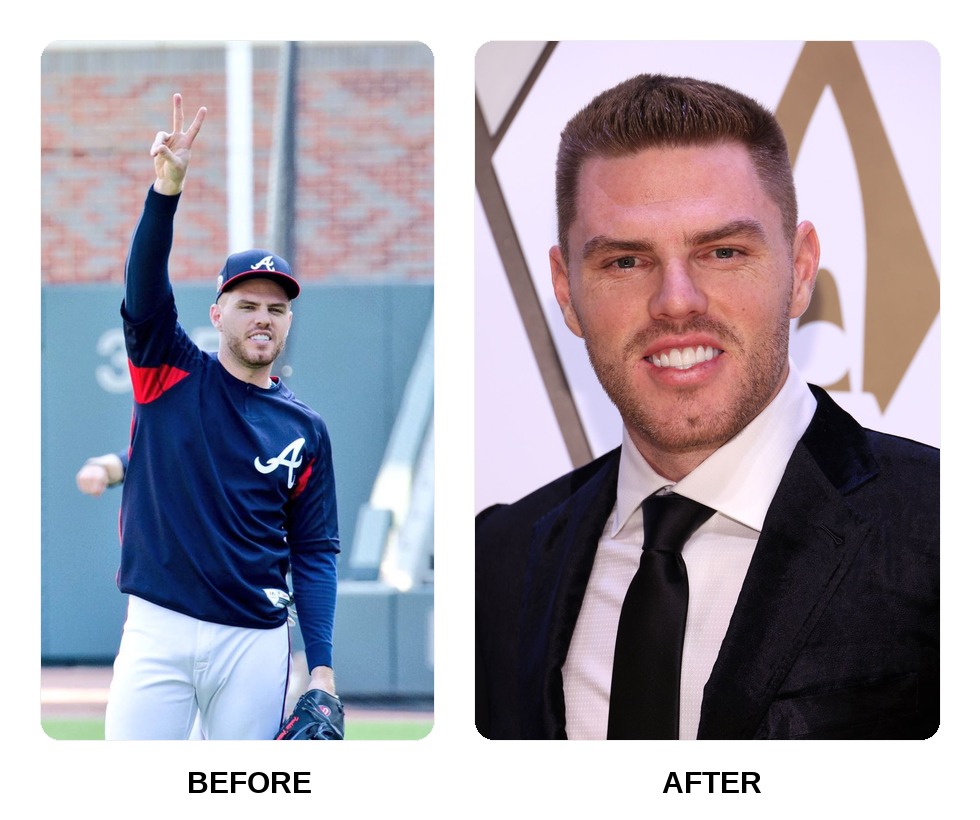
In his youth (before his professional career and early in it), Freddie Freeman’s teeth were natural and a bit imperfect – basically a typical teenage smile with minor crowding and slight coloration. There aren’t extensive public photos of Freddie as a small child, but by the time he was in high school and entering the minor leagues, we have glimpses of his dental appearance. As a youth and teenager:
- His teeth were fully natural, meaning he hadn’t had cosmetic dentistry or braces (as far as known) during his early years. This resulted in some common imperfections. For instance, his upper front teeth were not perfectly aligned; one might have overlapped the other just a touch or angled outward. Friends and family of his youth likely recall a normal, healthy smile but not a movie-star smile.
- He possibly had the usual orthodontic check-ups that many kids do, but there’s no indication he ever had braces or orthodontic treatment in childhood. If he did have braces, typically his early adulthood smile would have been straighter; instead, by his MLB debut, he still showed misalignment. So it’s likely he did not wear braces as a kid, and his youthful dental alignment remained slightly off.
- His dental arch and jaw development in youth seemed normal – he didn’t have extremely crooked teeth or severe bite issues that would have required early intervention. The issues were mild enough to live with at the time.
- Color-wise, like many teenagers, his teeth were a natural off-white. He wasn’t likely doing professional whitening as a teen, so any color unevenness or slight yellowing (especially if he consumed dark sodas or sports drinks) would have been present. There’s also a chance he might have had a couple of cavities filled during youth (a common occurrence), but nothing publicly documented.
By the time Freeman was a young adult entering the MLB (around 19-20 years old in 2009-2010), observers noted that his smile was gap-toothed and slightly crooked – basically carrying forward those youthful imperfections. For example, a 2010 photo shows a bit of space and crowding in his front teeth. These were the same teeth from his youth, just grown in and without orthodontic alteration.
To summarize, young Freddie Freeman’s teeth were typical of someone who hadn’t had cosmetic dental work: a bit uneven but otherwise healthy. There were no dramatic dental issues in his youth, just the kind of minor misalignments many people have. It wasn’t until later, as an adult, that he chose to enhance them. In hindsight, seeing his youthful smile versus now highlights how far cosmetic dentistry took him – from a regular kid’s smile to an All-Star’s grin.
Freddie Freeman teeth before he became famous
Before Freddie Freeman became a famous MLB player, his teeth looked ordinary – with minor misalignment, slight gaps, and a naturally duller color compared to the brilliant smile he has now. Essentially, his pre-fame teeth were the same ones he had in his early career, since he rose to fame quite young (he debuted in MLB at age 20 in 2010). If we define “before he became famous” as his life as a minor leaguer or just as he entered the majors, here’s what we know about his teeth then:
- Alignment & Spacing: They had noticeable spacing in some areas and crowding in others. For example, his top front teeth weren’t all flush next to each other; you could see a tiny gap or two. The lateral incisors (the teeth next to the very front ones) might have been slightly rotated or set a bit back. These features are common if one hasn’t had orthodontic correction. People who met him in high school or early minors might have described his smile as slightly “gapped” or “crooked,” though not in an extreme way.
- Color: His teeth had a cream or light yellowish tint, which is normal untreated enamel coloring. Under bright light, they didn’t gleam the way veneered teeth do. Photos of a young Freddie (for instance, minor league team photos or early Braves media day) show that his smile, while pleasant, lacked the high-wattage brightness we see today. There might have also been a bit of uneven coloration – perhaps one tooth was slightly more stained than another – due to natural factors like thicker enamel or less exposure to staining foods on certain teeth.
- Shape & Condition: Before fame (and before any dental work), his teeth showed the minor wear and tear of everyday life. Edges might not have been perfectly straight – maybe a small chip from childhood sports or just natural grinding. His canines (the pointed teeth) likely had their normal prominent shape, whereas now veneers possibly smoothed them a touch for a more uniform look. Importantly, no gold or silver crowns, no visible dental work – just his own enamel.
- Overall Impression: As a young player not yet concerned with image, his smile was just normal. Team mates and coaches probably never found it noteworthy – it neither detracted significantly nor stood out exceptionally. It was, however, friendly and genuine, reflecting his easygoing personality even back then.
To paint a picture: imagine a college-aged Freddie taking a casual photo – you’d see a tall, smiling guy with teeth that might remind you of any friend’s smile. Only later, around mid-2010s, when his fame grew, did he consider upgrading that smile.
In summary, before he became famous, Freddie Freeman’s teeth were unaltered by cosmetic dentistry – meaning they had the kind of small flaws many people’s teeth have. They served him well, but they weren’t the ultra-polished teeth we associate with celebrities. This makes his subsequent transformation all the more striking, as it truly was a move from an everyman’s smile to a star’s smile.
Does Freddie Freeman have veneers on his teeth?
Yes, Freddie Freeman does have veneers on his teeth – specifically porcelain veneers that he got in late 2015 to enhance his smile. In fact, Freddie himself has confirmed this. During a March 2016 interview with the Atlanta Journal-Constitution, he mentioned coming home from a marathon dental session where he had veneers put on. He joked that he did it because “I like coffee and red wine too much,” implying those habits had stained his teeth and veneers would give him a permanently whiter smile.
What are veneers? Veneers are thin custom-made shells, often made of porcelain, that dentists bond to the front surface of teeth. They are a popular cosmetic solution to fix issues like discoloration, minor crookedness, small gaps, or chips. In Freddie’s case, the veneers served multiple purposes: they whitened his teeth (porcelain veneers are resistant to stains and can be made in a bright shade), straightened his smile (by covering and reshaping teeth to appear aligned), and closed any small gaps.
Reports and fan observations indicate that Freeman’s top front teeth (and perhaps several visible upper teeth) have veneers. If you look at how uniformly shaped and identical his front teeth are now, it’s a typical result of veneers. Natural teeth usually have slight variations, but his have that almost too-perfect consistency that veneers provide. Moreover, the timeline matches: His teeth looked significantly different by 2016-2017, right after the procedure, and have maintained that perfection since – veneers don’t change unless replaced, which explains the lasting improvement.
No official source claims he veneered every single tooth, but typically people veneer the upper front 6-8 teeth for a smile makeover. Those would include the incisors and canines at least. The lowers might have been left natural or whitened since they’re less visible. Regardless, the presence of veneers on the most prominent teeth is evident.
To address precisely: Freddie Freeman does have veneers on his teeth, by his own admission and by visual evidence. These veneers are the primary reason for the dramatic change in his smile’s appearance. They are cosmetic; he didn’t need them for any medical reason, but they gave him the “Hollywood smile” he desired. Fans often suspect veneers when a celebrity’s teeth suddenly look straighter and uniformly white, and in Freddie’s case that suspicion is confirmed true. Veneers have essentially become his secret to maintaining a bright, camera-ready grin despite his penchant for teeth-staining beverages.
(Quick answer: Yes – Freeman got porcelain veneers in 2015, which he confirmed, to improve his teeth.)
Did Freddie Freeman get his teeth done?
Yes, Freddie Freeman “got his teeth done” in the sense that he underwent cosmetic dental procedures – notably the placement of veneers – to improve his smile. In casual terms, getting one’s teeth “done” usually refers to any significant dental cosmetic work, and that certainly applies to Freddie.
Around the 2015 offseason, he decided to enhance his smile, which led to an extensive dental appointment where multiple veneers were applied to his teeth. This procedure effectively resurfaced and reshaped his teeth to fix aesthetic issues. Since then, those veneers have been the cornerstone of his smile’s new look. Additionally, he likely had teeth whitening as part of the process (either before veneer placement to match a whiter shade or on any teeth not covered by veneers).
There is clear before-and-after evidence: prior to 2015, no such dental work was evident, but by 2016 his teeth looked dramatically different. People often use the phrase “got his teeth done” when someone goes from a natural smile to a noticeably enhanced one. In interviews, Freeman acknowledged this change. As mentioned, he spent 7+ hours at the dentist for this makeover, which is definitely not just a routine cleaning – it was a cosmetic overhaul.
It’s worth clarifying that “getting teeth done” does not imply any health issue; it was a personal choice for aesthetic reasons. Freddie did not get dentures or full replacements (he didn’t lose his teeth – he simply upgraded them). The procedures were non-orthodontic, meaning he didn’t go through braces or aligners, but instead chose the quicker cosmetic route.
After getting his teeth done, the maintenance would include regular check-ups on those veneers, occasional whitening touch-ups, and ensuring his gums stay healthy around them. He might also wear a night guard now to protect the veneers from grinding, which is a common post-veneer recommendation, though that’s speculation on standard practice.
In conclusion, Freddie Freeman did get his teeth done – he invested in cosmetic dentistry to achieve the near-perfect smile he has today. The change is noticeable and well-documented, turning his teeth into another aspect of his polished public image. Fans and commentators often reference his shiny smile, which is a direct outcome of the dental work he underwent.
Does Freddie Freeman have gold teeth?
No, Freddie Freeman does not have gold teeth. All of his teeth, as seen in photographs and during games, are natural white (or rather porcelain white, due to veneers) in appearance. He has never been known to sport gold dental work such as gold crowns, gold caps, or a “grill” (removable gold tooth jewelry) in any public setting.
Gold teeth are often associated with either certain fashion statements or with dental restorations from past eras. In Freddie’s case, there’s no indication he ever needed a gold crown for a damaged tooth, and stylistically he’s not someone who has been seen with such adornments. His persona is more classic and professional, and gold teeth would be very out of character for his image.
Looking at his smile before and after his cosmetic dentistry, at no point were any teeth gold or metallic. Even during his early career, while his teeth had imperfections, they were still just normal tooth color (slightly yellowish, perhaps, but not gold). After his smile makeover, his teeth are bright white thanks to veneers, which are made of porcelain, not metal. Porcelain veneers are designed to mimic the look of natural enamel, so again no gold is involved.
Sometimes people ask if a celebrity has gold teeth if they notice a glint or something unusual in a photo. In Freddie’s case, any “glint” is just the shine of white teeth under bright lights. He has won “Gold” in terms of baseball awards (Gold Glove award, etc.), but he hasn’t translated that literally to his dental appearance!
To reinforce: Freeman’s dental enhancements were achieved with porcelain (a ceramic), not gold. Gold teeth would appear as a yellow metallic color if he had them, and he clearly displays a pearly white smile. There have been no media reports or social media sightings of him with any tooth jewelry or gold crowns. Athletes sometimes do playful things like grills (e.g., some NBA players or rappers), but Freddie is not among those. He kept his smile improvements strictly conventional in color.
So, any fan speculation or search query about “Freddie Freeman gold teeth” can be put to rest – he doesn’t have them. His teeth are all white, either naturally or via porcelain covers, aligning with a clean, natural look rather than a flashy gold style.
Does Freddie Freeman have silver teeth?
No, Freddie Freeman does not have silver teeth. Just like with gold teeth, silver teeth would mean some form of metal dental work visible in his mouth, which he does not have. All of Freddie’s visible teeth are white/tooth-colored.
Silver-colored dental work typically refers to amalgam fillings (silver-colored fillings in molars) or silver crowns (often stainless steel crowns, usually seen in children’s teeth or older dental work). Freddie is a grown adult with no known history of displaying silver crowns. If he had large cavities filled with amalgam in his back teeth, they wouldn’t be visible when he smiles since those are on molars, but even so, many people nowadays use tooth-colored fillings. For his front teeth, which are the focus of photos and fan attention, he definitely has no silver; he has veneers which are tooth-colored.
Looking through images of him smiling, you won’t spot any odd grey or silver patches that would indicate metal. Even when he laughs wide, showing some back teeth, nothing stands out as silver. Considering his dental makeover, it’s likely any dental work was updated to porcelain or composite (even if he had old fillings, which we don’t specifically know, many cosmetically conscious patients replace visible metal fillings with composite resin). Given his resources and the comprehensive work he had done, he probably has all-white restorations.
It’s worth noting that sometimes people mention “silver teeth” casually to mean shiny or very bright teeth. Freeman’s teeth are definitely shiny and bright, but they are white, not actually silver-colored. Under bright stadium lights, his teeth can gleam, but not with a metallic tint – it’s a pearly sheen.
In summary, Freddie Freeman has no silver teeth — only natural/enhanced white teeth. He has not been seen with any metallic dental accessories or fillings that show. His approach to improving his smile was through veneers and whitening, which maintain a completely natural tooth color aesthetic. Therefore, any notion of him having “silver teeth” is likely a misunderstanding; his smile might shine, but it shines white, not silver.
Freddie Freeman white teeth
Freddie Freeman’s teeth are notably white, thanks to porcelain veneers and professional whitening that give him a bright, uniform smile. After his dental transformation, one of the first things people comment on is how brilliantly white his teeth are – often described as “movie-star white” or “blindingly white.” This level of whiteness is not typically achievable by genetics alone; it’s the result of cosmetic enhancement.
Key points about his white teeth:
- Veneers Set the Shade: The porcelain veneers Freddie got were likely chosen in a very light shade (commonly, cosmetic dentists use shades like BL1 or BL2 which are whiter than the average natural tooth). Veneers don’t stain easily, so once they were placed, they provided a permanent brightness. Dentists craft veneers to have that perfect white look – bright but with subtle translucency to seem natural. In Freeman’s case, they achieved an exceptionally white but still lifelike tone. His teeth now all match in color, whereas natural teeth can have slight variations. This uniformity in whiteness is a giveaway of veneers and professional work.
- Professional Whitening: It’s almost certain he underwent whitening procedures for any teeth not covered by veneers (and possibly even beforehand to get a baseline shade). Professional teeth whitening can significantly lighten the color of natural enamel. Combined with veneers, this means every tooth that shows in his smile is at peak whiteness. According to a Q&A from Tuko, his teeth appear so white precisely due to those veneers and whitening treatments. The synergy of the two ensures that his smile is camera-ready.
- Maintenance of Whiteness: Even with veneers, Freeman would avoid heavy staining habits to keep everything looking its best. He joked about coffee and red wine being reasons for his veneers; with veneers on, staining is less of an issue, but he’d still want to keep the edges and any natural tooth surfaces clean. He likely uses whitening toothpaste or gets occasional touch-ups. However, porcelain veneers often maintain their color over time better than natural teeth, which is why years after his procedure, his smile is still very white.
- Comparison to Before: If you compare to his pre-2015 teeth, the difference in whiteness is stark. Earlier, his teeth had a normal ivory tone (which, next to bright white veneers, would look yellow). Fans definitely noticed how much “brighter” his smile became post-veneer – it’s one of the reasons speculation about cosmetic dentistry started. Some even quipped that his teeth were almost glowing. On TV broadcasts, white teeth reflect studio lights strongly, which is why they stand out.
To sum up, Freddie Freeman’s white teeth are the product of cosmetic dentistry excellence. Veneers gave him a baseline ultra-white color, and ongoing care keeps them gleaming. They have become part of his polished image. For many people seeking a similar sparkle, dentists point out Freeman’s smile as an example of how whitening and veneers can deliver a superstar smile. The whiteness looks consistent across all his teeth, contributing to that megawatt smile that fans see today.
Freddie Freeman central incisors
Freddie Freeman’s central incisors – the two prominent front teeth – have been transformed from slightly misaligned natural teeth into a perfectly even, symmetrical pair after his dental work. These teeth (the upper center two) are crucial to the appearance of anyone’s smile, and in Freddie’s case, they went from being a minor point of imperfection to a highlight of his smile.
Before veneers: Freddie’s central incisors were not drastically imperfect, but there were subtle issues. It looks like one of the incisors may have been angled or positioned a bit forward/backward relative to the other, or perhaps one was a tiny bit wider/narrower. There might have been a slight gap between them or between one of them and the adjacent lateral incisor. Also, the biting edges of these teeth were not perfectly level – one might have had a slight chip or wear that the other didn’t, causing asymmetry in their length. In older photos, you can see his front teeth had a bit of a “zigzag” line when he smiled, due to those uneven edges and alignment.
After veneers: The central incisors are now like twins – even in length, color, and shape. The veneers corrected any rotation or positional difference by essentially providing a new façade. If one tooth was set back a little originally, the veneer would be made slightly thicker to bring it out to the correct plane. If there was a gap, the veneers could be designed slightly wider to close it. Now, when Freddie smiles, the central incisors form a straight line together at their tips, and both have the same rounded-square shape. They also match in color (a bright white) exactly, with no mottling or spots.
Dentists aiming for a natural look with veneers will often introduce tiny differences to avoid a “too perfect to be real” look – perhaps a slight texture or a subtle difference in edge shape. In Freeman’s case, any such micro-details are not noticeable to the public; what we see is a very uniform result. Some cosmetic dentistry observers have noted that his teeth, including the central incisors, appear slightly larger or more prominent now than before. This can be because veneers added a bit of length or thickness. Indeed, one might say his central incisors are now a bit longer than they were naturally, which is often done to improve smile proportions (showing a proper amount of tooth when smiling).
However, this increase is within normal aesthetic limits – his teeth don’t look overly large for his face. The term “big teeth” has been tossed around jokingly on forums (people saying his teeth look huge or very noticeable), but that’s largely because they are very white and straight, catching attention. In truth, the central incisors likely follow the Golden Proportion commonly used in smile design (roughly 80% width-to-length ratio, etc.), meaning they’re well-proportioned.
One minor detail: some observers, including a cosmetic dentist on social media, pointed out a slight asymmetry in his gum line above those central incisors. This means the height of the gums over each front tooth isn’t perfectly identical – one may show a touch more gum or have a different contour. This is a small thing; it could be natural or due to how the veneers were placed. It doesn’t detract from his smile but is interesting to note that even with veneers, not every detail is 100% mirrored.
In summary, Freddie’s central incisors now look straight, matched, and aesthetically ideal. They anchor his smile’s appearance. Where once they contributed to a bit of quirk in his smile, they now contribute to its polished perfection. This change is a prime example of how veneers can alter the central incisors to greatly improve a smile’s symmetry and appeal.
What happened to Freddie Freeman teeth?
Freddie Freeman’s teeth underwent a subtle yet striking transformation over the years – essentially, he upgraded his natural smile with cosmetic dentistry to achieve an almost perfect set of teeth. In plain terms, what “happened” is that he went from having a normal, imperfect smile to a refined, Hollywood-quality smile, largely thanks to porcelain veneers applied in 2015.
To break it down: Early in his MLB career, Freeman’s teeth had minor misalignment and spacing. This gave him a distinctive but imperfect grin. Fans who look back at old interviews or baseball cards from his rookie days can spot those imperfections (slightly crooked front teeth and not super bright in color). There was nothing wrong medically – his teeth were healthy – but cosmetically, they weren’t what you’d call flawless.
As he became more of a star, it seems Freddie decided to address those imperfections. So, in November 2015, he sat in a dentist’s chair for seven and a half hours and got porcelain veneers on his teeth. That procedure instantly straightened and whitened his smile. Essentially, the veneers covered up the misalignment and any discoloration. By spring training 2016, observers noticed that his smile looked different: whiter, more even. At first, the change was subtle enough that some wondered, “Did Freeman do something to his teeth?” as it wasn’t a completely drastic clownish change, but by a year or two later, the difference was undeniable.
After veneers, his teeth became bright, straight, and uniform – so the “what happened” is: cosmetic dentistry happened. He also likely maintained the new smile with whitening treatments and good dental hygiene. There were no reports of accidents or injuries that caused a change to his teeth; it was an elective improvement.
Fans particularly noticed around 2017 and then when he moved to the Dodgers in 2022, his smile was gleaming on TV broadcasts. It fueled a lot of online chatter – people asking exactly this question (“What happened to his teeth? They look great!”). Some speculated he got “fake teeth,” and in a sense veneers are sometimes colloquially referred to as that, though his real teeth are still underneath. He has confirmed the veneers, so it’s not just speculation or rumor.
In summary, what happened to Freddie Freeman’s teeth is a successful smile makeover. He went from a slightly gapped, off-white smile to a straight and white one by getting veneers in 2015 and continuing with whitening and care. There was no dental trauma or disease – it was a planned cosmetic upgrade that paid off with a noticeably improved appearance. His case is often cited when discussing athletes who improved their smiles off the field, showing that even an All-Star can benefit from a bit of dental enhancement to boost confidence and image.
Did Freddie Freeman wear braces?
No, there is no evidence that Freddie Freeman ever wore braces to straighten his teeth, either in childhood or as an adult. His path to a straight smile was through veneers, not traditional orthodontics. Let’s examine the clues:
- Childhood/Teen years: Typically, if someone had braces as a kid or teen, by the time they reach adulthood their teeth are relatively straight (assuming they wore retainers and maintained the results). In Freddie’s case, when he first appeared in the major leagues, his teeth were not perfectly straight – they had some crowding and gaps. This suggests he did not have comprehensive orthodontic treatment in his younger years, or if he did, the teeth did not stay aligned (which can happen if retainers aren’t used, but that seems less likely here). Most likely, he never had braces during school. It wasn’t uncommon perhaps – not everyone gets braces, especially if their bite function was fine and the misalignment was minor.
- Adulthood: As he grew into an MLB star, if he had decided on orthodontics in his 20s, we would have possibly noticed him wearing braces or clear aligners (like Invisalign) over a season or two. There were no such reports or sightings. Also, braces typically take a year or two to fully straighten teeth. Instead, in Freddie’s case, his teeth appeared to improve quite quickly in the 2015-2016 timeframe, pointing to veneers as the method. Veneers can straighten the appearance of teeth in a matter of weeks (the time to fabricate and place them), whereas braces would have been a slower and highly noticeable process (imagine him playing baseball with brackets on his teeth – something fans and media would have definitely commented on, but that never happened).
- Direct confirmation: In interviews, he has specifically mentioned getting veneers, but he never mentions having had braces. Usually if a public figure had braces, they might mention it in a nostalgic or anecdotal context (“I had braces in high school,” etc.). No such information exists for Freddie in the public domain.
- The result differences: Braces move the actual teeth into new positions. Veneers mask the positions by reshaping the visible parts. The final look can be similar, but veneers often also change color and shape uniformly. Freddie’s post-2015 smile not only got straight – it also got much whiter and uniformly sized, which braces alone wouldn’t do (braces don’t change color or tooth shape). This further indicates veneers were used instead of braces.
It’s always possible he might have had a minor orthodontic tweak (like a retainer or so) that isn’t known, but given how he achieved the big changes cosmetically, braces were likely skipped entirely.
In conclusion, Freddie Freeman did not go the braces route; he corrected his smile without braces by opting for cosmetic dentistry. This is actually a common choice for adults who want faster results or have minor issues – they bypass braces and use veneers or bonding. Freeman’s case exemplifies that: no braces on record, yet a significantly straighter smile thanks to veneers.
(Quick answer: He did not wear braces; he straightened his teeth with veneers instead.)
Are Freddie Freeman teeth asymmetrical?
Currently, Freddie Freeman’s teeth are largely symmetrical in appearance – his cosmetic dental work achieved a very balanced look, whereas before treatment there were some asymmetries (common with natural teeth). Let’s clarify what we mean by asymmetrical in this context. Dental asymmetry could refer to individual teeth not being mirror images (left vs right side), or the smile as a whole not being even.
Before veneers: Yes, there were minor asymmetries. For example, one of his front teeth might have been a bit more rotated or spaced differently than its counterpart. Perhaps one canine tooth was pointier or longer than the other, or one side of his smile showed a slightly different tooth alignment than the other side. These kinds of natural asymmetries are very typical. In Freeman’s case, you could see that one lateral incisor (the tooth next to the front tooth) had a different position than the one on the opposite side. Also, any uneven edges contributed to an asymmetrical look – e.g., if the left front tooth had a chipped corner and the right one didn’t, that’s an asymmetry. The overall impression pre-2015 was that his smile wasn’t perfectly even, which is actually normal for a human smile.
After veneers: The goal of his cosmetic dentistry was to create symmetry and harmony. The veneers were crafted likely in sets (usually you veneer corresponding teeth on left and right to make them match). So his new teeth are very symmetrical in shape and size. The left-right pairs (like the two central incisors, the two lateral incisors, the two canines) are now practically mirror images in terms of length and form. His midline (the line between the two front teeth) aligns well with the center of his face, adding to a symmetric appearance. In essence, when he smiles, it looks very even on both sides.
There may be extremely small residual asymmetries – for instance, one observer noted a slight gum line difference above the front teeth (one side’s gum is a millimeter lower or higher). Another subtle point could be that no dentist will make the two sides absolutely identical because a tiny bit of variation can look more natural. For example, perhaps one front tooth is imperceptibly wider but only a trained eye could tell. However, these are minute and do not affect the overall symmetry that a normal person would notice.
From a frontal view, his smile now has what we’d call bilateral symmetry for all practical purposes. Both sides reflect each other nicely. If you drew a line down the center of his face, the tooth display on each side of that line is very similar. The brightness is uniform (no dark tooth on one side, for example), which also contributes to the sense of symmetry.
Therefore, Freddie Freeman’s teeth are not noticeably asymmetrical after his dental work. They were once a bit asymmetrical (pre-veneers) in alignment and shape, but the veneers corrected those differences. The result is a very balanced smile. No fan today would point out any asymmetry in his teeth, because nothing obvious stands out as uneven. The only slight uneven detail might be at the gum level or the way light hits, but his teeth themselves look matching.
In summary: post-cosmetic treatment, his smile is highly symmetrical. Any lingering asymmetry is minimal and likely only discernible to a dentist’s eye, not to the average fan admiring his grin.
Did Freddie Freeman have dental surgery?
Freddie Freeman did not undergo any major dental surgery for his smile; his improvements came from cosmetic dental procedures (like veneers) rather than surgical intervention. The term “dental surgery” can encompass things like tooth extractions, gum surgery, implants, jaw surgery, etc. In Freddie’s case, none of those dramatic surgical procedures were part of his smile makeover as far as public information indicates.
What he did have was a long dental appointment to get veneers, but veneers are considered a non-surgical cosmetic treatment. The dentist prepped the teeth and placed the veneers, all done under local anesthesia in the dental chair – not an operating room or anything invasive like cutting into gums or jawbone. It’s akin to a very extended dental procedure, but calling it “surgery” isn’t typical. Some might loosely refer to any big dental session as surgery, but technically veneers are a prosthetic procedure, not surgery.
Let’s address possible surgeries one might think of:
- Braces-related jaw surgery: Sometimes, people with severe misalignment undergo orthognathic surgery (jaw surgery) or have teeth extracted to correct crowding. Freddie’s misalignment was minor; he corrected it with veneers, so no jaw surgery was needed. His bite was functional, and he was a professional athlete with no known jaw issues, so that kind of surgery was not in the picture.
- Gum surgery (gingivectomy or gum contouring): Did he have any gum reshaping to even out his gum line when he got veneers? This is possible as a minor in-office procedure (some veneer cases involve a bit of laser gum contouring for symmetry). If he had that, it was very minor – basically sculpting the gum above a tooth or two to make the smile line even. That’s not usually reported as “Freddie had surgery,” and it’s quite routine if done. We don’t have confirmation, but if his dentist did adjust his gum line slightly, it would have been quick and healed easily, and it’s part of cosmetic treatment often.
- Implants or dentures: He clearly didn’t lose teeth, so he never needed implants or dentures (which are surgical to place implants). All his teeth are his originals just enhanced, so no surgery there.
- Trauma-related surgery: No known incident of him injuring his teeth severely. Athletes sometimes get teeth knocked out or cracked and need surgical repair or implants, but we’ve heard nothing of that for Freddie. He’s worn a face guard at times while batting (for ball protection after a facial injury fear), but that was due to a hit-by-pitch to the wrist, not dental.
- Wisdom tooth removal: Many people, including athletes, have their wisdom teeth removed surgically in late teens or early twenties. There’s no specific info on Freddie’s wisdom teeth. If he had them removed, it would have been a routine extraction surgery likely in his youth. But it wasn’t part of his smile change story. It’s tangential, so unless he commented on it, we don’t know. It certainly didn’t affect how his smile looks.
Interestingly, one “surgery” fans sometimes confuse is mentioned in FAQs: Freddie had an ankle surgery in late 2024 (unrelated to teeth). Some queries about “what surgery did Freddie have?” refer to that – a sports injury surgery, not dental. For his teeth, again, the answer is no major dental surgery.
So, to directly answer: Freddie Freeman did not have dental surgery for cosmetic reasons; he improved his smile without surgical procedures. His case was handled with cosmetic dentistry (veneers, etc.) which is generally drill-and-glue, not cut-and-stitch. This approach avoided the need for painful or lengthy recovery that true surgery would entail.
He got the benefits of a surgical-level transformation (in terms of looks) without actual surgery, which is one reason veneers are popular. Unless future information emerges, we can confidently say his stellar smile came without any dental surgical interventions.
What dental procedures has Freddie Freeman undergone?
Freddie Freeman has undergone a few key dental procedures: chiefly the placement of porcelain veneers on his front teeth, as well as teeth whitening treatments. These are the main procedures attributable to his smile transformation. Let’s list and describe them:
- Porcelain Veneers: This is the headline procedure for Freddie. In November 2015, he spent about seven and a half hours in the dental chair getting veneers. Porcelain veneers involved the dentist slightly shaving down the front surface of certain teeth (likely his upper front 6-8 teeth) and then cementing custom-made porcelain shells onto them. This procedure changed the outward appearance of his teeth – correcting shape (making teeth more uniform and properly sized), alignment (covering crooked positioning by creating a new straight facade), and color (the veneers are a brighter shade). It was done likely in one extended session (or two sessions: one for prep and temporary veneers, another for final placement). The result was immediate cosmetic improvement. Veneers are a permanent cosmetic solution (lasting many years, often over a decade before needing replacement). Freddie’s veneers gave him a Hollywood smile virtually overnight, versus braces which would have taken years. This is the cornerstone of his dental work.
- Teeth Whitening: Alongside veneers, Freddie benefited from professional teeth whitening (bleaching). If veneers were placed on his top teeth, his dentist probably whitened any remaining natural teeth (like lower teeth) so that the color matched. Or, possibly prior to veneers, his dentist did a whitening session to see if some improvement could be achieved just by bleaching; then veneers took care of the rest. Professional whitening could be an in-office procedure using a strong peroxide gel and light activation, or a dentist-supervised take-home kit. This procedure would remove stains from coffee, red wine, etc., and bring his natural tooth color to a lighter shade. Even after getting veneers, he might periodically do whitening on the teeth that are not veneered (since veneers don’t discolor but natural teeth can). Whitening is a non-invasive cosmetic procedure, and in his case, it contributed to the uniformly bright white smile he has.
- Cosmetic Tooth Contouring (if any): Though not explicitly stated, sometimes when doing veneers, dentists perform minor enameloplasty (shaping of teeth) or gum contouring. In Freddie’s case, enamel shaping would be part of veneer prep (so yes, he had enamel reduction as part of that procedure). Gum contouring might have been done to even out his gum line above the front teeth. If one tooth had a bit more gum showing, a laser could trim it to match the adjacent tooth’s gum line. This is a minor procedure done under local anesthesia and is part of achieving a perfect smile line. While we don’t have direct confirmation, it’s a plausible part of his veneer procedure. So we can list it as a possible sub-step of the cosmetic process: gingival (gum) contouring to improve symmetry.
- General Dentistry (Routine Care): Aside from cosmetic procedures, Freeman certainly undergoes regular dental care, though that’s not “newsworthy.” This includes dental cleanings (usually every 6 months) to keep his teeth and veneers clean, check-ups to ensure no decay or gum issues (especially important with veneers to check margins), and any necessary small fillings or treatments over the years. We don’t have details on any fillings or such, but like anyone, he may have had a cavity or two filled at some point. If so, those would likely be done with tooth-colored composite fillings, maintaining the aesthetics.
- Protective Gear: Not a procedure per se, but as an athlete with veneers, his dentist likely provided a night guard (occlusal guard) for him to wear during sleep. Veneers need protection from grinding/clenching. Many people grind teeth during stress or at night, and athletes can be prone to clenching. A custom night guard would prevent damage to his veneers. Again, this is standard practice after a veneer procedure.
To clarify what he has not had: There’s no indication of braces (orthodontics), no dental implants, no dentures, no major oral surgeries for teeth. His journey was aesthetic enhancement of what was already there.
In summary, the dental procedures Freddie Freeman has undergone are:
- Porcelain veneer placement on his front teeth (the major smile makeover step).
- Professional teeth whitening to ensure a bright, uniform color.
- Minor contouring of enamel and possibly gums to perfect the shape (as part of veneer treatment).
- Regular dental maintenance (cleanings, etc., and any minor fillings if needed over time).
These procedures combined turned his smile into the standout feature it is today. As a result, fans see a polished set of teeth, which is the product of modern cosmetic dentistry rather than just good luck or orthodontic braces.
In summary, Freddie Freeman’s dental journey exemplifies how cosmetic dentistry (veneers and whitening) can transform an already healthy smile into an exceptionally attractive one. His teeth went from slightly misaligned and stained to straight and brilliantly white, boosting both his image and confidence. This transformation was achieved without braces or extensive surgery – just skillful dental work. Fans curious about his smile can rest assured that the changes were intentional improvements. Freddie’s experience highlights the impact of veneers and professional care in creating a winning smile, showing that even star athletes turn to dental experts for that extra edge in appearance.




